11 things to know before going to Bavaria in Germany

Jul 20, 2023 • 9 min read
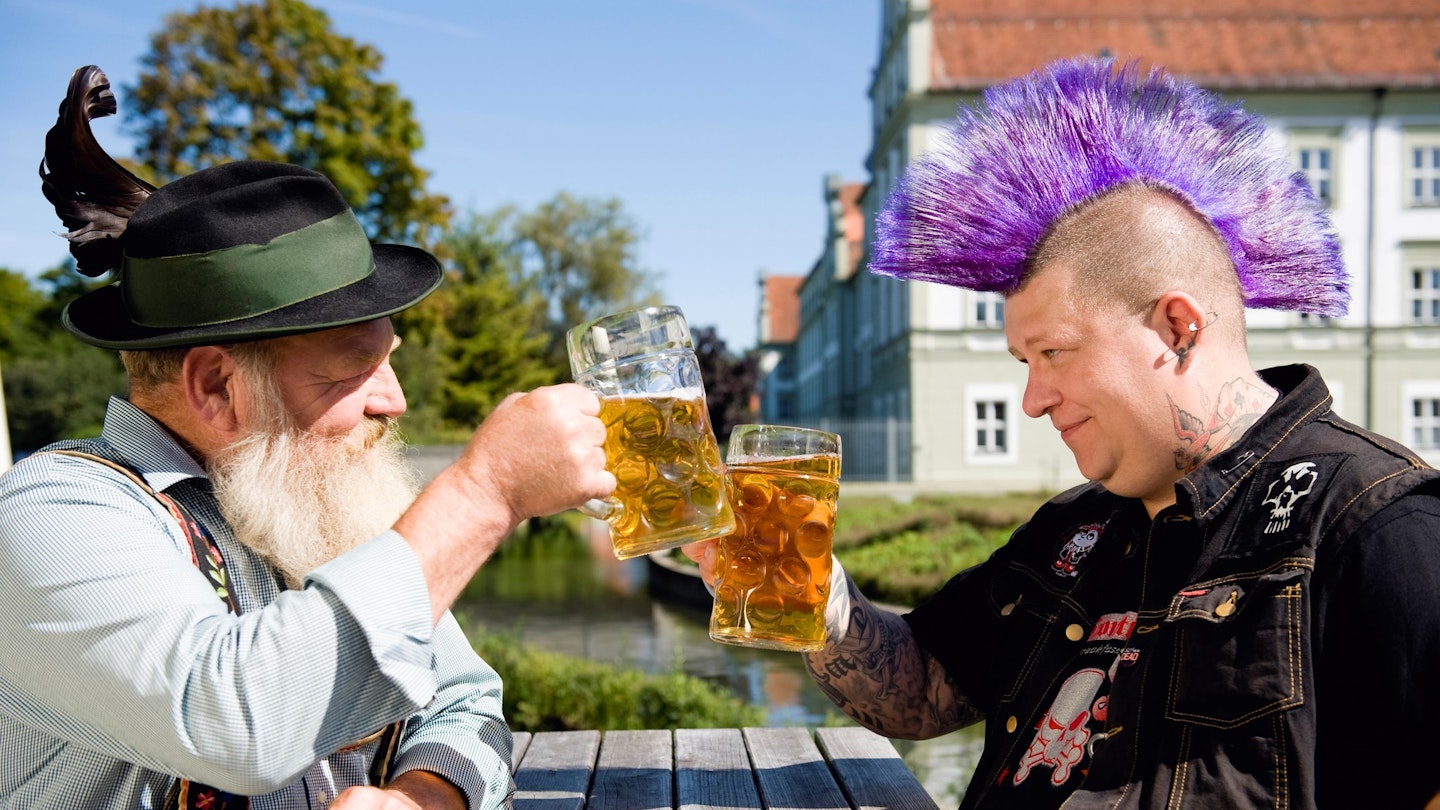
With top tips on safety and local etiquette, here's what you need to know before visiting Bavaria © Westend61 / Getty Images
Picture this: you’ve made it to the top of the mountain after a long hike through the Bavarian Alps .
The trail was like something out of a postcard, with lush green meadows and some friendly cows. But it’s a hot day and even the backs of your knees are sweating. Those last few kilometers were tough, and only the thought of a cold drink at the summit’s alpine hut kept you going. Only when you’re at the hut waiting in line to order do you spot the sign saying, “Cash Only”. You realize you forgot to get cash before starting the climb, and now your reward will have to wait.
In Bavaria, many restaurants and businesses still do not accept credit cards. After four years of living in the southern German state, I’m finally getting into the habit of carrying cash (but only after a disappointing hiking trip ). I’ve learned a few other things during my time here, too.
While fairy-tale castles and beer are certainly part of Bavarian culture, there’s more to the state than the famous stereotypes. The following tips on transportation, local culture and etiquette can help ensure your visit goes smoothly.


1. Nature is accessible and must be respected
Home to the foothills of the Alps, Bavaria is naturally breathtaking. Bavarians are aware of the beautiful landscapes surrounding them, and there is an emphasis on cherishing and spending time in nature. With the mountains at their fingertips, many people plan their weekends and holidays around outdoor activities like hiking , skiing and biking. The lakes are particularly popular in summer.
If you want to get out and enjoy the natural scenery during your visit, it’s very accessible. From almost any train station, you’ll find yellow signs listing hiking trails with the difficulty level and a time estimate. Just remember that Bavarians take care of their natural surroundings, and littering on hiking trails (or elsewhere) is highly frowned upon. Avoid leaving trash behind during your adventures and always respect the nature.
2. Shops close early and are shut on Sundays
Generally speaking, conservative, religious values are upheld in Bavaria more than other parts of Germany. The state values its traditions, which is reflected in a slower pace of life. You may experience this during your visit, especially if you’re here on a Sunday and notice that many shops and businesses are closed. You’ll also be out of luck if you need to go grocery shopping on a Sunday or after 8pm on other days. Additionally, many smaller businesses and restaurants still only accept cash.
3. Bavaria is traditional but also a leader on modern technology
Bavarians may enjoy traditional values in their daily lives, but that doesn’t stop the state from being a leader in industry and innovation. Despite the slower pace of life, especially in the smaller villages, technological progress is palpable, and it’s not uncommon to spot flashy sports cars parked down remote country roads.
As the richest state in Germany, Bavaria is home to a booming economy with many internationally recognizable companies. For example, BMW, Adidas, Siemens and Audi all have their headquarters in the state.

4. Bavaria's many different regions each have their own distinct identity
Bavaria in its current form is relatively new, dating back to 1919. Until this point, the different regions were rather independent with their own culture, traditions, and cuisine.
For example, Franconia , in the northern part of the state, has a history separate from the rest of Bavaria that goes back over 1000 years. Today, many Franconians identify themselves as separate from Bavaria (and many Bavarians identify themselves as separate from the rest of Germany). The region is home to medieval cities like Nuremberg , Bamberg and Würzberg, where there’s a rich wine growing culture dating back to Roman times. You’re more likely to find locals sipping Silvaner white wine than knocking back beer.
In the Swabian region to the west, which includes Füssen , home of the iconic Neuschwanstein castle , there’s also a distinct cultural identity. This area prides itself on rich culinary traditions, which include dishes like Spätzle (egg noodles) and Maultaschen (large meat-filled dumplings).
If you need proof of Bavaria’s regional diversity, just listen to the different dialects. The main dialects spoken are Fränkisch, Schwäbisch and Oberbayerisch in the south. Some Germans even have difficulty understanding the Bavarian dialects.
5. The dining culture is laid-back
You won’t need to worry about reservations in most Bavarian restaurants. While you may have to wait for a table during the busy summer months, most of the time you can simply show up, grab a seat and relax. If you’re in a busy restaurant or beer garden, it’s common to sit down next to other diners if there are empty seats at long tables.
Keep in mind that water and bread are typically not free in restaurants. Bavarians don’t normally drink water in restaurants, and when they do, it’s sparkling water from a bottle. If you don’t want to pay for water, you can try asking for “Leitungswasser” and you may be grudgingly served tap water.

6. Being a vegetarian in Bavaria is challenging
Bavarian cuisine is hearty and delicious, but it can be heavy on the meat and low on the vegetarian options. (The Schweinshaxe , an enormous hunk of roasted pork, is a staple on most menus). While plant-based fare is popular in cities like Munich, it hasn’t quite caught on in smaller villages. Sometimes it can be difficult to be sure you’re ordering a dish without meat. For example, I’ve had a waiter insist that the salad I ordered was vegetarian, and the pieces of ham were just seasoning.
If you’re vegetarian or have other dietary restrictions, it may be difficult to find suitable options on the menu. When in doubt, order the Käsespätzle , a cheesy pasta with onions. If you want a dish with vegetables, your best bet is a veggie stew, potato salad or mushrooms with dumplings.
7. Tipping is customary, but amounts vary
When it comes to tipping, there aren’t strict rules in Bavaria. Although tipping is customary, servers make a living wage and don’t depend on tips. You can generally round up to the nearest €5 or €10 mark, or if that’s a small amount, go for a 10% tip. If paying by card, the staff will typically ask you what tip you would like to leave, and then enter the total amount on the card reader machine directly at the table. It’s also fine to split the bill at the table if you’re part of a larger group of people.
8. The beer culture should be embraced
Yes, there’s truth to the stereotypes, and beer is considered a staple food in Bavaria. Indeed, drinking beer for breakfast with sausage or at work lunches is common. To fit in with locals in the beer garden, remember that you’ll need to clink glasses before sipping your beer, and it’s best to cheers with gusto. The word for “cheers” in German is “Prost” (or “Zum Wohl” if you're drinking wine), and you’ll hear these expressions often in the beer halls.
In addition, Germans insist on making strong eye contact when toasting. While the exact origins of this custom are unknown, it’s said that failing to lock eyes will lead to seven years of bad sex. Whether you believe the superstition or not, it’s best to make like the locals on this one. Another tip to know before you go is that in most beer gardens, you’re allowed to bring in your own food (just not your own drinks).
While drinking in public in Bavaria is legal and socially acceptable, the state has a zero-tolerance policy toward drugs, including marijuana.

9. Oktoberfest isn't the only local beer festival
Bustling beer gardens with overflowing glasses and larger than life pretzels are often the first image that comes to mind when thinking about Bavaria. After all, the region hosts Oktoberfest every year , which is the largest beer festival in the world.
However, Oktoberfest is not the only beer festival in Bavaria. In fact, you can experience a more authentic Bavaria by visiting one of the regional festivals, held from spring to autumn. Whereas Oktoberfest attracts more of an international, tourist crowd with the accompanying high price tags, these smaller folk festivals are where the locals go.
If you really want to take a step back in time, visit Erlangen’s Bergkirchweih , held from late May to early June. You can sip local beer under towering chestnut trees, while enjoying traditional folk music, fairground rides, and an atmosphere steeped in tradition. Expect to see everyone, regardless of age, wearing Tract, the traditional dress. Towns like Rosenheim , Straubing , and Fürth also hold annual festivals that are worth a visit.
10. You can explore the region by train
Public transit in Bavaria is fairly reliable and a great way to get around during your visit. While locals like to complain about Deutsche Bahn (the national rail company), you can generally trust the posted timetables on the DB website and app. If you will be traveling around Bavaria for the day, the Bayern Ticket may be the way to go. This is a day ticket that lets you travel anywhere in the region with unlimited trips for 24 hours, with single and group ticket options available.
To view all of your ticket choices and plan your trips, download the DB Navigator app from Deutsche Bahn. This useful app lets you buy tickets and view updated timetables directly from your phone.
11. Bavaria is the safest state in Germany
With the lowest crime rates in the country, Bavaria is an incredibly safe place. You can walk comfortably alone at night without any problems, and even if you happen to forget your wallet or other valuables at a restaurant, you should be able to get them back easily. While it’s always a good idea to have your wits about you while traveling, Bavaria is one place where you can let your hair down a little in terms of safety.
Bavaria is also very clean. Maybe it’s the high number of trash cans, but the region is surprisingly free of dirt and grime. The water is drinkable everywhere, unless you see a sign reading, “Kein Trinkwasser”.
In case of emergency, dial 110 for the police and 112 for fire and medical assistance.
Explore related stories
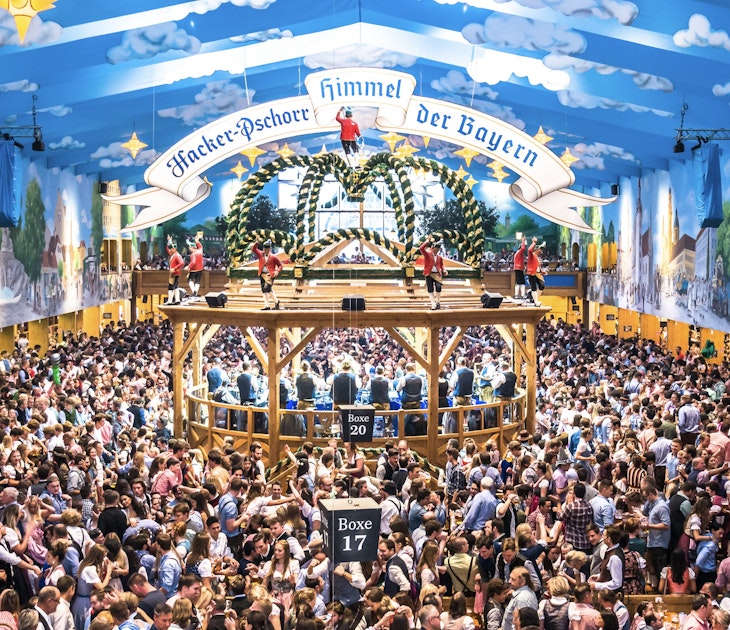
Feb 23, 2024 • 5 min read
As you plan your big trip to Germany this year, don’t sleep our our list of the the top places for scenery, culture, history and (yes) beer.

Jan 30, 2024 • 17 min read
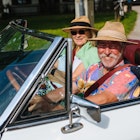
Jul 29, 2023 • 6 min read

Jul 28, 2023 • 3 min read
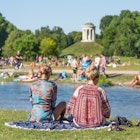
Jul 9, 2023 • 6 min read
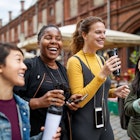
Jul 26, 2022 • 5 min read

Aug 3, 2023 • 4 min read
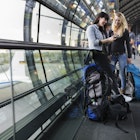
Aug 3, 2023 • 6 min read
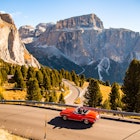
Sep 13, 2022 • 13 min read
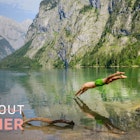
Aug 22, 2022 • 5 min read

Bavaria (Bayern) And The German Alps Travel Guide
This post may contain affiliate links. Read my disclaimer policy.
The southern German state of Bavaria ( Bayern in German) is one of the most popular parts of Germany for travelers to visit. Not only can you visit Munich, the largest city in Bavaria and home of Oktoberfest, you can spend time in the German Alps, drive the Romantic Road and visit picturesque towns and villages along the way, and tour the famous fairytale Neuschwanstein castle – and more! To get you started, click on of our guides below:
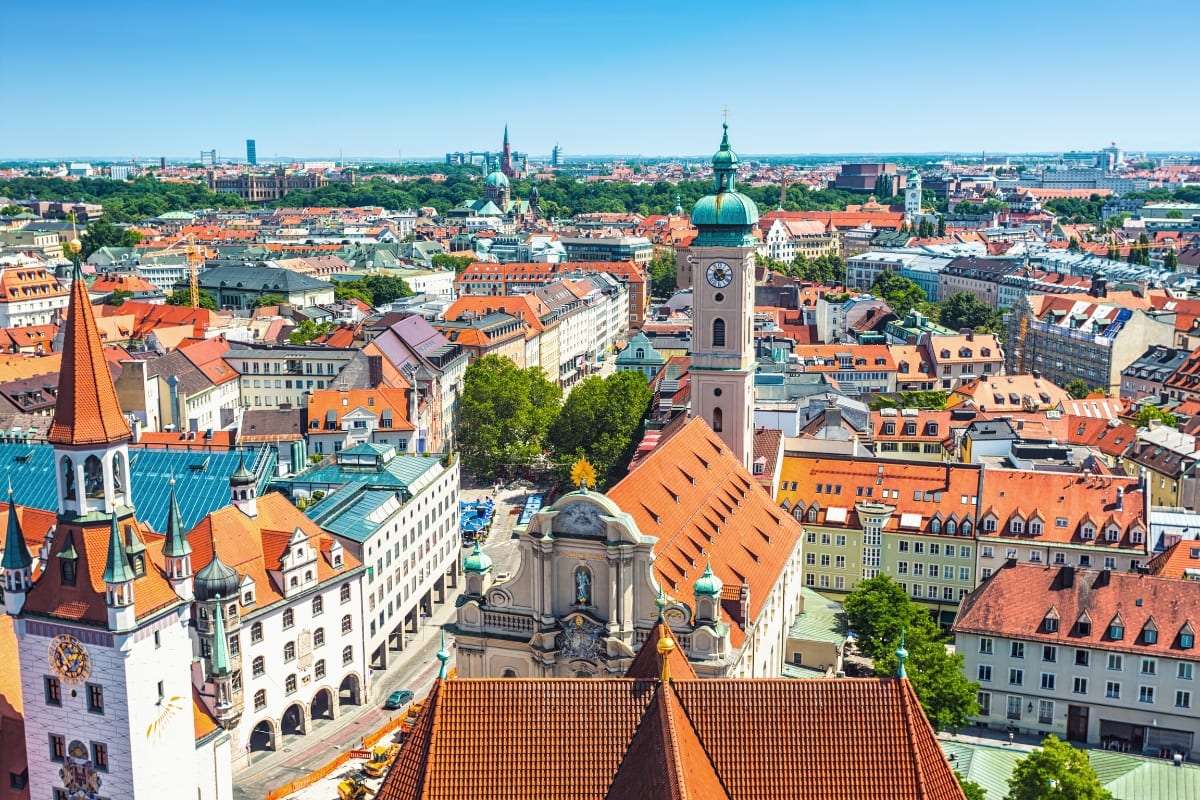
Berchtesgaden
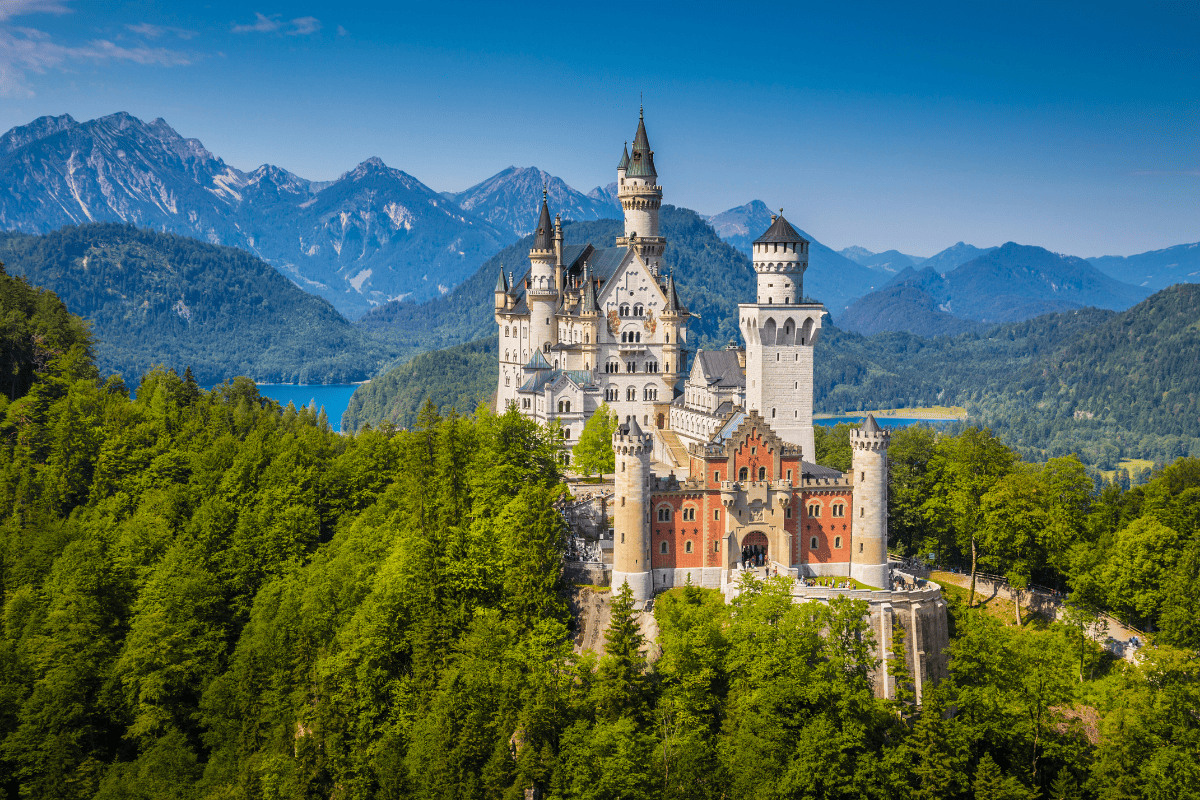
Neuschwanstein
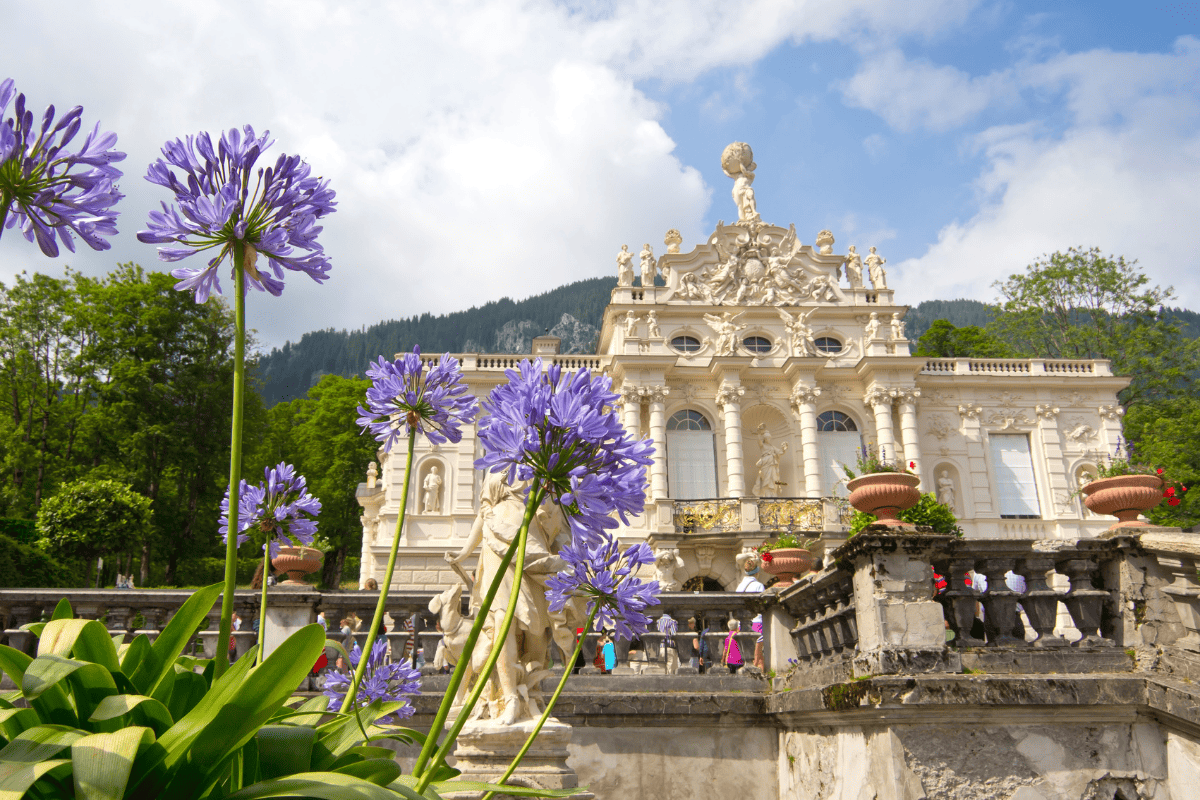
Castles in Bavaria
TIP: if you have our Germany Travel Planner be sure to check out the interactive planning map so you can see where the best sights are located. Seeing where these sights are on the map, along with our up-to-date photos and tips, makes planning your trip SO much easier. If you don’t yet have it, click here to get access.
Where To Stay in Bavaria
You can find all kinds of hotels, B&Bs, guest houses, apartments, and vacation houses throughout Bavaria and in the Alps.
We recommend using Booking because you can easily search for hotels and apartments (and we’ve actually found apartments we’ve found on Airbnb are actually cheaper on Booking!), you can book places without having to pre-pay, and they have a price guarantee.
Plus, it’s SO convenient to have most or all of your reservations in one place, rather than scattered around various website and email inboxes.
Click here for our Munich hotel guide and our Oktoberfest hotel guide !
If you’re looking for an apartment in Bavaria or the Alps, do a search on Booking . We’ve found several great apartments there (less than what we saw on Airbnb for the same apartment) and it’s SO nice to have all hotel and apartment reservations in one place.
Tip: if you have our Germany Travel Planner you’ll find recommended hotels on our interactive planning map. Seeing where these hotels are in relation to the top sights makes it a lot easier to find the perfect place to stay. If you don’t yet have it, click here to get access.
Book your Bavaria or the Alps accommodations in advance! They tend to fill quickly during peak travel times (summer, Christmas, etc) so I recommend seeing what’s open for your travel dates .
Tickets, Tours and Day Trips in Bavaria
One of the best things about visiting Bavaria is that no matter where you go you have endless things to do and countless day trip options. You can plan your own day trips for maximum flexibility or book a guided tour for maximum relaxation and convenience. Here are some ideas to get your planning started.
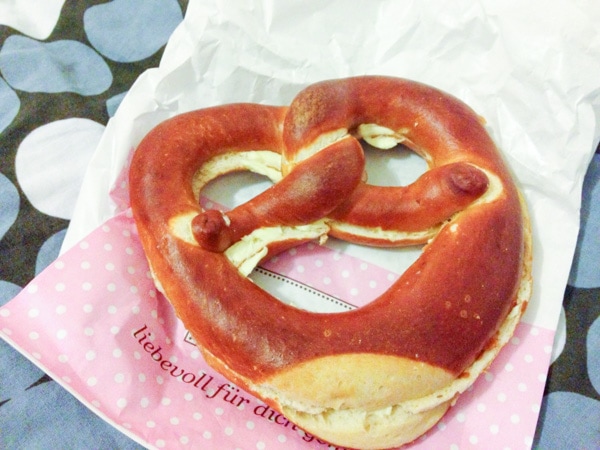
Munich Food Tour
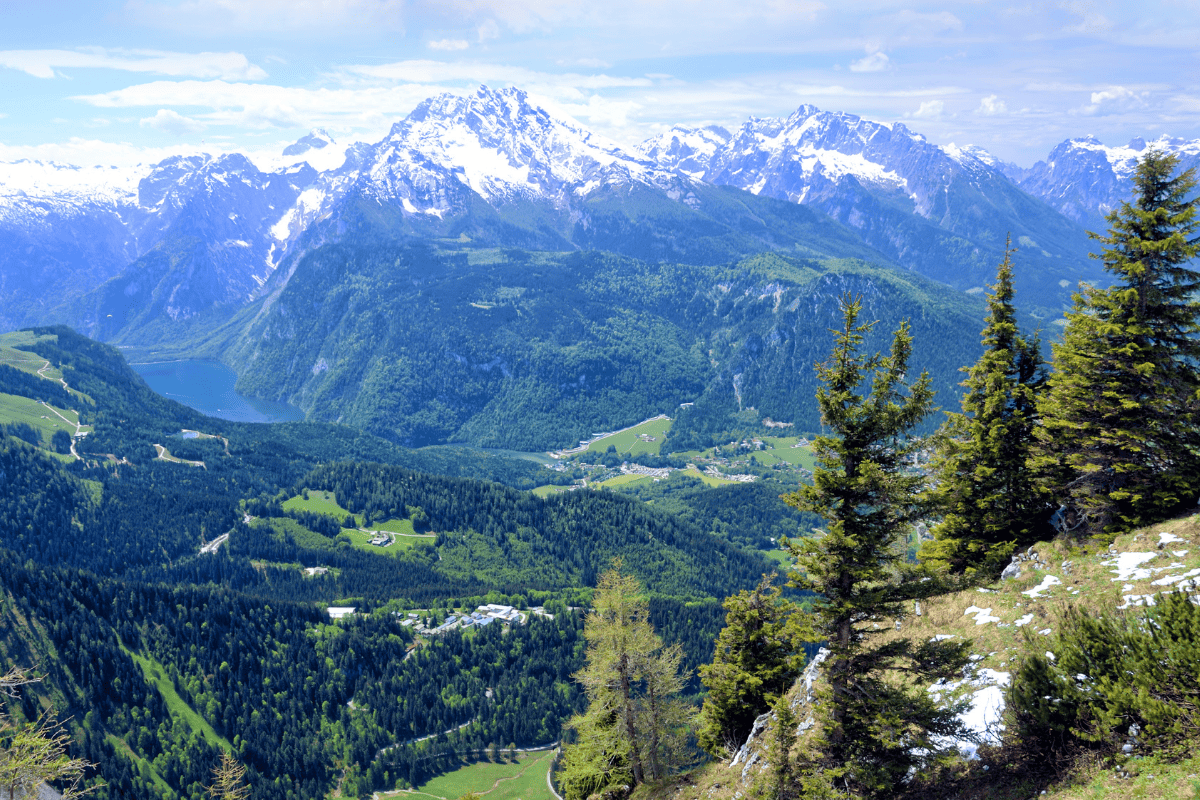
Eagle’s Nest
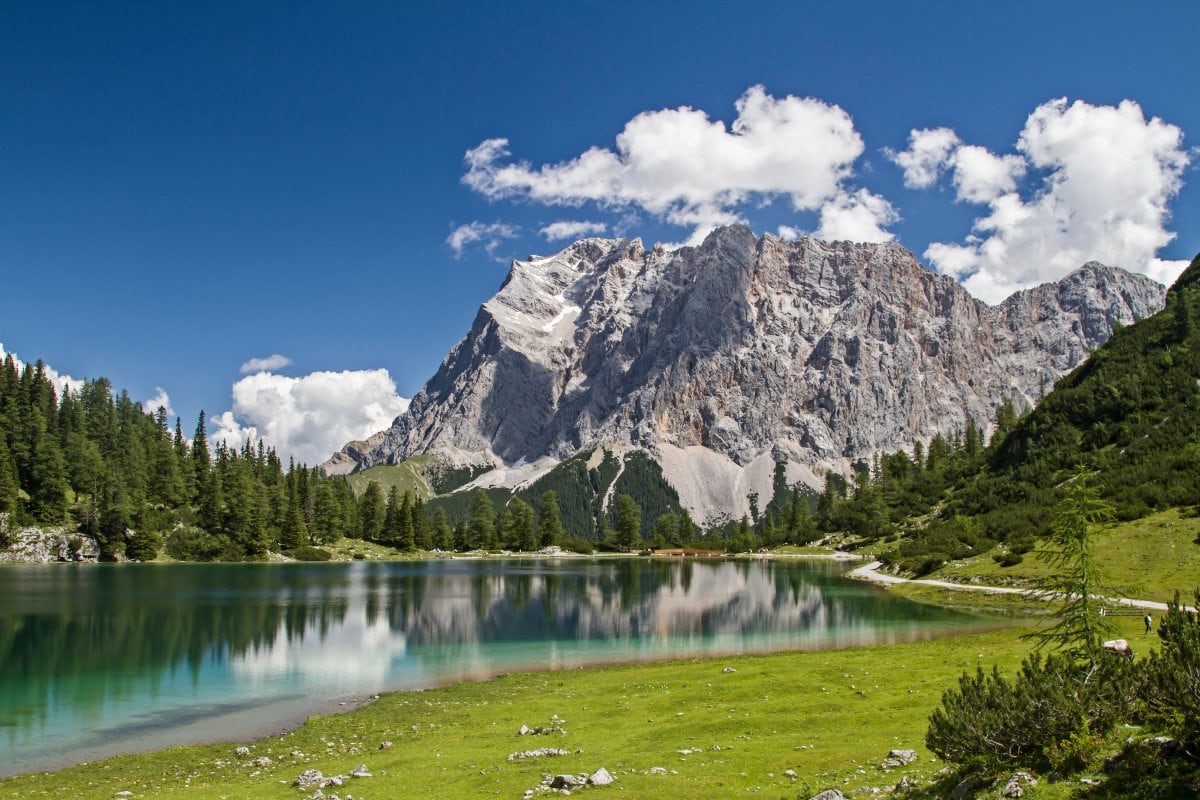
Romantic Road
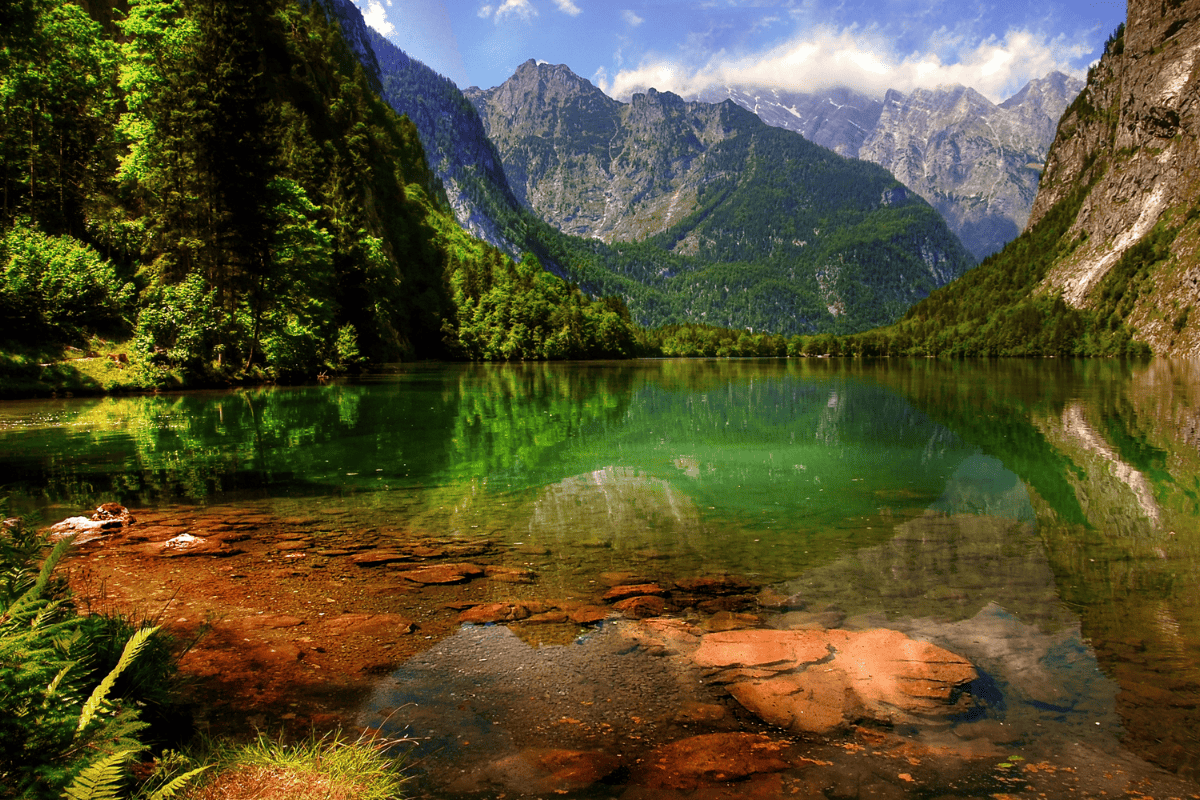
K önigsee
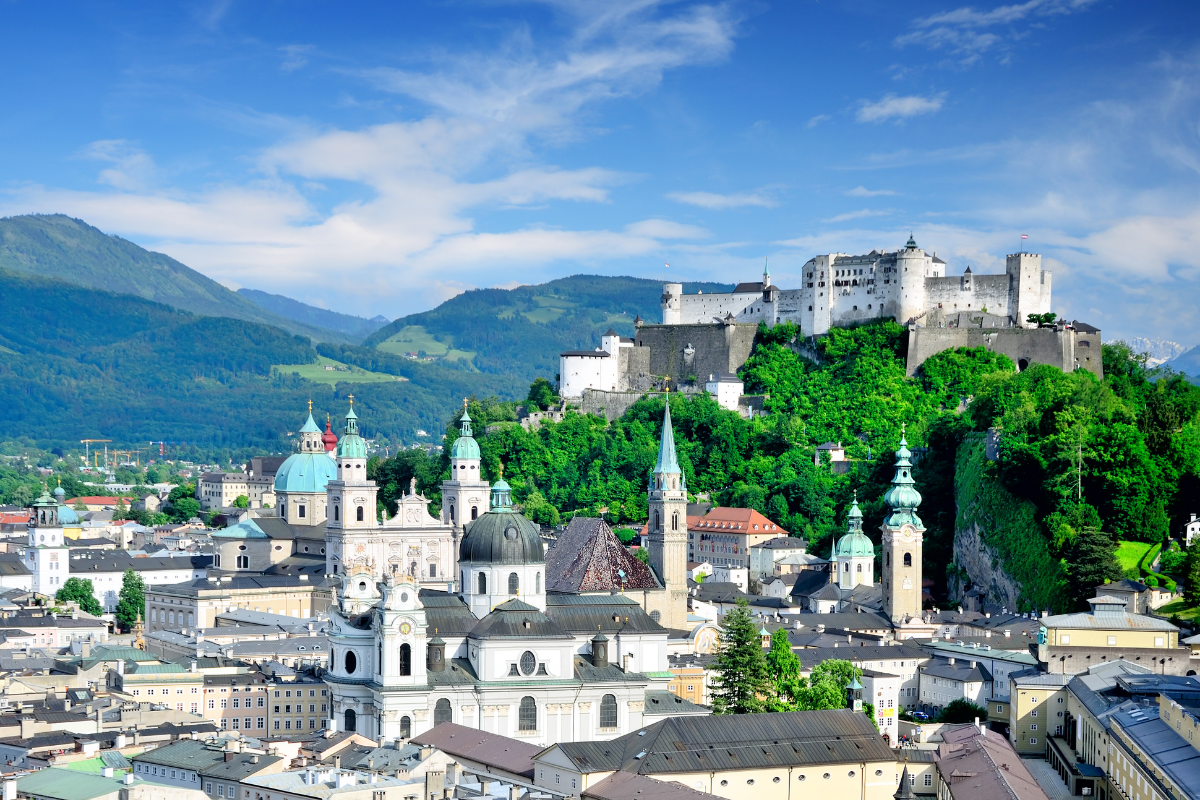
TIP: If you have our Germany Travel Planner/Bundle look at our interactive planning map to see do-able day trips. Seeing the castles, towns, and other must-see sights on the map (along with our photos and up-to-date tips) makes it much easier to decide what to add to your itinerary. If you don’t yet have it, click here to get access.
Going to Munich?
Find the best things to do, places to stay, and more in our Germany Travel Planner/Bundle!
Know Before You Go
Main Airport: Munich International Airport (MUC) Currency: Euro Language: The official language of Germany is German (Deutsch) Time zone: Central European Time (CET / GMT+ 2 / 6 hours ahead of US EST) Germany Visa: tourists from the US, Canada, and several other countries do not need a visa to visit Germany for under 90 days. Germany Electricity Socket: Germany uses different voltage and sockets than in North America, the UK, and other parts of the world. Read our guide to adapters and converters so you can safely use your tech in Germany. Germany SIM card: Read our guide here to SIM cards and other ways to use your phone in Germany. Germany Car Rentals: We find great deals on rental cars here . You can also check out our scenic Germany road trips article here.
Currency: euro Language: the official language of Germany is German (Deutsch) Time zone: Centra European Time (CET / GMT+ 2 / 6 hours ahead of US EST) Germany Visa: tourists from the US, Canada, and several other countries do not need a visa to visit Germany for under 90 days Germany Electricity Socket: Germany uses different voltage and sockets than in North America, the UK, and other parts of the world. Read our guide to adapters and converters so you can safely use your tech in Germany. Germany SIM card: Read our guide here to SIM cards and other ways to use your phone in Germany. Germany Car Rentals: We find great deals on rental cars here . You can also check out our scenic Germany road trips article here.
Bavaria & German Alps FAQs
Where is bavaria located.
Bavaria is in southeastern Germany and borders the countries of Czechia, Austria, Switzerland (barely) – see the map below.
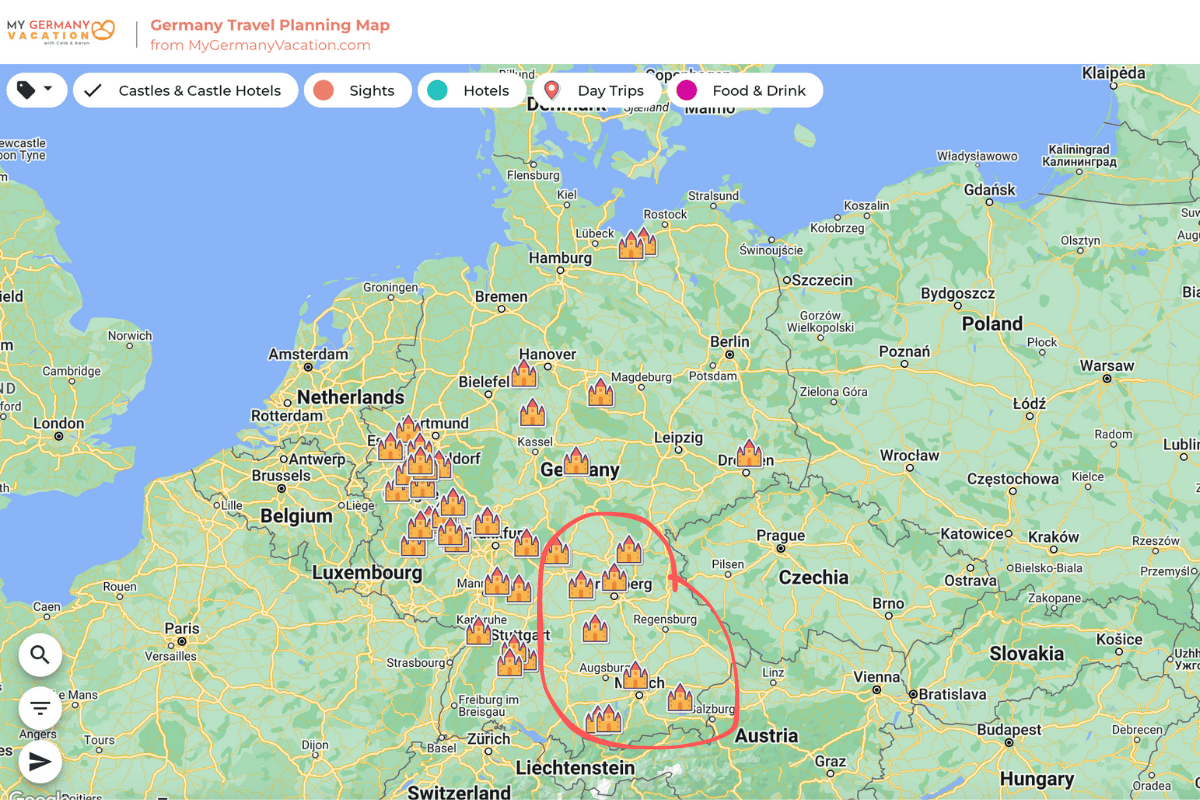
Join our FREE Germany Trip Planning Facebook Group!
Where Are the German Alps Located?
The German Alps are in the southernmost part of Germany in the state of Bavaria along the border with Austria – see the map below.
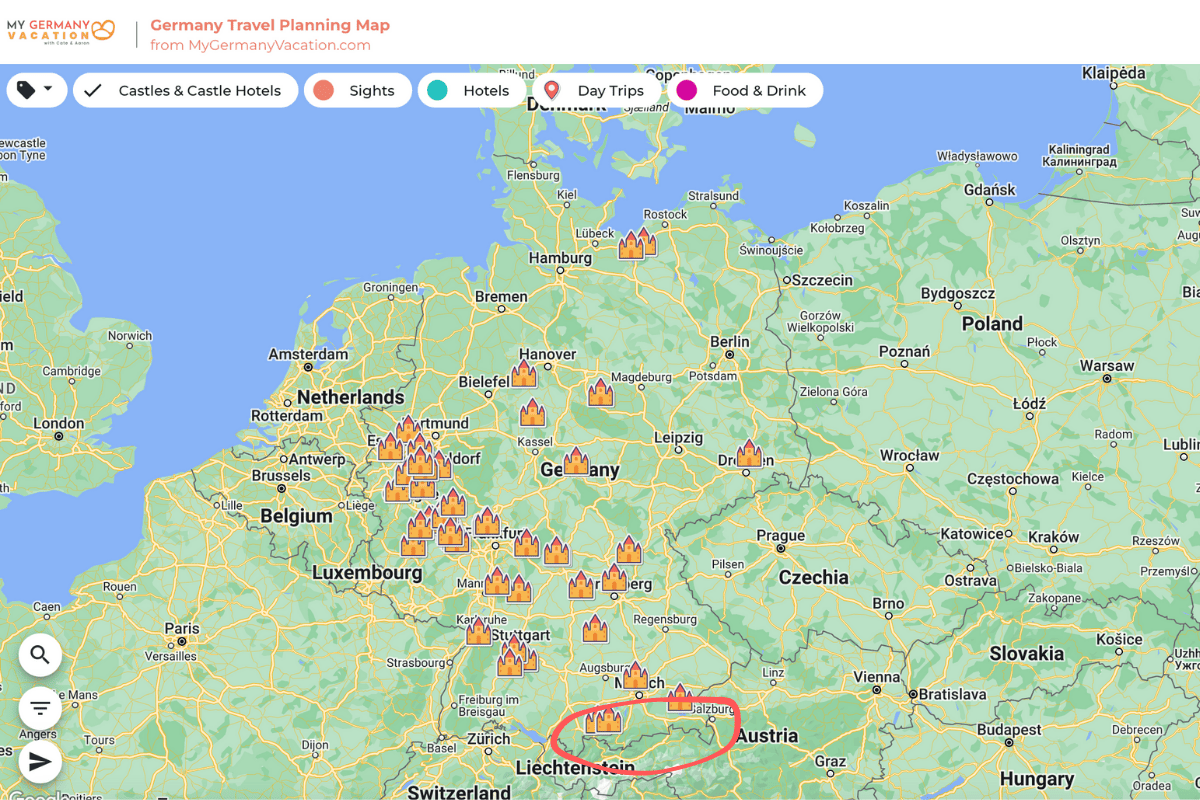
Thinking About Neuschwanstein Castle?
Read our tips for visiting Neuschwanstein castle here!
What’s the Best Time to Visit Bavaria?
Bavaria and the Alps are a popular destination to visit year-round. The best time of year to visit depends on what you’re looking for. For the best weather: If you’re looking for lots of daylight, sunny skies, and hot weather, summer is the best season. The summer months are, however, a popular time to travel to this area, so expect crowds and higher prices. Book hotels , rental cars , train tickets , and guided tours well in advance! Winter is another popular time of year to visit Bavaria and the Alps due to the many beautiful December Christmas markets and winter sport opportunities in the mountains. It can get cold, rainy, and even snowy so pack accordingly. It also gets dark by around 4:30pm in December, and some exhibits and sights have reduced hours or close altogether. The spring and fall seasons are lovely times to visit Bavaria and the Alps because you have more daylight than in the winter but it’s not as hot as in the summer. You’ll likely encounter days with beautiful weather…and probably a few overcast or rainy days as well. Do note that prices rise during Oktoberfest (September to early October) and Munich becomes much more crowded. For the best prices and value: Rest assured, even though prices do go up during the popular summer travel season and Oktoberfest, you can find great deals any time of year if you start planning and booking early enough! If your priority is getting the lowest prices, January, February, and March are your best bets.

How Many Days to Spend in Bavaria and the Alps?
You could spend just a couple days in one city or area as part of your overall Germany trip — or your entire 1-2 week trip.
If you’re aiming for just a taste of Bavaria or the Alps, choose 1 location and add a day trip. For example, Nürnberg with a day trip to Rothernburg ob der Tauber. Or Munich with a day trip to Neuschwanstein castle.
If you’d like to get to know Bavaria in more detail, you could, for example, do a road or train trip around the entire state and include the Romantic Road area, Munich, Neuschwanstein castle, Zugspitze, Berchtesgaden, as well as visits to lakes, hikes, and other fun outdoor activities (or Christmas markets in December).
Is It Safe to Travel in Bavaria and the Alps?
Yes. Traveling in Germany is safe overall. Use everyday common sense and take the usual precautions.
Are Bavaria And The Alps Worth Visiting?
Yes! The Alps are stunning and the state of Bavaria has so much to do and see including vibrant cities, picturesque towns and villages, festivals, local beer, festivals, castles and palaces, lakes, and outdoor activities.
Are Bavaria And The Alps Expensive?
While some parts of this area are popular vacation destinations and prices rise during the peak season or big events (like Oktoberfest), prices are fairly similar to the rest of Germany.
What’s The Closest Airport?
If you plan to visit Bavaria or the German Alps, Munich is the best airport to fly into. From there you can easily and quickly reach all destinations by train or car.
You could , however, also fly in to Frankfurt International Airport, Stuttgart International Airport or Airport Nürnberg.
What’s The Best Way To Get To Your Hotel?
If you’re going from the airport into the nearest city, you can take public transportation, grab a taxi or book a private driver before you leave. We’ve taken all 3 at one time or another. If you want to save money, take public transport.
We do, however, highly recommend booking a private driver who will pick you up at the airport and drive you right to your hotel or apartment. The peace of mind you get with a pre-booked private driver is priceless! Click here to book a private driver.
More Germany Travel Guides
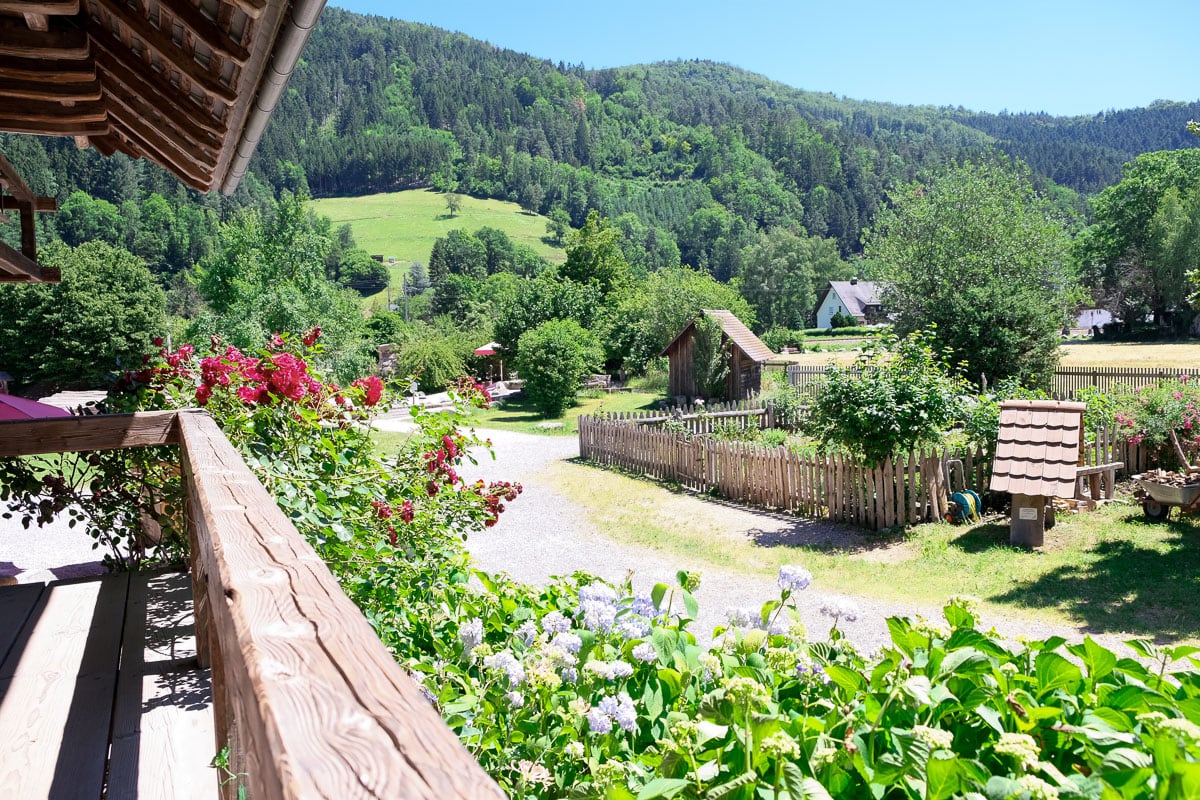
Black Forest Guide
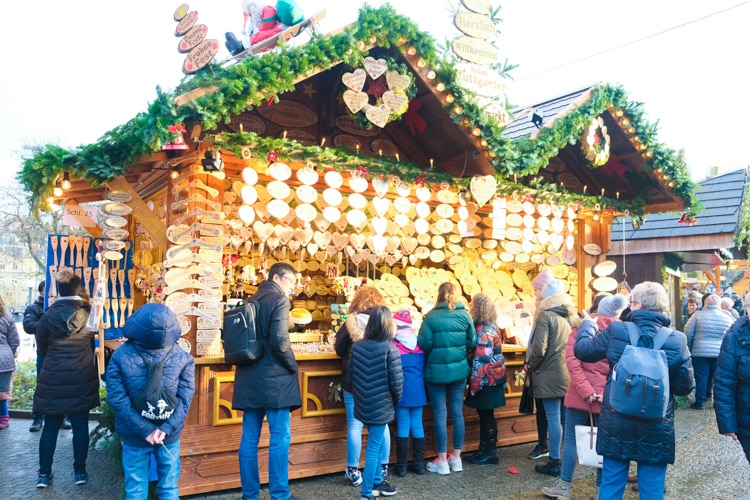
Christmas Markets
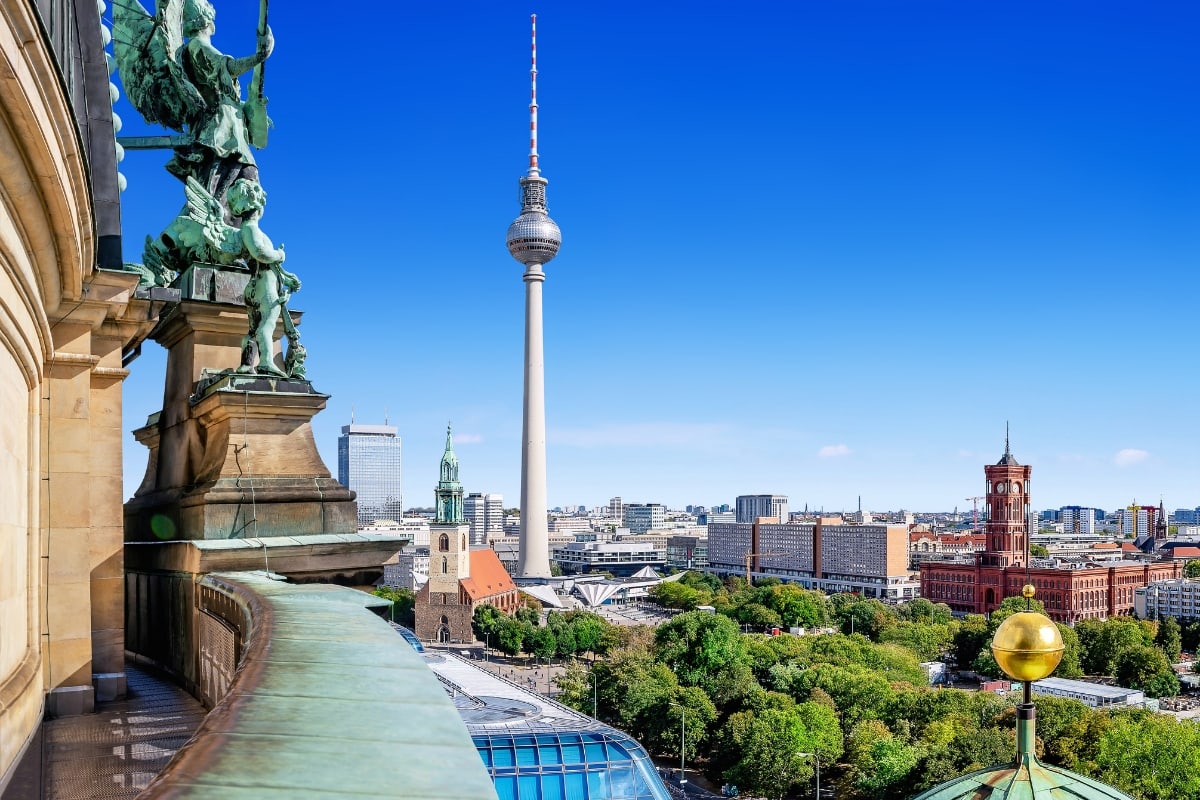
Berlin Guide
Grab our FREE Germany Trip Planning Checklist Now!
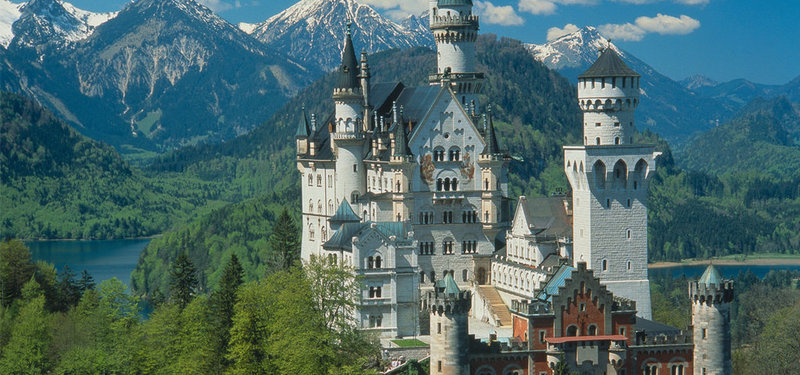
Authentic Bavaria - The Bavaria Tour Specialist!
Our amazing small group tours of Bavaria offer a unique experience with an unusual approach to travel. Our tours are not for everyone. You will mingle with the locals and experience the history and culture up close - it is more than sightseeing. We are very proud of our record of delivering all our guests a memorable experience.
Our tours are frequently centered around festivals like the Munich Oktoberfest, Starkbierfest, or Frühlingsfest. But, winter is a great time to visit Bavaria's famous Christmas Markets - the Christkindlmarkt. No matter when you choose to go, BayernTrips puts together the package and will ensure you experience the depth of Bavarian culture. We take you to world famous cities and sites like Munich, Neuschwanstein, Nuremburg, Rothenburg ob der Tauber, Salzburg, and Vienna. We also visit more hidden treats like Füssen, Ulm, Regensburg, Berchtesgaden, Königsee, Zugspitze, Kloster Andechs and Kloster Ettal. And, you are accompanied by a native English speaker, who lives in Munich, speaks fluent German, and is a Diplom Bier Sommelier.
Some statistics about our guests: Average age of our guests 54 years old. At last count, 32% of our guests had been on more than one previous trip with us! And, be sure to check out our rating at TripAdvisor and our traveler stats , and be sure to look up more references on Linked-In .
Visit our Tour Pages to get a better sense of the variety we offer!
Enjoy Bavaria with an Official Bier Sommelier
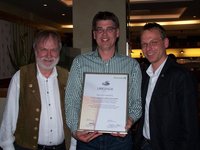
Only the second American to complete the in-depth training required to become an official Diplom Bier-Sommelier, Scott can answer virtually all your beer-related questions. He can also offer detailed tasting events, food pairings with beer and can help you appreciate the full depth and breadth of the beer world. He is member 384 in the professional association, Verband der Diplom-Biersommeliers.
Experience Bavaria with an Insider!
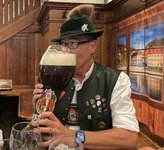
Scott is integrated into Munich life and is the first non-bavarian inducted into the Aventinus Buam, the oldest Stammtisch at Schneider Brauhaus in downtown Munich. With his many close Bavarian friends and his Stammtisch Brothers, "der Scotti" has a network of connections and is the authority on explaining bavarian customs to his overseas guests.

Oktoberfest: Red heart, Ferris wheel, beer mug, & pretzel sums up fun at the Wiesn!

Celebrating New Year‘s Eve the German way! Try out some new traditions this year…... more
2021| Bayerntrips - scott(at)bayerntrips.com

17 Top-Rated Attractions & Things to Do in Bavaria
Written by Barbara Radcliffe Rogers Updated Apr 13, 2023 We may earn a commission from affiliate links ( )
Bavaria, Germany's largest state, lies in the southeast corner of the country and is bordered by Austria and the Czech Republic. One of Germany's most popular tourist destinations , Bavaria is filled with attractions and things to do and offers some of the country's most beautiful scenery, including spectacular mountain peaks, rolling hills, and lovely lakes.
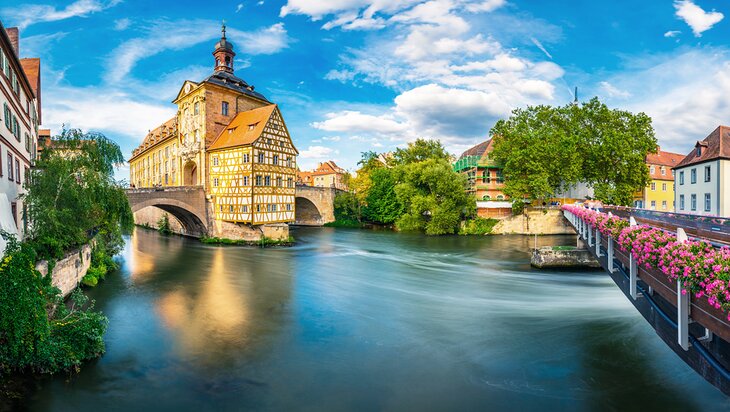
Alpine peaks mark Bavaria's southern border with Austria, and the Danube River winds scenically through its center. Sightseeing is not the only attraction of Germany's largest state: outdoor enthusiasts will find mountain trails to hike, riverside paths to cycle, and superb skiing . Some of the most beautiful towns in Germany are in Bavaria, and the entire area is steeped in history.
The Danube winds scenically through its center. Some of the most beautiful towns in Germany are in Bavaria, and the entire area is steeped in history.
Although Bavaria is one of the most traditional parts of Germany and is filled with romantic castles, grand imperial palaces, and endearing old-world customs, you'll find a lot more variety among its attractions, including a lively contemporary art scene, cutting-edge architecture and design, and state-of-the-art interactive museums.
You could easily spend an entire vacation here. Find the best places to visit with our list of the top attractions and things to do in Bavaria.
1. Neuschwanstein
2. watch the glockenspiel in marienplatz, munich, 3. explore zugspitze and the bavarian alps, 4. nymphenburg and the residenz, munich's royal palaces, 5. tour nürnberg castle and altstadt (old town), 6. relax in the englischer garten (english garden), munich, 7. rothenburg and the romantic road, 8. visit linderhof palace, 9. königssee and kehlsteinhaus (eagle's nest), 10. dachau concentration camp memorial, 11. take a boat to herrenchiemsee, 12. imperial regensburg, 13. bamberg cathedral, 14. hike through the partnach gorge, 15. passau and the danube, 16. art museums in munich's kunstareal district, 17. cruise through the danube gorge from weltenburg abbey, map of attractions & things to do in bavaria.
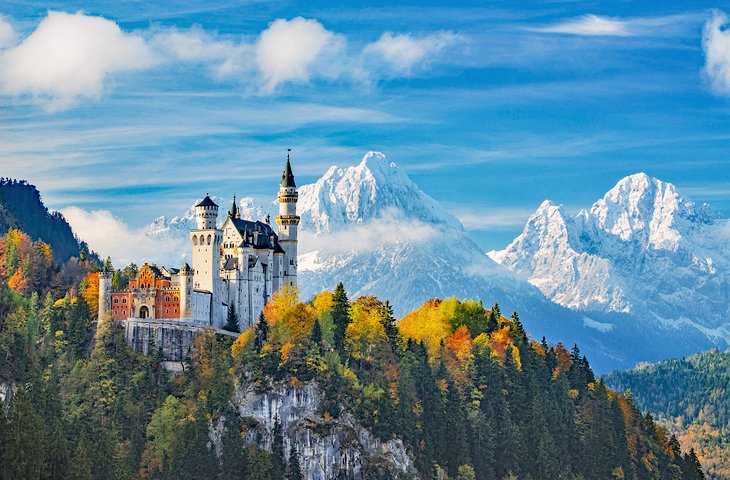
Perhaps "Mad" King Ludwig II was eccentric in his choice of a fairy-tale-inspired neo-Romanesque style for his castle, but his choice of setting was pure genius. The spires and towers rise from a rocky crag above a forest and lake, with a panorama of the Bavarian Alps rising beyond.
Widely recognized as the inspiration for Walt Disney's theme park castles, Schloss Neuschwanstein is every bit as fantastical inside as it is when first viewed from below. The Throne Room, the Singers' Hall, and other grandiose rooms are sumptuously decorated (some might say over-decorated) in themes drawn from heroic legends, opera, and romantic literature. The views of the Alps from the windows are simply breathtaking.
On a facing crag is another castle of the imperial Wittlebach family, Hohenschwangau . Not far away is the king's hunting lodge, Linderhof , an equally fanciful architectural confection. You can combine tours of both King Ludwig's palaces with a stop in the beautiful Bavarian village of Oberammergau on a 10.5-hour Royal Castles of Neuschwanstein and Linderhof Day Tour from Munich .
Address: Neuschwansteinstraße 20, Schwangau
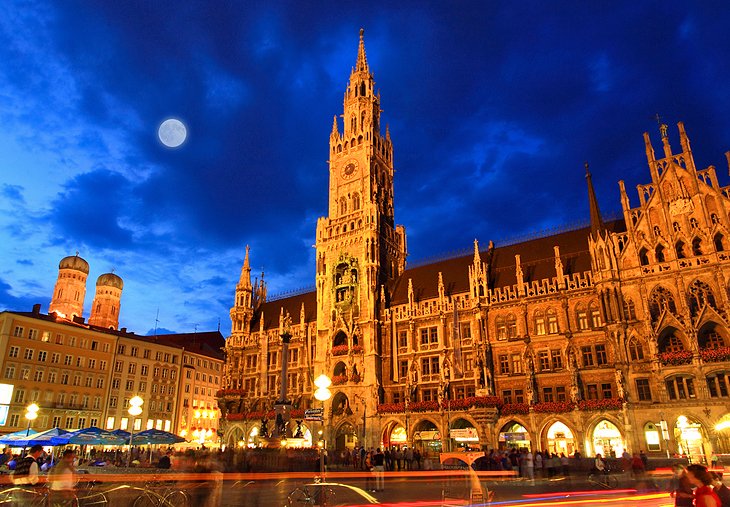
Munich, the capital of Bavaria, is the third largest city in the country and home to many of Germany's top tourist attractions . On the River Isar, along the fringes of the Bavarian Alps, it's one of the best places from which to explore Bavaria. A good place to start is Marienplatz , the city's large central square, one entire side of which is formed by the magnificent neo-Gothic facade of the Neues Rathaus (New Town Hall).
The glockenspiel, a huge clock animated with moving figures, performs every morning at 11am and at 5pm March through October, always drawing a crowd. One end of the immense square is formed by the stair-stepped façade of the Old Town Hall, and behind the other end of the square rises the distinctive twin-domed towers of the Frauenkirche , the Cathedral of our Lady.
A few steps from Marienplatz are two more of the city's most important churches: Peterskirche , built during the Romanesque period, and Michaelskirche , the largest Renaissance church north of the Alps. Marienplatz is the center for many of this always-busy city's cultural activities , from regular concerts and festivals to its fabulous Christmas Market .
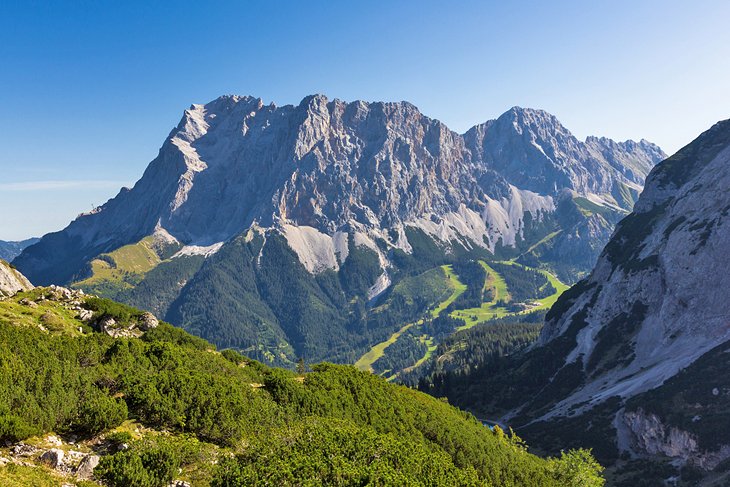
Bavaria's Zugspitze is part of the Wetterstein Alpine mountain range that spans the frontier between Austria and Germany. Surrounded by steep valleys, its 2,962-meter eastern summit is reached by cable car from Eibsee, or by the Bayerische Zugspitzbahn cog railway, a trip that begins in either Eibsee or in Garmisch-Partenkirchen. The cog train takes you to the Zugspitzplatt, from which a short cable car ride reaches the summit.
The mountain, Germany's tallest, is extremely popular among hikers and casual walkers alike, with numerous trails of all levels to choose from (those who want the views without the steep climb can ride up and walk down).
At the Zugspitz-Westgipfel Station is a panoramic restaurant at 2,950 meters. The nearby Schneefernerhaus on the northern edge of the Zugspitzplatt is a popular place for skiers to visit in the winter . The highest skiing area in Germany , it comes alive as winter sports enthusiasts from across Europe arrive for the superb snow and après ski activities.
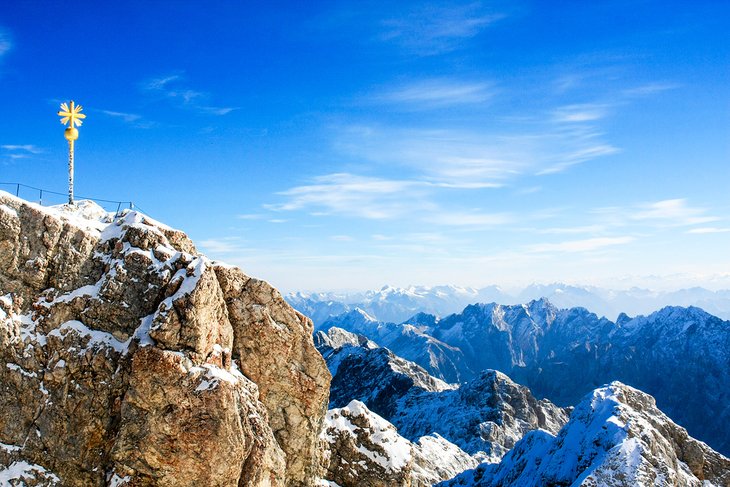
The Bavarian Alps extend south from Munich to the Austrian frontier and from beautiful Lake Constance in the west to the neighborhood of Salzburg in the east.
Reaching heights of almost 3,000 meters, their beauty enhanced by deep glacier-carved valleys and high plateaus with numerous lakes, the Bavarian Alps offer plenty of things to do. Along with winter sports, there are summer excursions of all kinds: forest walks, waterfalls, easy climbs, and gondola rides to spectacular views.
In the countryside, deep in its valleys, lie some of the most beautiful towns in Bavaria. Especially picturesque are the towns of Garmisch-Partenkirchen , Mittenwald, and Berchtesgaden , with their colorful painted houses and Baroque parish churches.
On a Zugspitze Day Tour from Munich , you can travel through the Bavarian countryside in an air-conditioned vehicle with a guide and take the cable car to the top of Zugspitze, riding back down on the cog railway.
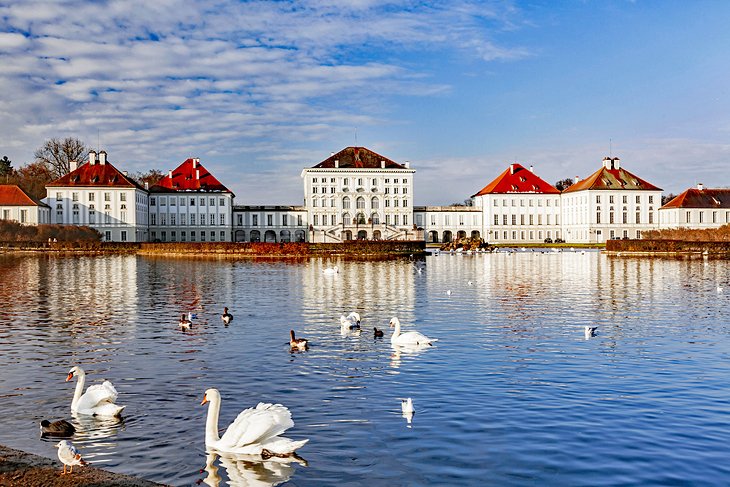
The Munich Residenz , the seat of the dukes, electors, and kings of Bavaria for centuries, is one of Europe's most spectacular palaces. In the summer, the royal family moved to their airy country palace of Nymphenburg, surrounded by magnificent gardens.
The vast in-town Residenz complex encloses seven large courtyards and has three main sections: the late Renaissance Alte Residenz ; the Königsbau ; and the Festsaalbau (Banqueting Hall), overlooking the Hofgarten . The magnificent 16 th -century Antiquarium is now part of the Residenz Museum . Highlights to visit here include the Treasury, the Court Church of All Saints (Allerheiligen-Hofkirche), and Cuvilliés-Theater, along with the old courtyards and the beautiful Court Garden.
There's a much different atmosphere at the later Baroque palace of Nymphenburg , which seems to float above its canal, gardens, and fountain-splashed pools. In the 17 th -century Central Pavilion , built in the style of an Italian villa, you'll find the lavishly decorated three-story Stone Hall (Steinerner Saal) and furnished private chambers.
In the outer buildings, you can visit the Palace Chapel and a collection of state coaches and carriages in the Marstallmuseum . For many, the highlights of Nymphenburg are its magnificent 17th-century gardens, with its formal bed, hedge maze, Palm House, and fountains, and the Amalienburg , a grand hunting lodge featuring a Hall of Mirrors.
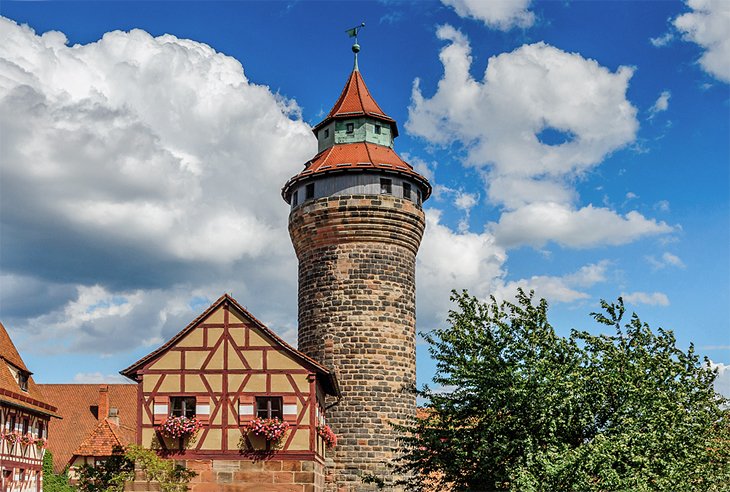
Although badly damaged in World War II, Nürnberg's historic Altstadt has been painstakingly restored to its prewar condition. Enclosed by more than four kilometers of walls that date from the 12 th to the 16 th century, the Old Town is dominated by Nuremberg Castle , a 351-meter-tall fortification that's among the most important surviving medieval fortresses in Europe.
Home of German kings and emperors for more than 500 years, Nürnberger Burg contains several historic structures to visit: the 15 th -century imperial stables, the Pentagonal Tower dating from 1040, the 11 th -century Kaiserburg, a 13 th -century chapel, the Well House, and the Sinwell Tower with panoramic views over the steep gabled rooftops of the Old Town. The Imperial Castle Museum displays medieval weapons and armor.
Just beneath the castle is the half-timbered Albrecht Dürer House , a museum dedicated to the artist and his work. Other highlights of the Old Town are the Hauptmarkt , site of Nuremberg's famous Christmas Market (Nürnberg Christkindlesmarkt) and the 14th-century Gothic church of St. Lawrence (St. Lorenz, or Lorenzkirche), with its nine-meter rose window.
Those with an interest in World War II history can join the four-hour Nuremberg Old Town and Nazi Party Rally Grounds Walking Tour , with an experienced local guide, for an in-depth view of the city's long history. You will tour sites from the days of the Holy Roman Empire, the Renaissance, and the Third Reich, with a visit to Nazi Party Rally Grounds.
Address: Auf der Burg 13, Nürnberg
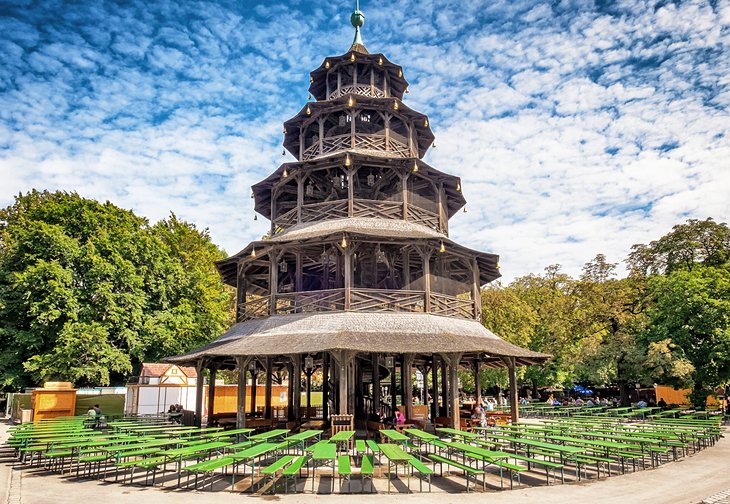
One of the most popular places to go in Munich, for both locals and tourists, the English Garden attracts walkers, joggers, and cyclists with 78 kilometers of pathways and bridle paths, and sunbathers with acres of lawn and riverbanks. A good place to visit for families, the gardens have playgrounds and plenty of places to run.
The Chinesischen Turm (Chinese Tower), a 25-meter-tall pagoda, has a café and is always a hub of activity - especially in December when it hosts one of the city's several Christmas markets.
The park's newest feature is the Japanese Garden , on an island of its own, complete with an authentic teahouse presented to the city in honor of the 1772 Olympics. The park also contains the Bavarian National Museum , with medieval German sculptures and tapestries, and the Bavarian State Archaeological Collection of local prehistoric artifacts.
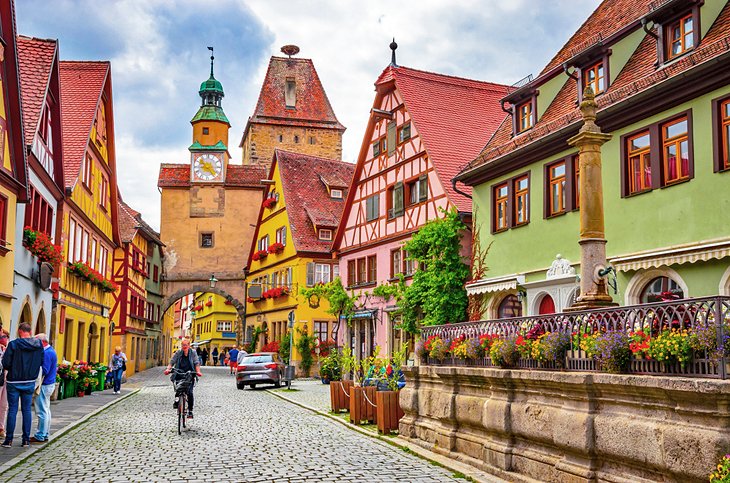
The three medieval walled towns of Rothenburg-ob-der-Tauber, Dinkelsbühl, and Nördlingen are highlights of the Romantic Road , a driving route that scenically through the rolling countryside of Bavaria and northern Baden-Württemberg. Rothenburg is one of the best-preserved medieval towns anywhere in Europe, its postcard-perfect streets lined by half-timbered houses, and its shops and cafes marked by intricately crafted wrought-iron signs.
Walls enclose the Old Town and seem to hold it from tumbling down into the Tauber River below. It's December all year-round at the town's most famous shop, Käthe Wohlfahrt's Christmas Village, just off the Market Square.
Dinkelsbühl owes its prosperity to the wool trade of the 15th and 16th centuries, when the row of gabled houses on the Weinmarkt was constructed. Look especially for the ornate wooden trim on the Deutsches Haus and for the 16th-century patrician Hezelhof.
Each July, Dinkelsbühl celebrates Kinderzeche, one of Germany's most colorful traditional festivals. The 10.5-hour Romantic Road, Rothenburg, and Harburg Day Tour from Munich follows this picturesque route, stopping at Harburg Castle before arriving in Rothenburg.
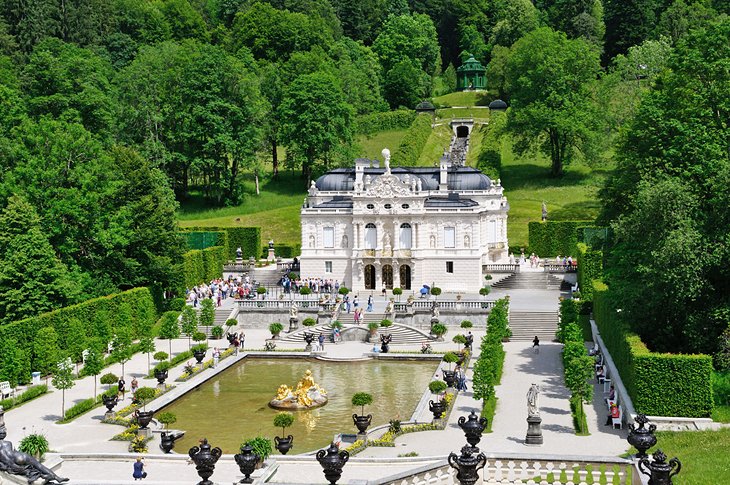
Linderhof Palace was King Ludwig II's favorite, and it's easy to see why. Although it glitters with lavish ornamentation, its size and its setting amid cool green forests give it an intimate and livable quality. On a tour, you'll see the Hall of Mirrors , the Audience Chamber that Ludwig used as a study, the two tapestry Chambers, the King's Bedchamber, and the Dining Room. On the required guided tour, you'll hear stories about this eccentric king.
A tour is also required for the Venus Grotto , Ludwig's fantastic man-made cavern, but you can explore the lovely gardens and grounds on your own, where you'll find both landscape and formal gardens, fountains and pools, and the Moorish Pavilion .
Address: Linderhof 12, Ettal
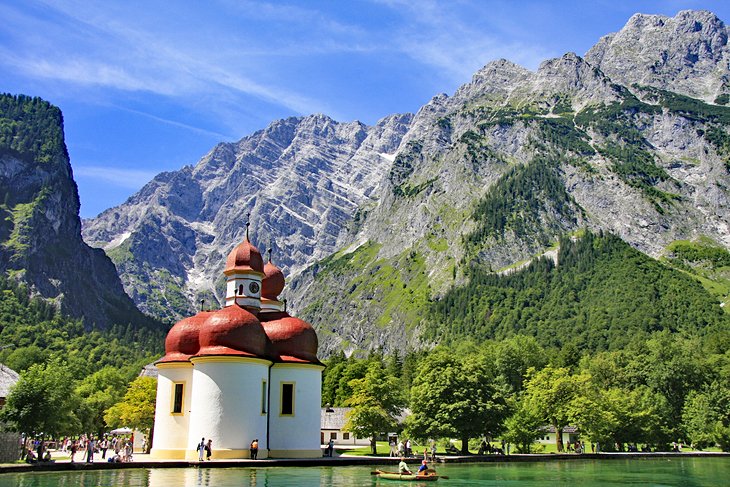
One of the most beautiful spots in Bavaria is the emerald green Königssee, a lake surrounded by steep wooded mountainsides and the rocky cliffs of the Watzmann range. On its shore, the distinctive red domes of the little pilgrimage church of St. Bartholomew reflect in its clear waters. The church dates to 1697, and inside is beautiful stucco work. You can reach it by boat from Schönau, and a footpath leads along the east shore of the lake for superb views of the church and lake from the Malerwinkel .
Nearby Berchtesgaden is one of the most popular resort towns in the Bavarian Alps, surrounded by mountains — the Hoher Göll, Watzmann, Hochkalter, and Untersberg. You can't drive the 6.5-kilometer-long Kehlsteinstrasse, the steep road to the infamous symbol of power of the Nazi regime known as the Eagle's Nest .
Instead, you can ride the gleaming brass elevator through the mountain; like the mountaintop Kehlsteinhaus itself, it was built to impress. In fact, Hitler was rarely there, and today it has only a few original features, but it's still a grim reminder of the horrors of that era of unbridled power. Inside is a restaurant with panoramic views of the Alps.
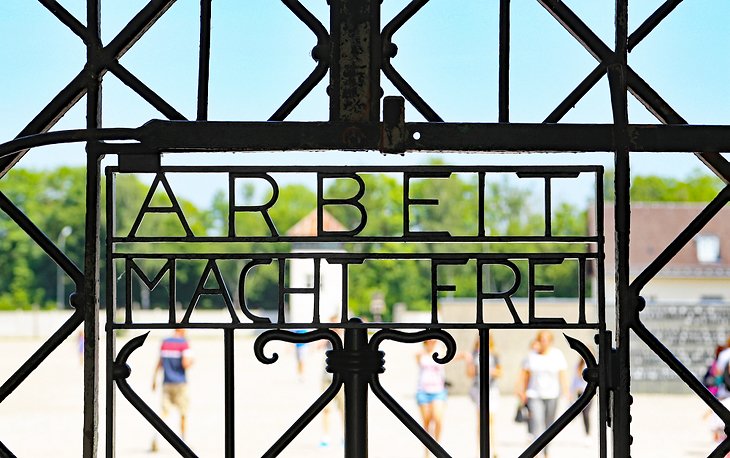
Before World War II and the Nazi era, the little town of Dachau was known for its castle and as a plein air artists' colony. Today, the attractive town's name is almost synonymous with the Holocaust, as the site of the notorious Dachau concentration camp , where 41,000 people died during the Nazi regime.
The KZ-Gedenkstätte Dachau is now a somber memorial to those victims and to countless others like them. Barracks and cells have been reconstructed, and the stories of its prisoners are told through photographs, personal accounts, artifacts, and documents. Guided tours in English are offered daily, or you can visit with a knowledgeable guide to interpret the site, on a Dachau Concentration Camp Memorial Site Tour from Munich by Train .
Address: Pater-Roth-Str. 2a, Dachau
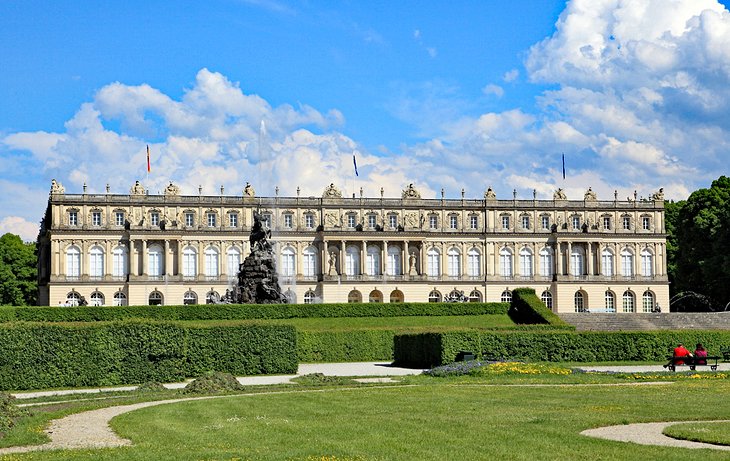
King Ludwig II of Bavaria chose an island in Chiemsee, Bavaria's largest lake, as the site of his third and largest palace, Herrenchiemsee . He envisioned it as a rival to Versailles in its grandeur and splendor, even to the Hall of Mirrors , but it was only partially completed when he was drowned near Neuschwanstein, at the age of 40.
Much of the palace had been completed as he envisioned it, including the Hall of Mirrors; State Staircase; State Bedroom; and Ludwig's Small Apartment, decorated sumptuously in the Rococo style. The King Ludwig II Museum displays artifacts and furnishings connected to his life, and the surrounding gardens, also patterned after Versailles, are decorated with fountains and statues. You can reach the island by boat from Prien or Stock. Guided tours of the palace, the only way you can see it, are available in English.
On the smaller Frauenchiemsee island is a monastery founded in the 8 th century and extended in the 12 th and 13 th centuries. Parts of the original remain, and the present church dates at least from the 11 th century. That island is the scene of a charming Christmas market each December, featuring fine handmade gifts and decorations.
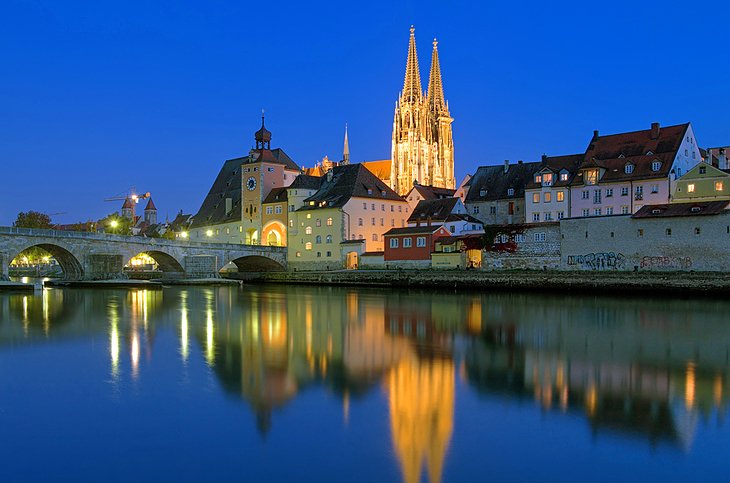
The old imperial city of Regensburg lies at the most northerly point of the Danube, joined here by the River Regen and navigable all the way to the Black Sea. The town's medieval Old Town, made up of churches and aristocratic homes from the 13th and 14th centuries, is a UNESCO World Heritage Site . Crossing the Danube, the 310-meter-long Stone Bridge , was built in the 12th century and is a masterpiece of medieval engineering,
The 13th-century Cathedral of St. Peter in Domplatz, the city's central square, is considered to be the finest Gothic church in Bavaria, with a magnificent west front and delicate twin spires marking the city's skyline at 105 meters high. Highlights of the interior are the superb 14th-century stained glass and the figures of the Annunciation from 1280.
Romanesque All Saints Chapel , off the beautiful 14th-century cloister, features wall paintings, and St. Stephen's Chapel predates the cathedral, dating back to AD 800. The cathedral is known for its boys' choir, the Domspatzen, one of Europe's finest.
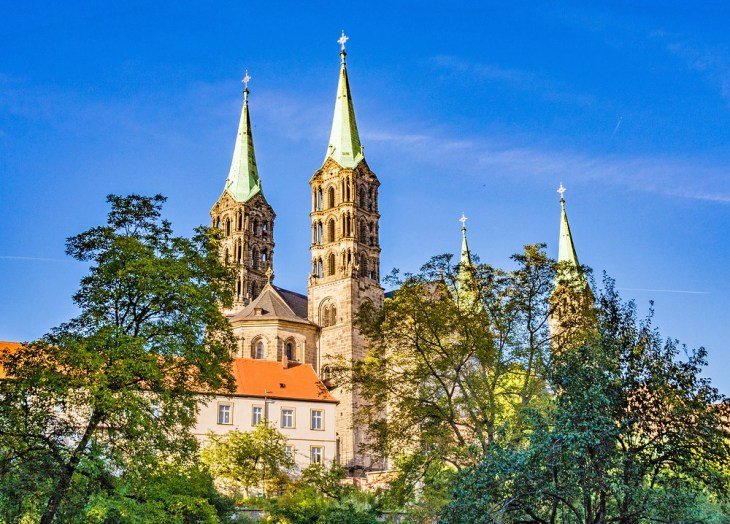
Bamberg Cathedral — affectionately referred to by locals as Domberg — lies high atop a hill overlooking one of Bavaria's most picturesque small cities. This four-towered masterpiece of early 13th-century ecclesiastical architecture includes the Fürstentor (Prince's Doorway), with its figures of apostles and prophets, and a relief of the Last Judgment.
Be sure to see the Adamspforte (Adam's Doorway) along with the Marienpforte (Virgin's Doorway). Inside is the tomb of Henry II, who died in 1024, along with that of his wife Kunigunde.
The cathedral's best-known feature is the famous Bamberger Reiter , or the Bamberg Horseman, erected in 1240. The identity of the figure pictured is something of a mystery. Various theories include Emperor Henry II; King Stephen of Hungary (Henry II's brother-in-law); and Holy Roman Emperor Frederick II, a major patron in rebuilding the cathedral. The Diocesan Museum displays the cathedral treasury with vestments and Henry II's imperial robes.
Other places to visit in Bamberg's Old Town are the Altes Rathaus (Old City Hall), which now houses a porcelain museum, and the Altenburg , a 12th-century castle crowning the tallest of the city's seven hills.
Address: Domplatz 5, Bamberg
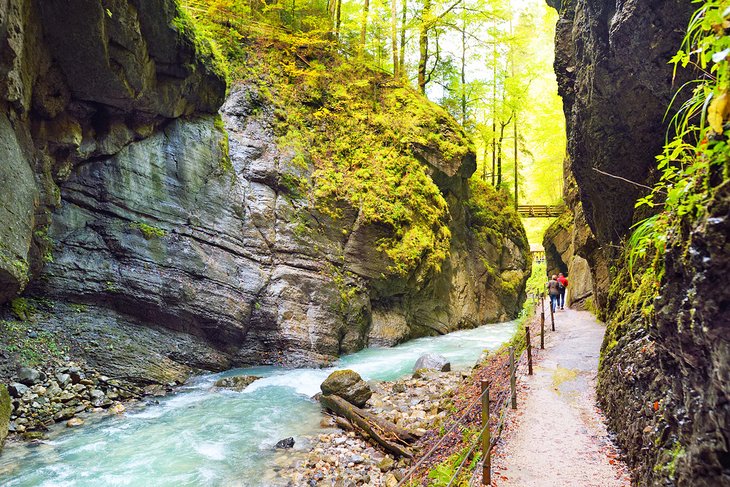
One of Bavaria's most dramatic natural wonders, the Partnach Gorge is a narrow crevasse cut into the solid rock by the Partnach River in Garmisch-Partenkirchen. Its formation began millions of years ago, and over the millennia meltwater and the debris from the Schneeferner Glacier on the Zugspitz plateau, carried by the rushing river, scoured the gorge to its current depth of 263 feet (80 meters).
Two trails, one of them right along the river's edge, take you beneath the vertical rock walls, past waterfalls, cascades, rushing rapids, and pools. The lower trail is the easiest; the upper one goes through tunnels less than six feet in height as it traverses the 699-meter (2,293-foot) gorge.
Those with a head for heights can climb the steep steps to view the gorge from the iron suspension bridge, which spans the forested summit 70 meters (225 feet) above the river. You can also take a torchlight tour of the gorge at night.
The gorge is open year-round, and is spectacular in the winter, when the walls become giant curtains of icicles. The Partnach Gorge is also the gateway to several hiking trails. To get to the gorge, follow the signs from the Olympic Stadium in Garmisch-Partenkirchen; it is a 25-minute walk.
Read More: Best Hikes in Europe
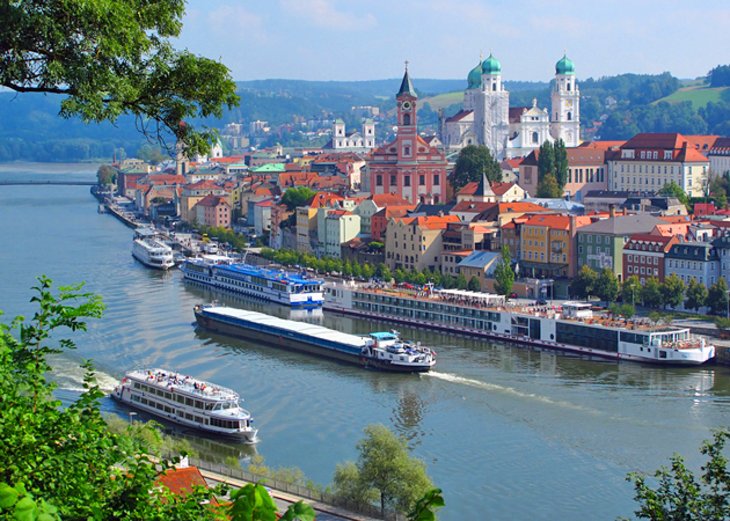
Passau lies on the Austrian frontier at the junction of the Danube and the River Inn and is famous for its flat-roofed, 17th-century, Italian-style houses linked by flying buttresses. Other highlights of the Old Town , widely regarded as one of the most picture-perfect townscapes in Europe, include the Oberhaus fortress , the Mariahilf church , and the charming stepped lanes leading down to the two rivers.
In the Domplatz, surrounded by old canons' houses, stands the Cathedral of St. Stephen , known for its massive organ, the largest church organ in Europe and the second largest in the world. The cathedral's Late Gothic east end dates from 1407 and the superb Baroque nave was added in 1678. Also of interest is Residenzplatz, with its old homes, and the New Bishop's Palace (Neue Residenz) built in 1772, home to the Cathedral Treasury and the Diocesan Museum .
The most fascinating museum, especially for visitors who admire fine glasswork or Jugendstil (Art Nouveau) design, is the Glasmuseum Passau , which displays the world's largest collection of Bohemian glass. The collection, which represents work from 1650 to 1950, features more than 1,000 Loetz pieces, including those shown at the 1900 Paris Exposition.
Passau is the starting point for Danube River cruises , both short day excursions and longer trips to Vienna , Budapest , and the Black Sea.
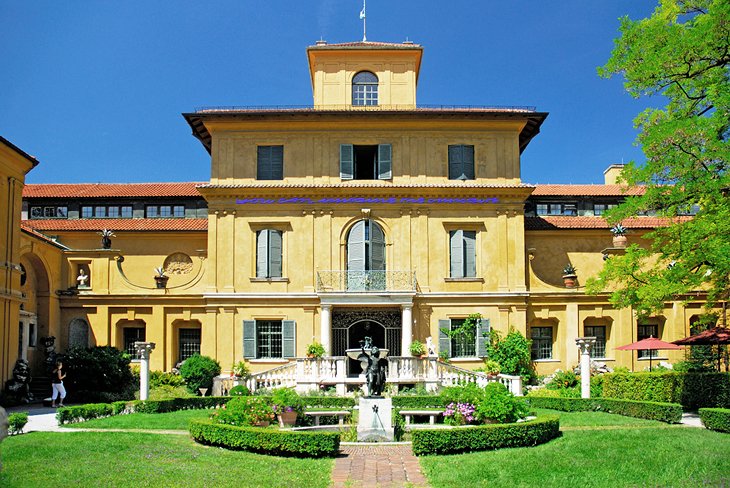
The art district around the Neoclassical Königsplatz features one of the finest groups of art museums anywhere in Europe . The three Pinakothek art galleries cover Europe's major art movements and styles. In the Old Picture Gallery (Alte Pinakothek) are the Dutch and Flemish masters and outstanding Italian, German, French, Spanish, and medieval paintings.
The New Picture Gallery (Neue Pinakothek), picks up with works ranging from the Rococo to Art Nouveau periods (note that this building is currently undergoing a major renovation, and highlights of its collections are temporarily exhibited in galleries on the ground floor of the Alte Pinakothek).
The State Gallery of Modern Art (Pinakothek der Moderne) houses an exceptional collection of more than 20,000 works after 1900 covering the Bauhaus, Cubism, Futurism, the Fauves, and other important avant-garde movements, with works by Picasso, Warhol, Magritte, and Dalí. The Glyptothek and the State Antiquities Collection (Staatliche Antikensammlung) reach further back into ancient sculptures and classical art.
The sixth and newest of this remarkable ensemble of art museums is Lenbachhaus , the Italianate villa of artist Franz von Lenbach, which, with its new extension, houses the world's finest collection of works by the Blauer Reiter (Blue Rider), a group of European Expressionist painters led by Wassily Kandinsky and Franz Marc.
Address: Königsplatz, München
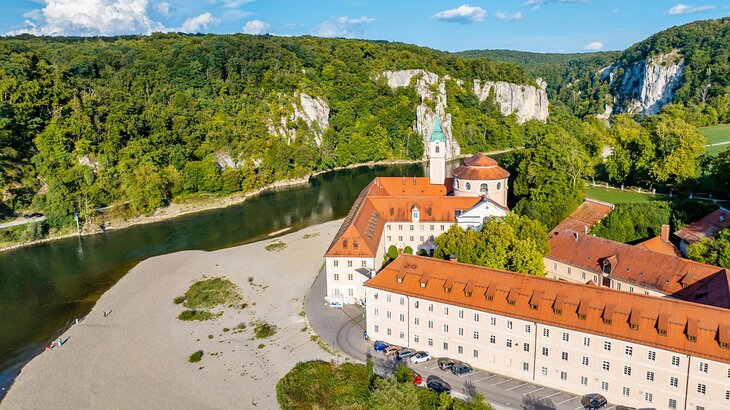
Carved about 200,000 years ago when a branch of the Danube wore through the limestone and changed the course of the river, the Danube Gorge is a five-kilometer ravine with rock walls as high as 70 meters.
One of the most beautiful spots along the Danube, the gorge is best experienced on a cruise. You can board a boat (be sure you get one with a return sailing) from the dock at Weltenburg Abbey. This formidable monastery sits beside a deep bend in the Danube and is believed to be the oldest in Europe, dating back to 620.
Be sure to see the Baroque abbey church, built and decorated by brothers Cosmas and Egid Asam, who were to later build the famous Rococo Asamkirche in Munich. Its architecture and decorative stucco work and frescoes make it one of the most important works of Baroque art in Europe.
You can take a 30-minute tour of the abbey and church, and be sure to stop for a slice of the Abbey's Asam layer cake at the open-air café. For spectacular views of the Abbey and Danube Gorge, you can hike along the top of the gorge.
More Related Articles on PlanetWare.com
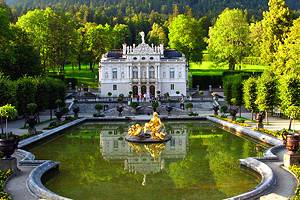
Discovering More of Bavaria: After seeing the highlights of Bavaria, you may want to see more of the top tourist attractions in Munich and explore its best museums and art galleries . You'll find more nearby places to visit with the help of our pages on the top day trips from Munich and the top attractions of Nuremberg (Nürnberg).
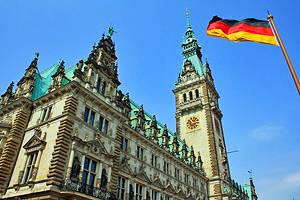
Exploring Germany: For a good overview of the country's best experiences, see our page on the top-rated tourist attractions in Germany . To discover more of the north, you might travel to the exciting capital city of Berlin and explore the historic port of Hamburg .

More on Germany

- 1.1 Old Bavaria ( Altbayern )
- 1.2 Franconia ( Franken )
- 1.3 Bavarian Swabia ( Schwaben )
- 3 Other destinations
- 4.1 History
- 5.1 By plane
- 5.2.1 From Berlin
- 5.2.2 From the rest of Germany
- 5.2.3 From Austria
- 5.2.4 From France
- 5.2.5 By night train ( Nightjet )
- 6.1 By train
- 6.4 By boat
- 11.2 Brandy
- 12 Stay safe
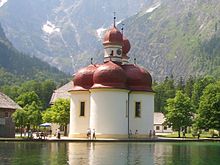
Bavaria (German: Bayern ) is the largest federal state ( Bundesland ) of Germany , situated in the south-east of the country. It extends from the middle German hills down into the Alps . Bavarian folk culture has shaped many non-Germans' view of Germany, though ironically, much of Bavaria has more in common culturally with its southern neighbours Austria and Switzerland, than with the rest of Germany. Stereotypes about Bavaria include leather trousers ( Lederhosen ), sausages and lots of beer - however, the state has much more to offer to the traveller. Along with the Rheinland and Berlin , it is Germany's most popular tourist destination, so expect long lines and high prices, especially in summer and in ski resorts in winter.
Regions [ edit ]
Old bavaria ( altbayern ) [ edit ].
If you think of Bavaria (and by extension if you think of Germany) this is it. Lederhosen? check. Oktoberfest? (around September) check. White and blue skies? check. (also the national colors) fairy-tale castles like Neuschwanstein? check. FC Bayern, BMW, and Munich, the "world city with a heart"? check check and very much check. This part of Germany has long been a staple in the itineraries of international tourists to Germany, and it is very popular with Japanese and American organized tour groups to Germany who hardly leave Bavaria (not at all if you don't count Rothenburg ob der Tauber, which is in Franconia ). You might think that Bavaria is "overgrazed" and has nothing to offer to all but the most casual visitors, but you'd be very much mistaken, as there is lots and lots of nature that allows you to "get away from it all" and Munich draws visitors year round, not only for Oktoberfest. So whether you're a first time visitor with only limited time or come here every year, there is bound to be something new to discover for you.
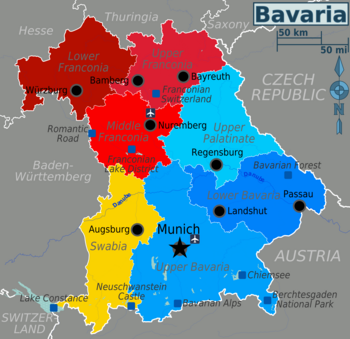
Franconia ( Franken ) [ edit ]
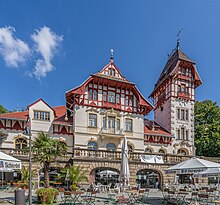
This part looks and feels different from Bavaria "proper" (Altbaiern) and shares little history before the beginning of the 19th century when the many small and medium-sized (e.g. the margravedom of Ansbach-Bayreuth) territories as well as several self-governing Reichsstädte (such as Nuremberg or Rothenburg ob der Tauber) and dioceses (e.g. Würzburg) were absorbed by Bavaria in the course of the Napoleonic wars . While some areas of Franconia are just as Catholic as Bavaria, the rule cuius regio eius religio (who owns the territory decides the religion of its inhabitants) caused some fiercely Lutheran areas as well, which - together with linguistic differences and the peculiarities of pork barrel spending - make for some lingering resentment against the "Bavarians" in Munich. Franconia is culturally very diverse and includes one of Europe's best climbing areas outside the Alps with the Franconian Switzerland , as well as prime wine and beer producing regions and cozy medieval towns such as Würzburg, Bamberg or Forchheim.
Bavarian Swabia ( Schwaben ) [ edit ]
The cultural region of "Swabia" (Schwaben) has been divided administratively between the Länder of Baden Württemberg and Bavaria. However, there are still more things in common across both sides of the border than sets them apart. Swabians are known as hard working no-nonsense types with a reputation for thriftiness (in fact there are many jokes where the requisite Scotsman has been replaced for a Swabian in Germany) and a (supposed) propensity to live in their own house rather than renting. Swabia also has a reputation for being clean and the Schwäbische Kehrwoche (roughly translatable as "Swabian sweeping week", a tradition of communally keeping streets and houses spotless) is well known and notorious throughout Germany. That being said, Swabia boasts lovely old towns and - you might be surprised to hear - a bustling nightlife where even Swabians let the rules be rules from time to time. Swabia is also a region where the regional dialect is very much alive and for some standard German is their first "foreign language". However, you should be able to get by with English just as well as it is basically a job requirement for most tourism related professions nowadays and mandatory in almost all schools. The region might not appear to be as economically dynamic as the rest of Bavaria, but do not be fooled; in addition to a strong tourism sector, Bavarian Swabia has excellent industrial and logistical bases, and locals enjoy a very high standard of living.
Cities [ edit ]

Other destinations [ edit ]
- 47.57 12.96 2 Berchtesgaden National Park — including the deepest lake in the alps near Berchtesgaden
- 47.89 12.47 4 Chiemsee — the largest lake within Bavaria, complete with a copy of Versailles and mountain backdrop
- 49.128272 10.817489 5 Franconian Lake District – the Lake District comprises seven lakes
- 49.839 11.302 6 Franconian Switzerland – castle ruins, hiking, canoeing, world class rock climbing
- 47.566667 10.7 7 Neuschwanstein Castle — amazing romantic castle near Füssen , a small town rich in culture and art
- 47.65 9.316667 8 Lake Constance ( Bodensee ) - biggest lake in Central Europe, shared by Switzerland, Austria and the German states of Bavaria and Baden-Württemberg
- Romantic Road — popular itinerary through the region past romantic castles and medieval villages
Understand [ edit ]
Bavarians are among the proudest and most independent minded people in Germany. Locals are loyal to their roots and traditions. Bavaria is also the most autonomous of German states, and many Bavarians see themselves as Bavarians first and foremost, Germans second. Some people have called it the "Texas of Germany". The German stereotypes of beer drinking, sausage-eating and Lederhosen might have originated here, but nowadays are found only in rural Bavaria, mainly so in the south and east towards Austria and the Alps or the thick forests that border the Czech Republic and Bohemia. Modern-day Bavaria is metropolitan and cosmopolitan, especially in the larger cities.
About 60% of Bavarians are Catholic (at least nominally) and are usually more conservative than the rest of Germany. Munich , however, is a liberal city with a huge number of people from other parts of Germany, Europe, and the world, and it has a large English-speaking community. It actually can be quite hard to find someone with truly Bavarian origins in this city.
Bavaria is bordered by the German federal states of Baden-Württemberg , Hesse , Thuringia and Saxony in the west and north, as well as the Czech Republic in the east and Austria and Switzerland in the south.
History [ edit ]
Historically, Bavarians are Germans. Bavarians have often emphasized a separate national identity considered themselves "Bavarians". This feeling started to come about more strongly among Bavarians when the Kingdom of Bavaria joined the Protestant-Prussian dominated German Empire in 1871 while the Bavarian nationalists wanted to keep Bavaria as a Catholic and independent German state.
Franconia and in some respects Swabia still resent being lumped together with Bavaria, as they have their own cultural and religious heritage and traditions. As Franconia didn't become Bavarian until around 1806 (several small territories were annexed sooner or later than that date), the rest of Bavaria is often called "Alt-Baiern" (old Bavaria) and there is still a vocal group of Franconians that would rather separate from Bavaria, given the chance.
Get in [ edit ]
A Bavarian has held the post of German federal minister of transportation continuously since 2005 and it shows in the quality of long distance transportation infrastructure serving Bavaria.
By plane [ edit ]
Most international travellers will arrive at Munich Airport ( MUC IATA ), which is the sixth busiest airport in Europe with a large number of international and intercontinental flights. Other alternatives are the airports of Nuremberg ( NUE IATA ) and Salzburg ( SZG IATA ). Furthermore, Memmingen Airport ( FMM IATA ) is a destination for a number of low-cost airlines. Würzburg is also reasonably close (direct 1:25 hour ICE connections to the airport) to Frankfurt Airport ( FRA IATA ), Germany's busiest airport, Lufthansa's main European hub), that it might be best for some travellers to arrive there.
By train [ edit ]
From berlin [ edit ].
With the completion of the high speed rail line between Nuremberg and Erfurt, the travel time on high speed ICE trains between Berlin and Munich has been reduced to about 4.5 hours, with 3 daily ICE Sprinters completing the trip in just 4 hours. Tickets can be had starting at €19 when bought in advance or up to €130 when bought immediately prior to departure or on the train.
From the rest of Germany [ edit ]
See Germany - Get around by train .
See also rail travel in Germany
The main routes Frankfurt-Nuremberg and Stuttgart-Munich are not yet upgraded for speeds higher than 160 km/h (99 mph) and 200 km/h (120 mph) respectively along much of their length, leading to comparatively long travel times. That said, the Stuttgart-Ulm line is being upgraded with a tentative opening date some time in the 2020s.
From Austria [ edit ]
There are plenty of long-distance trains (category EC, ICE and Railjet) from Vienna , Linz , Salzburg , Villach and Klagenfurt . If you travel in a group and want to save money, use a regional trains with combination of Einfach-Raus-Ticket and Bayern-Ticket .
From France [ edit ]
There is one daily TGV high-speed connection between Paris and Munich, via Augsburg, Stuttgart and Strasbourg. You can also buy through tickets with a change at Strasbourg, Stuttgart or Frankfurt for other departures if the direct train doesn't fit your plans
By night train ( Nightjet ) [ edit ]
After a long and precipitous decline, Deutsche Bahn finally abolished their night train brand "City Night Line" with the December 2016 schedule change. Thankfully for fans of sleeper trains , their Austrian counterpart ÖBB has bought up some assets and taken over some routes at the same time, now operating them under the name Nightjet with a couple of connections to / from Munich. Prices vary from regular seats to bunk beds of varying room sizes but early booking can get you surprisingly affordable rates. Nuremberg and Würzburg are also "on the line" but departure and arrival times are awkwardly in the middle of the night.
By bus [ edit ]
There are now several domestic bus routes in and out of Bavaria, as well as a couple of international routes (mostly serving the Balkans as well as countries from the former eastern bloc) that have already existed pre-2012. The Romantic Road is another route that has already been served by buses before 2012.
Get around [ edit ]
There is a pretty clear north south divide in the quality and price of transportation infrastructure. While Munich and its environs enjoy one of the best public transit networks in Europe, Nuremberg has the most expensive single ticket for a trip within the city and rural Franconia is even more neglected with many places lacking adequate bus service and many former rail lines abandoned.
Trains are the main mode of transport for visitors since they easily connect towns with larger cities.
If you're travelling within Bavaria, you can purchase the Bayern-Ticket [dead link] , which will give you all-day travel in regional trains (categories S, RB, RE and IRE) within Bavaria and even to the border towns of Salzburg , Reutte or Ulm . You can use it also for private trains and most of local buses and city transport. On working days the ticket is valid 09:00-03:00 the following day. On weekends it is valid from midnight.
There are variants of regional Bayern-Ticket :
- Bayern-Ticket [dead link] : €25 for one person, €7 for every additional person for up to a party of five. Valid from 9:00-3:00 the following day on weekdays, and from 0:00-3:00 the following day on weekends and public holidays.
- Bayern-Ticket Nacht : €23 for one person, €4 for every additional person for up to a party of five. Valid 18:00-06:00 the following day (07:00 if the following day is a weekend day or public holiday)
- Bayern-Böhmen-Ticket : €28 for one person, €7.60 for every additional person for up to a party of five - valid also in border regions of the Czech Republic. On Czech territory it is only valid in trains, not in buses.
- Quer-durchs-Land-Ticket : €44 for one person, €8 for every additional person for up to a party of five, allows travel on all regional trains in Germany.
For general information about network tickets see Germany#Network tickets .
By car [ edit ]
Bavaria is well served by the German autobahn network. The main grid is made up by the north-south autobahn A 9 , and the east-west autobahns A 3 , A 6 and A 8 . Going by car is sometimes the only way to get around, especially deep in Bavaria's rural and mountainous areas. In the countryside, roads are winding, tricky, and sometimes cut dramatically through farmland, but are otherwise EU-standardised and generally well-paved.
Intercity buses are mostly limited to longer distances than you'll commonly find in Bavaria, but they are a good option along the Romantic Road or for airport transfers.
By boat [ edit ]
The Main Donau Kanal links Kelheim in Lower Bavaria with Bamberg in Upper Franconia . There are cruises by major riverboat cruise operators even though the original purpose of this costly and controversial canal was freight.
Talk [ edit ]
Of course all Bavarians understand and most speak standard German . However, in southern Bavaria, outside of Munich, Bavarian or Swabian is the native language of many, which can differ dramatically from standard German. In the north Franconian is the traditional language. In the cities (including Munich) standard German is the local language, but Bavarian-speakers and Swabian-speakers typically do speak standard German as well (except possibly older people in the far south).
Most people in Bavaria speak at least basic English, especially the younger generation, since learning a foreign language is compulsory in German schools. Bavarian education policy stipulates the teaching of the British version first and foremost, but in reality the American has been more popular and more widely understood ever since Bavaria was part of the American zone of occupation after World War II. Media, tourism, and the actually quite strong popularity of American football have ensured the continuation of this trend into the 21st century. Curiously, even when speaking English, many traits of the local dialect may be audible, such as a difficulty in differentiating between b and p or d and t in Franconia, or replying "please" to "thank you" (as is correct in German).
Other foreign languages are taught in school, with French and Spanish being particularly common. University towns will have notable presences of foreign students, particularly from other parts of the European Union who usually speak several languages but not always German. Speakers of immigrant languages such as Turkish and Serbo-Croatian are also found in the bigger cities.
In university cities, there is a fair chance that someone (especially younger people) will speak (in descending order of likeliness) French, Spanish or Italian. On the very eastern edge of Bavaria, mostly Upper Franconia and Upper Palatinate, some people also speak Czech, or have at least had some course in it.
See [ edit ]
Bavaria has many family-friendly places, as well as those for the younger generations. Places to see include the medieval walled city of Rothenburg ob der Tauber , Herrenchiemsee Palace - Ludwig II's unfinished castle, based on Versailles, on its own island in the beautiful lake Chiemsee, the historical city of Nuremberg ( Nürnberg ), the scenic city of Regensburg, Bodenmais (known for its fine crystal), and of course the famous Neuschwanstein Castle, often called the "fairytale castle" - the role model for the "Magic Kingdom" of Walt Disney.
Of course, for kids, there is the Playmobil park in Zirndorf near Nuremberg, an indoor Trampoline funpark in Regensburg, and the town of Riedenburg at the river Altmühl, that has a castle with daily falconry shows.
Also, many towns have some historical features within their city limits. There are castle ruins, full castles still being used as residences, local museums, caves, and old mines that most tourists will never see. Some of these are better than the typical €20 fee to join a boring, guided tour at one of the more famous cities in Germany. Why pay a fee for seeing only a small part of the castle when you can find an old castle in the countryside that you can explore and maybe discover something new that is not even documented? It's sad to see tourists who pay too much money to see "tourist castles" when the price of a rental car and the will to explore can yield many free or cheap sites, which are sometimes better than the overpriced attractions, that limit what you can see or do.
Do [ edit ]
The Bavarian Alps are Bavaria's main attraction for Doing things. There you can find skiing a snowboard resorts, which are very well maintained and not too expensive, though much smaller than those of neighbouring Austria and Switzerland. In summertime hiking and mountain biking is the sporty thing to do in Bavaria.
Another great thing to participate are the regular traditional beer festivals. Of course, everybody knows Oktoberfest in Munich, but actually every city and town in Bavaria has its own festivities at least once a year for a few days. In fact, those are mostly much more traditional and fun is guaranteed, as those obviously come with the same beer drinking culture but lower prices smaller crowds and arguably more authenticity.
Eat [ edit ]
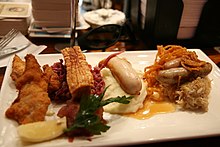
Bavarian cuisine is the stereotypical German cuisine , famous for roast pork ( Schweinsbraten ), Bratwürstl sausages, Nürnberger Bratwurst (probably the smallest sausage in Germany), veal sausages ( Weißwurst ) eaten for breakfast, Leberkäse (a type of meat loaf), grilled pork knuckle ( Schweinshaxe ), as well as a variety of different dumplings ( Knödel / Klöße ) and potato salad ( Kartoffelsalat ). In the Oberallgäu , the south-westernmost part of Bavaria, the traditional food is Kässpatzen made with much Bavarian cheese.
Also, some restaurants have various seasonal specials based on what is available locally at that time. There can be specials like truffle dishes in the southern mountain areas, specialty mushrooms in the Upper Palatinate area, seasonal salmon dishes on the Danube and Altmühl area, local trout specials in all small villages, seasonal asparagus dishes, and occasional fresh wild boar and venison dishes during hunting season – Bavaria is a gastronomic wonderland, especially for the meat aficionado!
If you want to eat seasonally, then look for these things:
- Early spring: Wild garlic appears in many dishes. Look for "Frankfurt green sauce" on beef or white fish.
- Mid-April to mid-June is Spargelzeit . It will be easy to find asparagus dishes. White asparagus is a delicacy. You'll also see strawberry punch during this time.
- July and August is Zwetschgenzeit ("plum time") – the time for cherries, plums, and other stone fruits. Almost every bakery will offer Zwetschgendatschi (a thick layer of quartered plums on top of yeast dough or pastry) throughout the plum season, and many will offer several baked goods that feature plums or cherries.
- August to October is a great time for apples and mushrooms. Apples and pears appear in many baked goods as the stone fruits of summer fade away and the autumn fruits reach the market. The main mushroom season begins with chanterelles ( Pfifferlinge ) in August and ends with porcini mushrooms ( Steinpilz). If you somehow tire of mushrooms during this season, then try to find Federweißer (young wine), which pairs well with an onion tart.
- Late fall and winter feature wild game with sauerkraut, potatoes or dumplings.
- The Christmas season comes with its own treats, including marzipan, candied almonds, mulled wine, and gingerbread. The strongly spiced Lebkuchen hearts, which look like large, thick, crisp gingerbread cookies with hard icing decorations, are available year-round in most tourist spots and larger bakeries. A small one will usually cost €4-5. During the Christmas season, it's easy to find soft, round Lebkuchen cookies in the bakeries as well. Nuremberg in particular is famous for its Lebkuchen as the wealthy trading town had easy access to the spices needed during the early modern era. In many cases the same business will be an ice cream parlor in the summer and a Lebkuchen shop in winter.
Drink [ edit ]
Beer [ edit ].
Bavarians love their beer . One of the most beloved is wheat beer ( Weißbier ), a cloudy, top-fermented beer brewed with malted wheat, which is commonly consumed earlier in the day with a Weißwurst and sweet mustard. It's good to know that there exists a special ritual with this beer: Normally it will be served in a special glass, called Weißbierglas . But if you get the empty glass and the bottle of beer, you have to fill it by yourself: in one step without dropping the bottle. Weissbier is more carbonated than most other beers and produces a lot of foam so it is not easy to fill without spilling something.
Bavaria could easily opt for the title of "Promised Land of Brewing". Not only is it home to Oktoberfest , the world's biggest beer festival, but also the highest brewery density in the world is in the north of the state, in Franconia . There, you can find a brewery in almost every village (it is sometimes very small and maintained among a few families). You can find a lot of local beer specialities, as for instance the Bamberger Schlenkerla (a beer with a taste of smoked bacon). So always try to stick with the local beers - especially tasty (and supposedly healthy) are the unfiltered beers (served only in pubs, because they don't store well for a long time).
In summer, you can generally find beer festivals everywhere: not only in the bigger cities but also in the smaller villages; be warned, however, that the beer there is normally served in 1 L ceramic glasses called Maß . The biggest beer festival certainly is the Munich Oktoberfest , followed twice a year by the Nuremberg Volksfest and Gäubodenfest in Straubing . Also very nice is Bergkirchweih in Erlangen . If you are touring Upper Bavaria in August, you shouldn´t miss Barthelmarkt in Oberstimm, next to Ingolstadt, which is one of the oldest traditional beer festivals in Bavaria. It´s still kind of a local insider tip. You will hardly find foreigners there. On Monday there is a big horse market and the beer tents open already at 05:30 and they are packed with people at 06:00.
Bavaria's beer garden ( Biergarten ) season starts in mid April and runs right through well into October. The shade of ancient horse chestnut trees become a rendezvous point for both young and old, white and blue collar workers, rich and not-so-rich, and locals and visitors alike: a place to enjoy a convivial glass of cold local beer and some tasty Bavarian snacks. You can even bring your own food (but not drinks).
Franconia is known as the home of beer cellars. What is called beer gardens in the south are called beer cellars (Bierkeller) in the north. But rather than sitting in the beer cellar you actually sit on top of it. The ancient underground cellars, that are just perfect for storing beer, are usually in idyllic rural settings. So it really was a natural step to set up a few beer tables and serve the beer to people right on site. As many Bierkeller are too far away from town to walk and driving there presents obvious DUI problems, Franconians like to visit them with a bicycle (the DUI limit being notably higher at 0.13% and less strictly enforced). It is perfectly okay in the great majority of them to bring your own food, as long as you order at least one drink (alcoholic or not). A common choice in drink is Radler (literally cyclist, so called probably because it is an ideal refreshment for cyclists that leaves them sober enough to drive on) a mix of roughly equal parts lemonade (Sprite or 7up or a generic clone) and beer. The selection of food in a Bierkeller includes mostly cold foods like Kellerplatte (mostly different types of sausage and bread) or Obatzda (a type of cottage cheese) or Handkäs mit Musik (literally hand-cheese with "music" the "music" being caused by the onions...). More and more Bierkeller also offer warm food including all the Franconian food listed above and in the Franconia article. Breweries in Franconia lists breweries, beer cellars, brewery museums.
Brandy [ edit ]
Germans generally make brandy out of everything; most common are the fruit brandies ( Obstler ) and the herb liqueurs (such as Sechsämtertropfen from eastern Upper Franconia). For a real Altbayern feeling, try Bärwurz , Kräuterwurz , or Blutwurz .
Wines [ edit ]
The north of Bavaria is famous not only for its beer but especially for its (white) wines that come in special bottles called Bocksbeutel (bottles with a big round yet flat belly). For a sweet treat, try ice wine ( Eiswein ), made from grapes that are allowed to stay until the first severe frost and then pressed and made into a very sweet wine.
Stay safe [ edit ]
Statistically, Bavaria is one of the safest regions (if not the safest) in Germany and maybe Europe. The biggest threat to your wallet are the (perfectly legal) high prices, and the beer drinking culture in combination with the easy availability of alcohol.
Be aware that there is a big difference between the Bavarian police and the police from basically all other states. In Berlin, it might not pose a problem if you are caught with a few joints in your pocket (because you may carry it for your personal use). In Bavaria, it definitely is a big problem for you. Police presence is notably higher than in other states, particularly in urban areas. This is due in part to the philosophy of the reigning CSU party (The Bavarian branch of the centre-right CDU) on "law & order", in part due to Bavarians being much more conservative than other Germans and having lower tolerance for poor behaviours, and in part just to show presence. Police are very strict about their rules and you won't find a crooked cop, but they may be equally strict about you breaking even minor rules. Don't provoke them and don't let them provoke you.
Still, you won't have any problems if you drink alcohol in public as in the rest of Germany and Central Europe though local and municipal restrictions are becoming more and more common in places like train stations or some cities. Beer or wine is permitted if you are at least 16, spirits at least 18, but the law is loosely enforced, if at all. Especially in mid sized towns at night police might get bored by the small amount of serious crime they get to catch, so they might fine you for a DUI on a bicycle, not walking on the sidewalk or other minor nuisances that police in Berlin usually don't have the time to care about.
While police are armed and the 2010s terror scare has seen an increased militarization of police, police all throughout Germany rarely make use of their firearms and shooting on unarmed people is basically unheard of. Police may be more disposed towards reacting aggressively during political demonstrations (particularly when the fringes of the political spectrum are involved) or important soccer games when police on horseback, riot gear clad "robocops" and the likes are a common sight. However, the worst that will happen is a liberal use of nightstick, pepper spray, tear gas and water cannon as - supposed or actual - riot and crowd control. Stay away from this and you won't get in trouble, but you may have your own opinion on Bavarian policing.
Some people may assume that Bavaria's more conservative nature means that the place is full of hateful people that reject outsiders. In reality, locals are welcoming to people from all walks of life. As with anywhere in the world, there will always be fringe racist comments and ethnic groups that will discriminate against each other, but overall you will never have to fear for your life because of your identity.
Go next [ edit ]
- Baden-Württemberg
- Has custom banner
- Has mapframe
- Has map markers
- Vicinity listing with no coordinates
- Articles with dead external links
- Has Geo parameter
- All destination articles
- Usable regions
- Usable articles
- Region articles
- Pages with maps
Navigation menu
The Germany Trip
Bayern Travel Guide
This comprehensive Bayern (Bavaria) travel guide covers the southern state of Germany, known for its stunning landscapes, rich cultural heritage, and traditional Bavarian charm.
Explore the historic city of Munich with its beautiful architecture, world-class museums, and famous Oktoberfest.
Discover the fairytale Neuschwanstein Castle, nestled in the picturesque Bavarian Alps.
Visit the charming towns of Rothenburg ob der Tauber and Bamberg, known for their well-preserved medieval architecture.
The guide also highlights the natural beauty of the Bavarian Forest and the romantic Rhine Valley.
Whether you’re interested in history, nature, or cultural traditions, Bavaria offers a diverse range of experiences.
Key Takeaways
- Stunning landscapes
- Rich cultural heritage
- Traditional Bavarian charm
- Historic city
Experience the beauty of Munich with its stunning architecture and world-class museums!
Take a stroll through the historic city and admire the grandeur of its architecture, from the iconic 19th-century Neues Rathaus to the Gothic Frauenkirche.
Spend the day exploring the city’s many museums and galleries, from the Bavarian National Museum to the modern Pinakothek der Moderne.
And don’t forget to check out the legendary Oktoberfest, where you can try traditional Bavarian food and beer!
From there, journey to the fairytale Neuschwanstein Castle, nestled in the picturesque Bavarian Alps.
Neuschwanstein Castle
Get lost in the fairytale of Neuschwanstein Castle, nestled in the Bavarian Alps, and explore its enchanting beauty.
This 19th-century Romanesque Revival palace was commissioned by King Ludwig II and was designed by a theatrical set designer. Its towers, pinnacles, and turrets make it one of the most-recognized castles in Europe.
Inside, you’ll find ornate decorations, impressive paintings, and intricate frescoes. Take a guided tour to hear stories of the king’s mysterious life, or take a horse-drawn carriage ride around the castle’s grounds.
No matter how you explore, you’ll be captivated by the majestic architecture of Neuschwanstein, a symbol of Bavarian beauty.
From here, journey to the nearby towns of Rothenburg ob der Tauber and Bamberg, known for their well-preserved medieval architecture.
Rothenburg ob der Tauber and Bamberg
Embrace the stunning historical architecture of Rothenburg ob der Tauber and Bamberg, two enchanting towns known for their well-preserved medieval buildings.
Rothenburg ob der Tauber is a small town with a romantic, fairytale atmosphere. Its cobblestone streets, half-timbered houses, and ancient walls create a picturesque setting. Take a stroll down the old city walls and marvel at the architecture. Or, take a tour of the old town and learn about its history.
Bamberg is another charming medieval town, boasting a stunning old cathedral, numerous churches, and picturesque bridges. Explore the town and admire its architectural beauty.
Both towns are great for exploring and offer plenty of opportunities for shopping, eating, and drinking.
With their picturesque atmosphere and rich history, Rothenburg ob der Tauber and Bamberg are a must-visit for those looking to experience the charm of Bavaria.
From here, head to the Bavarian Forest to experience the beauty of nature.
Bavarian Forest
Soak up the tranquil beauty of the Bavarian Forest, a stunning natural landscape of rolling hills and lush forests.
Take in the breathtaking views of the region’s rivers, streams, and canyons. Marvel at the majestic beauty of the ancient trees, many of which are hundreds of years old.
Explore the local wildlife, including deer, foxes, and even the occasional wild boar. Wander through the area’s sprawling meadows, and take in the sweet scent of wildflowers.
Enjoy the fresh air and the peaceful atmosphere, perfect for a peaceful retreat from the hustle and bustle of modern life.
From its beautiful and varied scenery to its abundant wildlife, the Bavarian Forest is a nature lover’s paradise.
As you take in the wonders of this natural landscape, you’ll be inspired to explore the nearby Rhine Valley.
Rhine Valley
Admire the serene beauty of the Rhine Valley, a stunning natural wonder of rolling hills, lush forests, and winding rivers. Spanning over 700 miles across Germany, France, Switzerland, and Austria, the Rhine Valley is a must-see destination.
From the vibrant city of Strasbourg to the charming towns of Boppard and Bacharach, visitors can explore historical sites, such as castles, churches, and fortresses.
Nature lovers can marvel at the breathtaking views of the valley and take a scenic river cruise along the Rhine. For an unforgettable experience, visit during the winter months and explore the charming Christmas markets.
Enjoy the region’s renowned wines, traditional cuisine, and cozy inns and guesthouses. Whether you’re looking for a relaxing getaway or an exciting adventure, the Rhine Valley has something for everyone.
If you’re looking for a place that offers something for everyone, Bavaria is the place to be! From the bustling city of Munich to the fairytale Neuschwanstein Castle, and from the romantic Rhine Valley to the Bavarian Forest, you won’t be disappointed.
You’ll find history, culture, nature, and plenty of traditional Bavarian charm. So, come explore and see why Bavaria is one of the most popular destinations in all of Germany!
- Terms of Use
- Travel Guide
- Destinations
- Where to Eat
© 2023, The Germany Trip.
Our local experts can design your trip based on your preferences

Warning - You are using an outdated browser. Please upgrade your browser to properly view this website.

- Destinations
Bavaria travel guide
Southern Bavaria is perhaps the most glamorous part of Germany, and certainly the most popular part of the country for holidaymakers, with villages of timber houses clustering round onion-domed churches against an Alpine background of lakes, forests and high peaks.
This is where ‘Mad King’ Ludwig II sited his impossibly romantic castles, including Neuschwanstein Castle , and the visitor is frequently reminded that Bavaria was a kingdom almost within living memory. Even today, it is proud to be not just a run-of-the-mill Land, but Freistaat Bayern (the Free State of Bavaria), with a right royal capital, Munich .
Only incorporated into Bavaria in relatively recent times, the area around Nuremberg and northern Bavaria seems to encapsulate much of the essence of Germany. Here are beautifully preserved or immaculately rebuilt historic cities, ranging in size from old provincial capitals like Nuremberg and Würzburg to exquisite small towns like Rothenburg ob der Tauber, Nördlingen and Dinkelsbühl strung out along the country’s most popular holiday route, the Romantic Road .

Places to visit in Bavaria
Lying on the River Isar, with the majestic Alps and several Bavarian lakes a short drive away, the cultural and beer-loving city of Munich has many draws. Read more about Munich...
• Read our Germany editor's top tips for a day in Munich
The former unofficial capital of the Holy Roman Empire of German Nations is notorious for its links with Nazism. Read more about Nuremberg...
The Romantic Road
Explore one of the most scenic routes in Europe - a 350km-long tourist route between Würzburg in the north and Füssen in the south, taking in some of Germany’s most idyllic medieval walled towns and blockbuster sights along the way. Read more about the Romantic Road...
- Berchtesgaden
An archetypal Bavarian town set in stunning Alpine surroundings. Read more about Berchtesgaden...
Neuschwanstein Castle
www.schloesser.bayern.de
The fantastical castles and palaces built by King Ludwig II may have bankrupted his kingdom, but they proved to be a wise long-term investment, having become some of Germany’s most visited tourist attractions.
Foremost among them is the almost impossibly romantic Schloss Neuschwanstein (Neuschwanstein Castle), perched high up on a crag above a gorge. Begun in 1869, it’s a vision of what the Middle Ages might have been, and was inspired by Ludwig’s musical mentor, Richard Wagner (its interiors are filled with references to Wagner’s operas). Some of the castle’s interiors, like the Minstrel’s Hall and the Throne Room, are decorated with the utmost extravagance, but the castle was never completed, and the unfortunate Ludwig spent little time here. The best view of Schloss Neuschwanstein in its wild setting is from the little bridge high above, the Marienbrücke.
While Neuschwanstein castle was being built, Ludwig kept an eye on its progress from the neighbouring castle of Hohenschwangau, just 1km (0.5 miles) away. This neo-Gothic building had been constructed by his father, Maximilian II. In fact, Neuschwanstein and Hohenschwangau collectively are known as ‘die Königsschlösser’. Take a look at the music room, with its display of Wagner memorabilia (the composer stayed at Hohenschwangau) and Ludwig’s bedroom, noted for its star-studded ceiling.
The third attraction here is the impressive Museum of the Bavarian Kings ( www.museumderbayerischenkoenige.de ) housed in a former hotel on the shores of the scenic Alpsee lake, a short walk from the Neuschwanstein/Hohenschwangau ticket office. The interior, filled with refracted light from the lake, tells the story of the Wittelsbachs’ 700-year tenancy of the Bavarian throne, though due to the museum’s location the focus is naturally on Maximilian II and his son, Ludwig II.
If you want to reach the castles from Munich by public transport, take an early train from the Hauptbahnhof to Füssen, then change to local bus or taxi for the short ride out of town.
Ammersee (35km/56 miles southwest of Munich on the A96) is a delightful place for long walks along the lake or up into the wooded hills. Make for the Benedictine Abbey of Andechs that overlooks Ammersee from the east. The 15th-century church was redecorated in the rococo style by Johann Baptist Zimmermann. The monks still brew first-rate beer (Andechser) here and the monastery runs a very popular beer hall and garden.
To reach Ammersee, take the S8 to Herrsching. The trip takes 50 minutes.
Chiemsee (70km/43 miles southeast of Munich) is the largest lake in Bavaria and the location of Ludwig II’s most ambitious castle. Herrenchiemsee is situated on an island, the Herreninsel, at the western end of the lake and reached by ferry. Ludwig started work on it in 1878, but ran out of money and time, in 1886. Nevertheless, he made a valiant attempt at recreating the grandeur of Versailles, and the magnificent Spiegelsaal (Hall of Mirrors) can certainly bear comparison with the Galerie des Glaces.
Using trains from the Hauptbahnhof, head to Prien (one hour) from where ferries to the Herreninsel depart.
Dachau (17km/11 miles northwest of Munich) used to be known primarily for the remains of a 16th-century château and its fine 18th-century facades. Then, on 20 March 1933, after Hitler had been in power for a mere 48 days, Dachau was designated as the site of the first Nazi concentration camp. Today, while you can still appreciate the charming town centre, the main dark tourism attraction is the Dachau Concentration Camp Memorial Site which occupies the former camp. Exhibitions document the camp’s sinister history in a moving and often disturbing way (it’s not recommended children visit the museum). Dachau was not an extermination camp but served as a detention centre for political prisoners; even so, 31,951 deaths were recorded between 1933 and 1945. You can see the original crematorium and gas chambers (labelled ‘Bad’ for showers), built but never used, as well as reconstructed prison barracks.
To reach the concentration camp, take the S2 to Dachau then change onto regular city bus 726, alighting at the KZ-Gedenkstätte stop.
Discover more...
• Discover the great outdoors of the Bavarian Alps
• Visit Bavaria's capital, Munich
Average customers rating

{{_ "pagesAdmin.destinations.overviewCulturalFeaturesIn"}} {{currentName}}
{{_ "pagesAdmin.destinations.overviewViewAllFeatures"}} {{currentName}}
{{_ "pagesAdmin.destinations.overviewHistoricalHighlights"}} {{currentName}}
{{_ "pagesAdmin.destinations.overviewViewAllHighlights"}} {{currentName}}
- Romantic road
Read more from the travel guide to Germany
- Top attractions
- Historical highlights
- Cultural features
- Plan your trip
- Top restaurants
- Useful phrases


Hi, I'm Charlotte
Browse the blog.
- FREE RESOURCES
- TRAVEL TIPS
CHARLIES WANDERINGS
THE BLOG FOR THE ADVENTUROUS TRAVELER WHO LOVES A TOUCH OF LUXURY NOW AND THEN

BLOG , Destinations , Europe , Germany , Hiking · December 10, 2020
Lake Königssee In Bayern, Germany – The Ultimate Travel Guide
Welcome to the ultimate travel guide to Lake Königssee, one of the most beautiful lakes in Germany!
It’s not just one of the most beautiful, but also one of the most visited lakes in entire Germany and this guide will tell you everything you need to know!
I had the opportunity to visit this spectacular location twice already and I am here once more to give you all the tips you need so you’ll have an amazing time at Lake Königssee in Berchtesgaden!
Lake Königssee is an emerald green lake in the National Park of Berchtesgaden and is often referred to as Germany’s most beautiful Alpine lake.
Any outdoor enthousiast will have an amazing time here cause this area in Berchtesgaden is filled with adventurous activities. Not just because of the beautiful nature but there are just so many things to do around Lake Königssee. You can go hiking, biking, swimming, visit a waterfall with an infinity pool and search for hidden viewpoints. You won’t even get the chance to be bored!

The Perfect Visit of Lake Königssee in Berchtesgaden
Imagine crystal clear water surrounded by lush trees and mountain peaks as far as the eye can see. In the morning you’ll see the fog rising up from the lake which is a sight you simply can’t miss. And once the sun rises above the mountains they will be shimmering in a yellow golden hue.
That is the beauty of Lake Königssee in Berchtesgaden and this travel guide will tell you exactly how to have the best time here!
How to get to Lake Königssee
Lake Königssee is located in Berchtesgaden which is in the Southeast of Germany in Bavaria.
The closest airports are Salzburg airport (25km) and Munich airport (185km). Both of these have international flight connections and offer car rental services.
BY CAR – There is a huge parking lot located 5 minutes walking from the lake and the boat docks. You can pay up to 3 hours maximum at the same time or opt for a day ticket for €5.
BY BUS – From the Berchtesgaden Hauptbahnhof you can take bus #839, 841 or 843 to the parking lot at Lake Königssee.
When is the best time to visit Lake Königssee
The most popular time to visit Lake Königssee is during the Summer months. So if you want to skip the big crowds try to avoid going in July or August.
From April to October there are daily boat tours that allow you to cross the entire lake and visit both Saint Bartholomeus and lake Obersee.
Outside of those months the electric boats keep on running but only to Saint Bartholomeus.
So the best time to visit Lake Königssee, in my personal opinion is either in May, June or September. This way you get to skip the crowds and still see the most beautiful places at Lake Königssee.

How to visit Lake Königssee
The steep mountains surrounding the lake forbid the development of any trails or roads around Lake Königssee making it unique among Central Europe’s larger lakes.
But this also means that the only way to visit Lake Königssee is to hop on one of the electric boats that run from the boat dock.
There is a year round boat service unless if the lake is frozen.
PRICES – A return ticket to Saint Bartholomeus is €18.50 and to Salet it is €21 for a round trip.
The prices have increased this year due to Covid-19 and all of the additional restrictions that come with it. The amount of people allowed on the boats is limited and wearing a face mask is obligated.
You can buy your ticket at the ticket booth in front of the boat docks which opens 30 minutes before the first boat leaves. As of now they also accept payment by card and this is actually preferred!
Make sure to keep your ticket on you cause you’ll need it for the way back. If you can’t show your ticket you won’t be allowed back on the boat.
October – May: The first boat to St.Bartholomeus departs at 9:00 am, and the last boat returns at 6:05 pm.
June to September: The first boat goes at 8:00 am, and the boat returns at 7:05 pm.
Make sure to not miss the last boat back cause there is no possibility for accommodation and like I said before there is no trail from Saint Bartholomeus to Schönau am Königssee.

Where to stay near Lake Königssee in Berchtesgaden
I had the pleasure of staying at the Berghotel Rehlegg in Ramsau and would go back in a heartbeat! All of their rooms come with a view over the mountains and their breakfast buffet is so delicious and diverse that I could have had it for lunch and dinner as well.
Book your stay here .

Other options
Hotel Bavaria – A charming hotel set in the historic town of Berchtesgaden. Spacious rooms are traditionally dressed with light wooden floors, pine furniture and exposed beams.
Hotel Edelweiss Berchtesgaden – A family run hotel in the center of Berchtesgaden.
Things to do at Lake Königssee
Go on a boat tour on lake königssee.
Take the first boat out and don’t get off yet at Saint Bartholomeus but stay seated until you reach the second stop Salet. Most people will visit Saint Bartholomeus first which means that you’ll have the area around Obersee almost entirely to yourself.
Plus, the prettiest view of Saint Bartholomeus is actually from the boat itself.
The boat tour to Salet and back takes around 90 minutes but it’s totally worth it. As soon as you leave the docks you’ll be surrounded by the silence of the mountains.
On the way to the first stop the boatsman will blow on a horn to showcase the beauty of the echoes bouncing off the mountains.

Hike to Fischunkelalm at Lake Obersee
This hike is only possible from April until October when the electric boats go until Salet.
Once you arrive at the boat dock at Salet simply follow the trail that leads away from Lake Königssee. The first part of this hike is incredibly scenic with a few benches a long the way to have a pick nick or take in the views.
If you need to use the toilet after the boat ride you can do so at the boat docks. There are plenty of free toilets available here.
Once you arrive at the first cabin at Lake Obersee it is a 30 minute hike to Fischunkelalm.
The trail goes to the right and is flat for the most part but also includes rocky stairs halfway through. Make sure to wear proper shoes cause some parts of the trail can be very slippery.

Fischunkelalm is the perfect place to sit down for a while and maybe even enjoy a pick nick!
After sitting down and taking in the view it is time to hike back and since the electric boats run every 15 minutes you won’t have to wait long until you can continue your journey.
Hike to the Rabenwand viewpoint
Another beautiful viewpoint at Lake Königssee is located close to the boat docks!
When facing the water simply go to the left and walk behind the boat storages. After a few minutes you’ll already reach the first one called Malerwinkel , and while it’s beautiful it’s not as beautiful as Rabenwand !
To reach the best viewpoint you have to hike up a little more and some parts of this hike are more rocky and can be slippery so make sure to wear proper shoes!

Visit the Ice Chapel, also known as the Eiskapelle
The Eiskapelle is a spectacular glacier cave at the foot of the Watzmann mountain in the Bavarian Alps.
If you wish to take this trip before or after Winter, make sure you call the Tourist Information of Schönau am Königssee (+49-8652-1760) to ask whether the trail is accessible.
To reach the Eiskapelle you have to take one of the electric boats and get off at Saint Bartholomeus. The trail to the Eiskapelle takes about 1,5 hour and is 3km one way. Make sure to wear proper hiking shoes cause in the end you’ll probably have to hike through some snow!

Visit the natural infinity pool at Lake Königssee
To reach the natural infinity pool you need to follow the same trail that leads to Rabenwand. Only now you don’t stop but you keep on following the trail. It’s a little overgrown and not an official trail anymore so be careful.
Do not attempt this hike without proper hiking shoes!
After another 30 minutes of hiking you’ll end up at the waterfall and the small infinity pool.
DISCLAIMER – This spot quickly became very popular due to Instagram and because a lot of people left their trash and showcased dangerous behaviour the trail is closed off from Rabenwand.
Things to know before visiting Lake Königssee
Cash is king – On my trip through Germany I realised that in a lot of places they simply don’t accept payment by card. So always make sure to have enough cash on you! The restaurants on both Saint Bartholomeus and Salet only accept cash for instance!
Average time spent – If you want to do all of the activities mentioned above you’ll have the calculate in an entire day.
Where to park – There is a huge parking lot close to the lake. You can pay up to 3 hours maximum at the same time or opt for a day ticket (€5).

Planning a trip to Germany?
- Things to do in Berchtesgaden
- Where to stay in Berchtesgaden
- 3 Day Berchtesgaden Itinerary
- The Most Beautiful Places in Germany

PIN IT FOR LATER

Charlotte Lint is the founder of Charlies Wanderings. Charlotte has traveled all over the world and is based in Belgium where she also owns her very own dental practice. She is an expert on writing efficient travel guides and finding unique places to stay. Every month she helps over 134.000 people discover the most beautiful places in the world through her detailed travel guides.
You’ll Also Love

January 21, 2022 at 6:16 pm
Hey girl, I’m wondering for someone visiting during Winter, do you really recommend the boat tour is going and visiting the lake enough. I know sometimes these tours are just something to do and don’t necessarily add the the overall value or beauty of the place. I’d love an honest opinion on if you think I really need to do the boat tour. I’m a photographer (used to be a travel blogger as well!) and am visiting with my sister. LMK what you think!
Charlotte says
January 24, 2022 at 8:20 pm
Oh hell yes definitely do the boat tour! But do know that in the Winter it only stops at the church and doesn’t go all the way until Obersee. BUT! Behind the church there is also the start of the hike to the Eiskapelle, also known as an Ice Chapel. I haven’t visited it myself but it looks super cool to see and you can only visit it in the Winter!
Leave a Reply
You must be logged in to post a comment.
- Free Resources
- Privacy Policy
Charlies wanderings is a travel blog filled with unique adventures and wonderful storytelling through colorful photos and insightful travel guides.
COPYRIGHT © 2017 - 2022 CHARLIES WANDERINGS
All rights reserved. Photography and written content may not be reproduced without my permission.
Copyright © 2024 CHARLIES WANDERINGS Theme by 17th Avenue
Copyright © 2024 · Charlotte on Genesis Framework · WordPress · Log in
Getting to and around Bavaria
In all regions of Bavaria, you can get to a number of cities and towns, sights and excursion destinations comfortably and at attractive prices by train. Here you will find information on connections, tickets and regional offers, as well as links to the current Covid19-regulations.
Travelling by train in Bavaria
In all regions of Bavaria you will find a variety of worthwhile destinations that you can reach by train. Information on connections, tickets and regional offers can be found here.
From all over the world
For all visitors and travellers from abroad, Munich, Nuremberg, Memmingen and Augsburg provide four airports with connections all over the world.
Munich Airport | Airport Nuremberg Memmingen Airport | Airport Augsburg
Anything but ordinary: our tips
The summit valley: elmau castle and the kranzbach.
The exceptional luxury resorts Schloss Elmau and Kranzbach are located in a secluded high valley south of Garmisch-Partenkirchen.
Goodbye two-man tent!
We present some exceptional campsite ideas in Bavaria - including one in the middle of a lake
Hotel Post Berching
Once a traditional post office, the baroque palace at the gateway to the Altmühltal Valley fell into disrepair – until the hotelier family freed it
Schlossparkhotel Mariakirchen
Comfort awaits you in the restored medieval moated castle, while the beer garden of the palace's own brewery provides Bavarian cosiness.
12 x Rustic farm holiday
Relax and unwind. You can do all this on a farm holiday in Bavaria! There is a wide range of rural accommodation to choose from: 12 cool rustic tips
Tiny-House provider Thomas Gstettenbauer
How about spending the night in a cool, mobile “Tiny House” deep in the Bavarian Forest amongst the deer?
Hotel Victoria Nuremberg
Right in the centre of Nuremberg and directly opposite the New Museum of Art and Design, cheerful, fresh rooms with an artistic touch.
Nuremberg Youth Hostel
Behind the massive stone walls of the Imperial Stables of Nuremberg Castle, built in 1495, the 93 rooms of the youth hostel are spread over nine floor
Hotel Schloss Leitheim
High above the Donau, Schloss Leitheim offers a magnificent view. The complex includes the castle itself, a church and the vineyard house
Pack your swimming costume!
Comfortable and child-friendly: the Lindau family youth hostel is located between Lake Constance, mountain peaks and vineyards
News from Bavaria
Get first-hand tips on stories, travel reports and events!

A Guide to Bavaria’s Bayern Ticket: The #1 Hack for Cheap Train Fares
Last Updated: August 11, 2022
*FYI - this post may contain affiliate links, which means we earn a commission at no extra cost to you if you purchase from them. Also, as an Amazon Associate I earn from qualifying purchases. Check out our Privacy Policy and Disclosure. for more info.
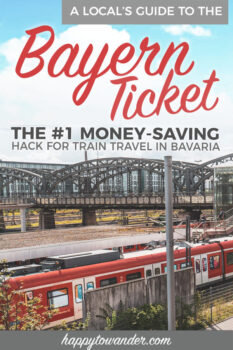
The BayernTicket is hands down one of my favourite secret tricks when it comes to saving big on trains in the German state of Bavaria .
What kind of savings am I talking?
Genuinely, if you’re a full family or a big group, you can save over a hundred euros in a single day, and when you do the math, that is a LOT of beer and pretzel money.
So I’m guessing I have your attention, right?
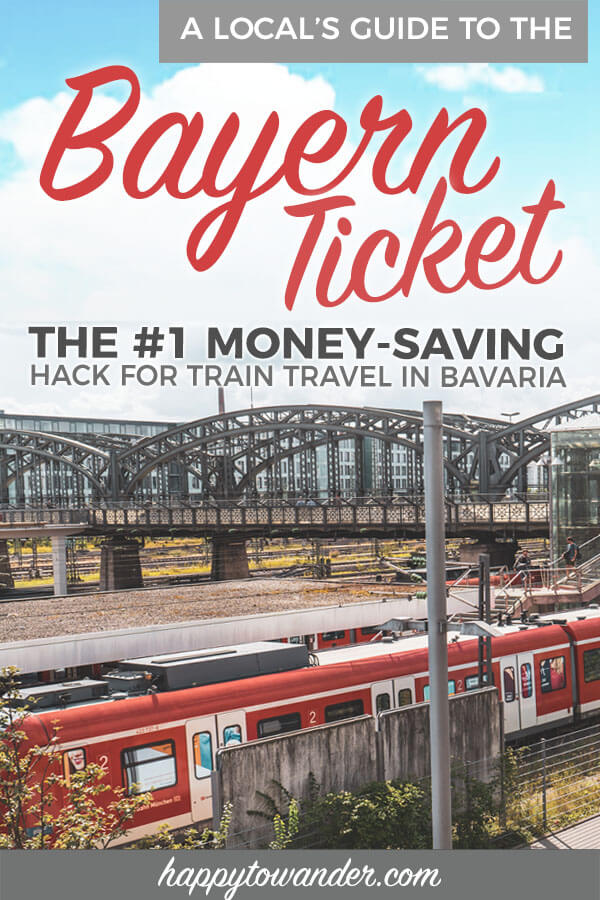
Save this Bayern Ticket guide for later!
You’ll be very glad you did.
Long story short, the Bayern ticket is a magical little ticket created by the German railway company Deutssche Bahn that grants you UNLIMITED travel in Bavaria on regional trains, buses, U-Bahns and more for a day, all for a cheap price that only gets lower the more friends you bring!
The best part is, this is an easy deal to take advantage of.
The main problem is a lot of first time visitors don’t realize it exists, which is why I’ve written up this straightforward guide to understanding how the Bayern Ticket works and all the little fine print/nuances you should be aware of when using it.
As someone who has purchased dozens of Bayern Tickets over the years, trust me when I say I’ve learned a trick or two.
So, without further ado, here’s a simple guide to using the DB Bayern Ticket!
Looking for more Munich travel tips? Check out my full Munich travel guide
What is the DB Bayern Ticket (Bavaria Ticket)?
Long story short, the Bayern Ticket (or Bavaria Ticket in English) is a special regional train ticket for the German state of Bavaria.
It allows you UNLIMITED travel for a day on regional buses and trains.
The best part?
The BayernTicket is priced in such a way that the first passenger pays 25 euros, then you only add 8 euros for every additional passenger (up to 5 adults total).
So, imagine you want to visit Neuschwanstein Castle for the day with your 3 friends.
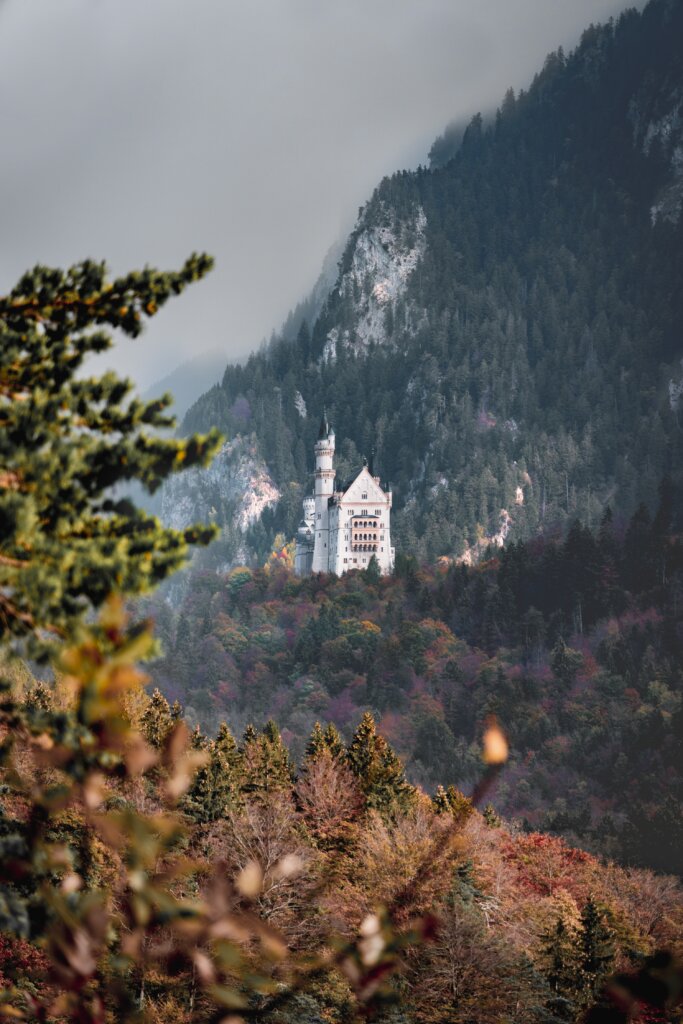
Instead of buying individual tickets to Füssen (23 euros each way per person) then getting tickets for the local bus from Füssen to the castle, you can instead just pay 49 euros for all four of you (25 euros for the 1st person, 8 euros for each additional).
This covers UNLIMITED public transport in Bavaria for the day, including your commute to the Munich train station, the train ride to Füssen and the bus ride to the castle. All of it! Your entire Munich to Neuschwanstein trip for 49 euros!
Do you see why I’m so obsessed with this ticket now? Think of how much money you could save. Plus it gives you more flexibility, which is helpful since German trains are notoriously unpredictable.
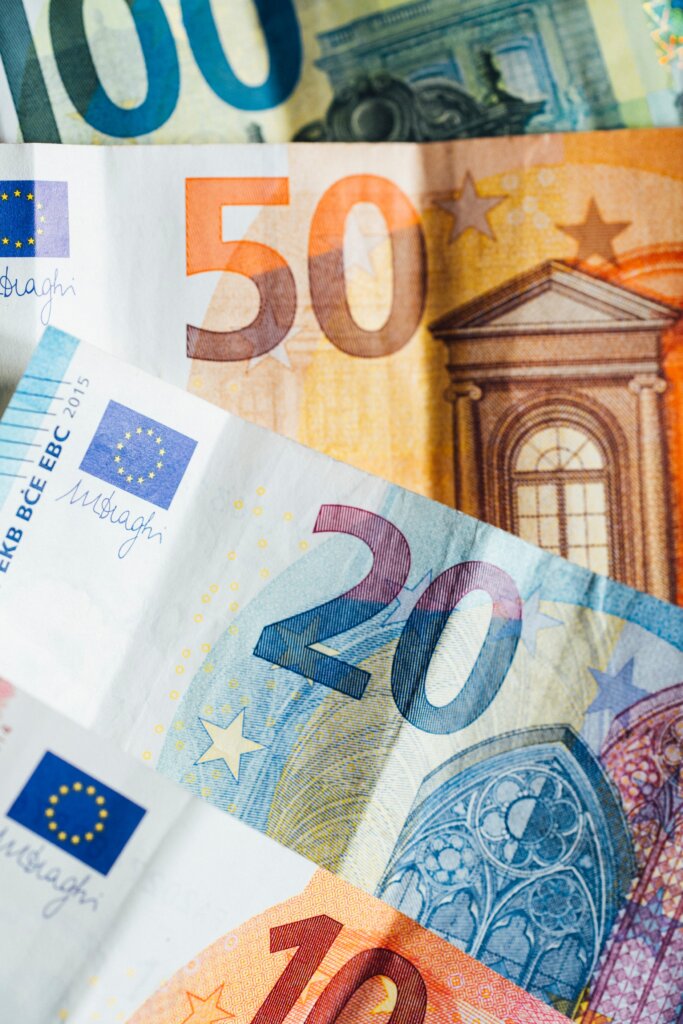
The great thing is you can use the Bayern Ticket to go to pretty much any touristy place in Bavaria, including the many gorgeous lakes surrounding Munich , the stunning Partnachklamm , and even Salzburg , which, while in Austria, is a route still valid with a Bayern Ticket.
Here are some excellent day trips from Munich that are do-able with a Bayern Ticket.
So, eager to learn more? The Bayern Ticket is a simple deal in theory, but in practice there are a lot of random little intricacies that stump and confuse tourists, so I’ll clarify below.
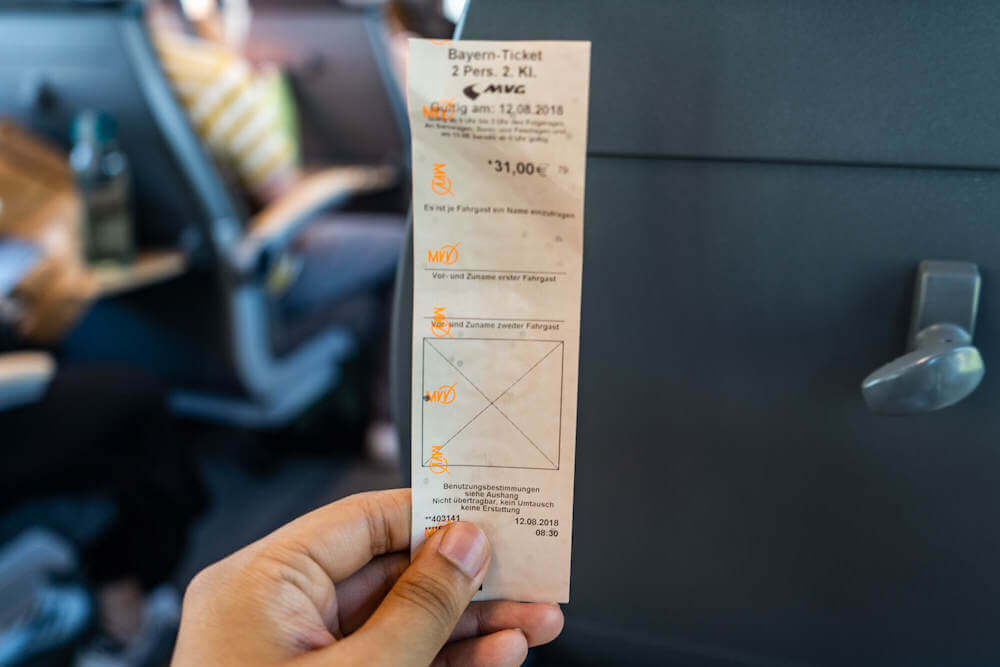

Types and Classes of Bayern Ticket
There are two types of Bayern Ticket: the regular Bayern Ticket and the Bayern Ticket Nacht (Night).
Which one you buy depends on what time in the day you intend to travel. Here is a quick summary of the differences:
Regular Bayern Ticket
Cost: 25 euros for 1st passenger, 8 euros additional up to 5 total passengers
Weekdays: Valid from 9am to 3am the next day
Weekends and holidays: Valid from midnight to 3am the next day
Bayern Ticket Nacht (Night)
Cost: 23 euros for 1st passenger, 5 euros additional up to 5 total passengers
Sunday to Thursday: Valid from 6pm to 6am the following day
Friday, Saturdays and public holidays: Valid from 6pm to 7am the next day
As you can see, the Bayern Ticket Nacht is a little cheaper than the regular Bayern Ticket.
For both the Bayern Ticket and Bayern Ticket Nacht though, you can choose between first and second class. In my honest opinion, the difference between classes in regional trains is minimal and not worth the cost difference. The main perk of 1st class is it’ll be less crowded and therefore easier for you to find a seat.
How much does a Bayern Ticket Cost?
How much your Bayern ticket costs depends on the following factors: the type of Bayern Ticket (regular or Nacht), number of passengers, and class.
This handy table from the official DB website breaks down current prices (as of March 2021):
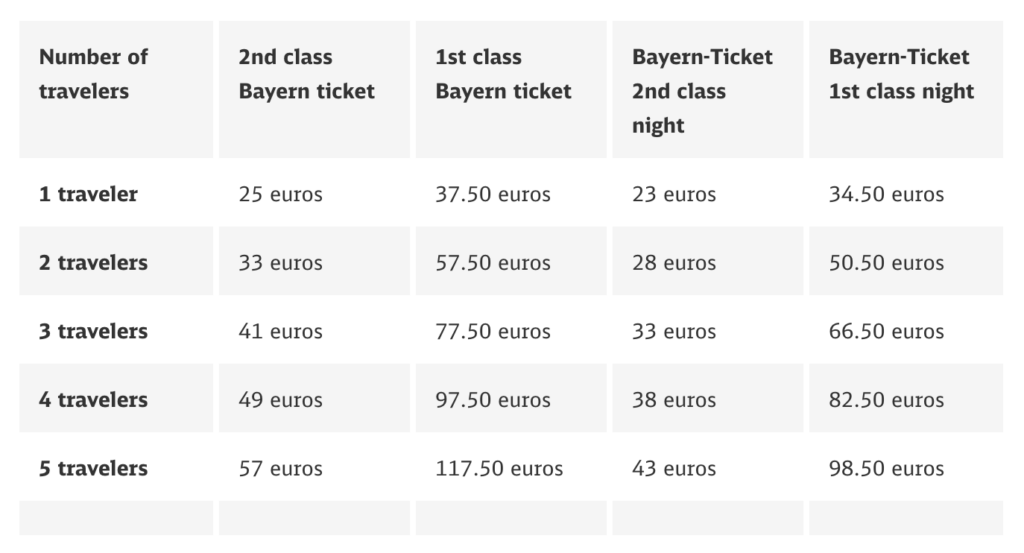
Where can I buy a Bayern Ticket?
You can buy Bayern Tickets online here , at any DB Ticket Machine and usually at any ticket machine you find in train/tram stations (including U-Bahn, S-Bahn, etc.)
There’s also the option to buy them from a ticket person at a train station, but they charge 2 extra euros for this service, so you’re better off just buying it from a machine.
If you want a step by step tutorial, I break down the process below.
How to Buy a Bayern Ticket Step by Step
There are a few different ways to buy a Bayern Ticket, either from an in-person DB Ticket Machine or online here.
You can also get one from the special ticket salespeople in train stations but they charge 2 euro additional for this apparently, so I’m not including it here.
You can easily buy the ticket yourself without help from a random DB employee, so here’s how you do it – step by step.
Buying a Bayern Ticket from a DB Machine
STEP ONE: Look for a red DB Ticket Machine. This is what they look like:
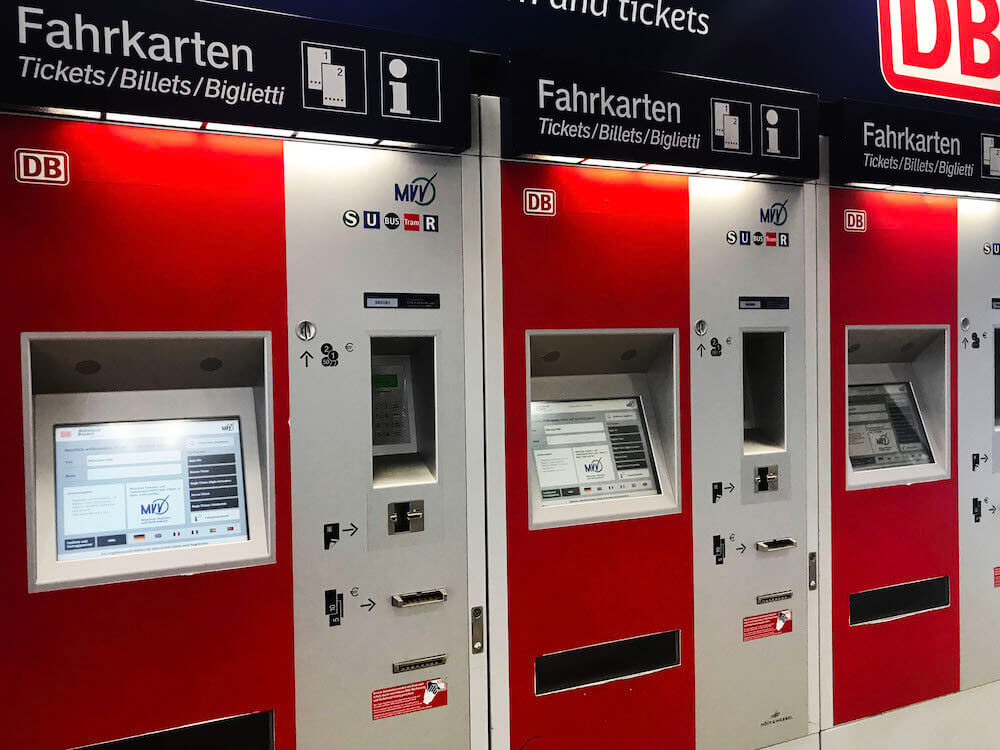
STEP TWO: To activate the English menu, click on the British flag.

STEP THREE: Look for a part of the touch screen that says “DB Special Offers” or “Top Offers”. On the DB ticket machines at the Munich Central Station, they have it conveniently located on the right side of the main screen for convenience, but on other machines it’s sometimes nested under a “DB Special Offers” button. Either way, find it and press “Bayern Ticket”.
STEP FOUR: Select the number of passengers. If you are travelling with any dogs or children, make sure you check the rules to see if you need to pay for them as a regular passenger.
Generally speaking, these are the rules according to the official DB website:
- Any kids under 5 can ride free, always, and aren’t taken into account when counting the total number of travellers
- For 6-14-year-olds, up to 3 children can be taken along free of charge, regardless of whether the ticket is bought for one or more people, and regardless of whether or not the children are your own
- If your dog is small (they say the size of a house cat or smaller) then you can bring your dog on for free. If they are larger, you must pay for a spot for them and write “Hund” (German for dog) on the ticket where all the passenger names go.

STEP FIVE: Select your class. As you can expect, first class costs much more, and honestly, there isn’t a huge difference between first and second class on these regional trains.
The main perk is that first class will be much quieter and you won’t have any trouble finding a seat for yourself, but this isn’t usually a huge issue in 2nd class provided that you get there early enough.
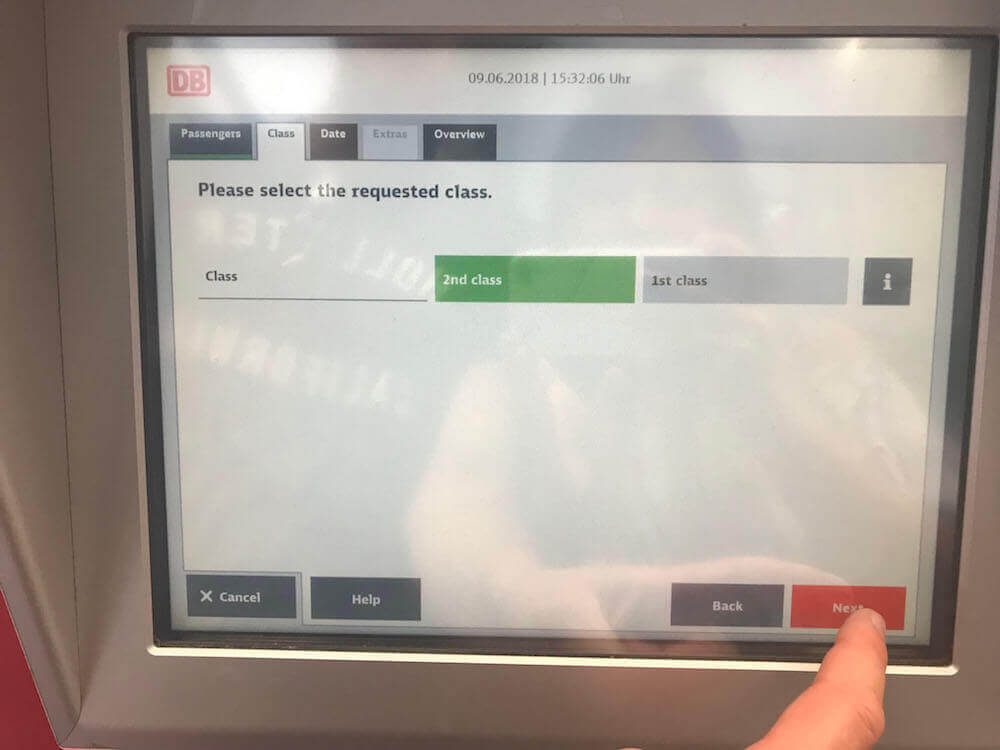
STEP SIX: Select the date of your travel, either today, tomorrow or a separate date, although keep in mind there really isn’t much benefit to purchasing a Bayern Ticket far in advance because the price doesn’t change.
STEP SEVEN: Choose whether or not to collect Bahn points. If you don’t know what these are, then you don’t need them. You can press “do not collect”.
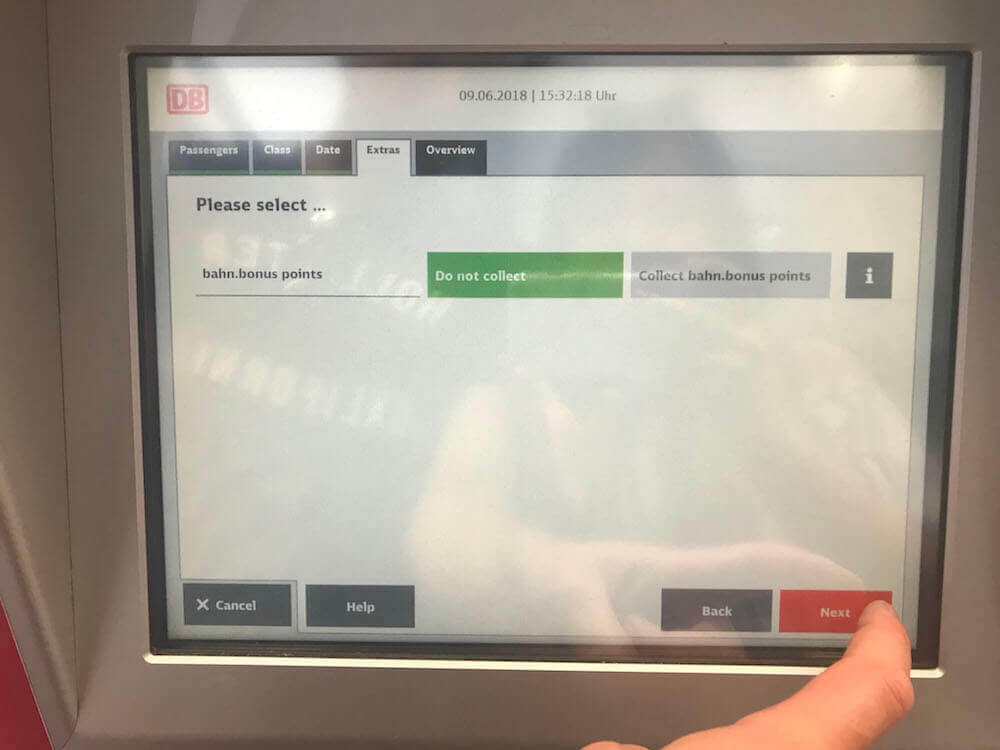
STEP EIGHT: Look all the details over to ensure that everything is correct. Bayern Tickets aren’t amendable or refundable unless under very special circumstances so make sure everything is correct before you pay. You’ll also see the terms and conditions on the right side when you’re about to pay.
STEP 9: Pay and the Bayern Ticket will be printed! Time to happy dance. Don’t forget to write all passenger’s names on the ticket ASAP.
Buying a Bayern Ticket Online
STEP ONE: Head over to the DB website for Bayern Tickets here . Click the red button.
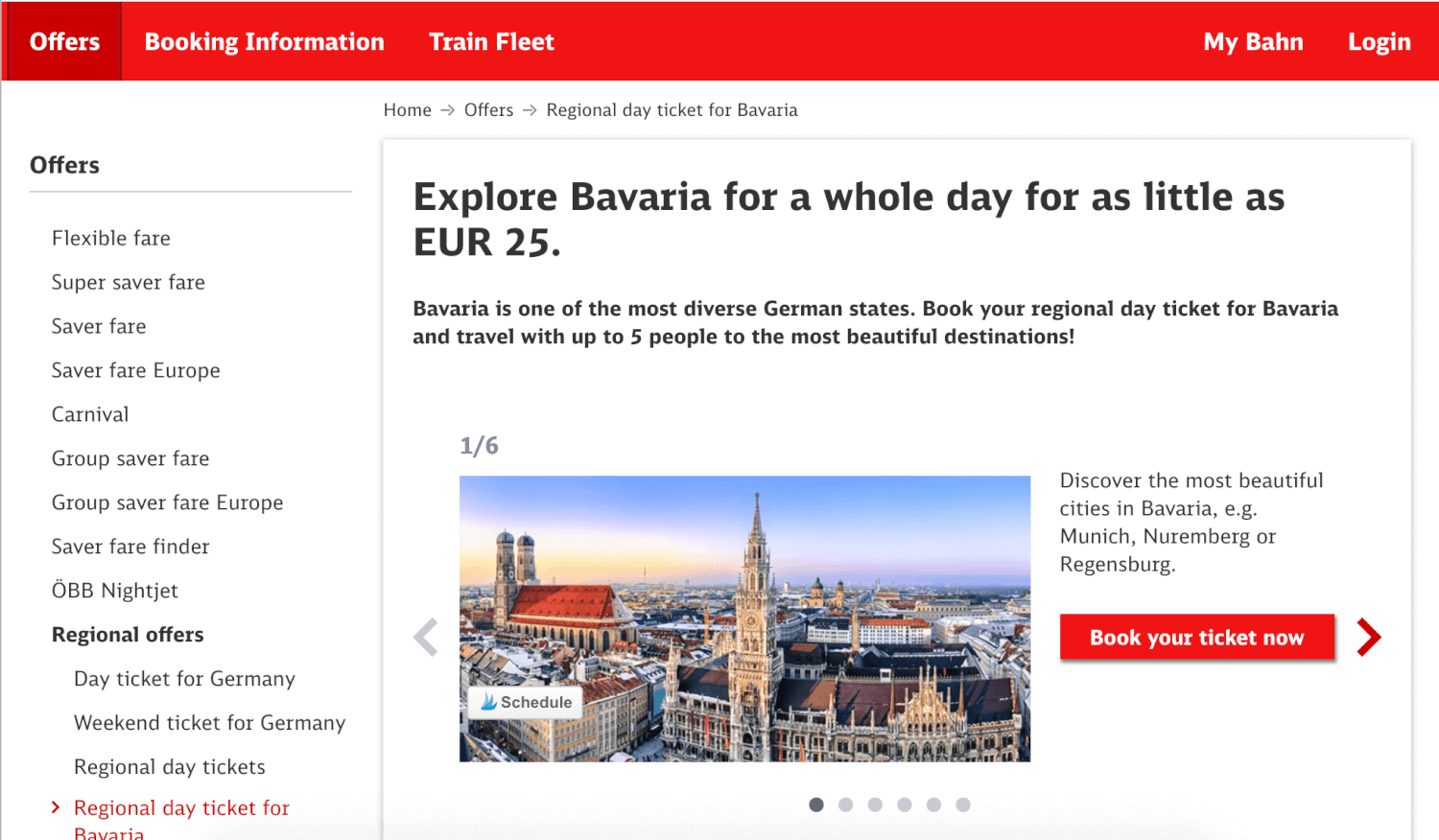
STEP TWO: Select whether you want a Bayern-Ticket or a Bayern-Ticket Nacht. Then scroll down and enter all the important details like the date of validity, number of passengers and class. Click the red To Book button when you’ve entered everything.
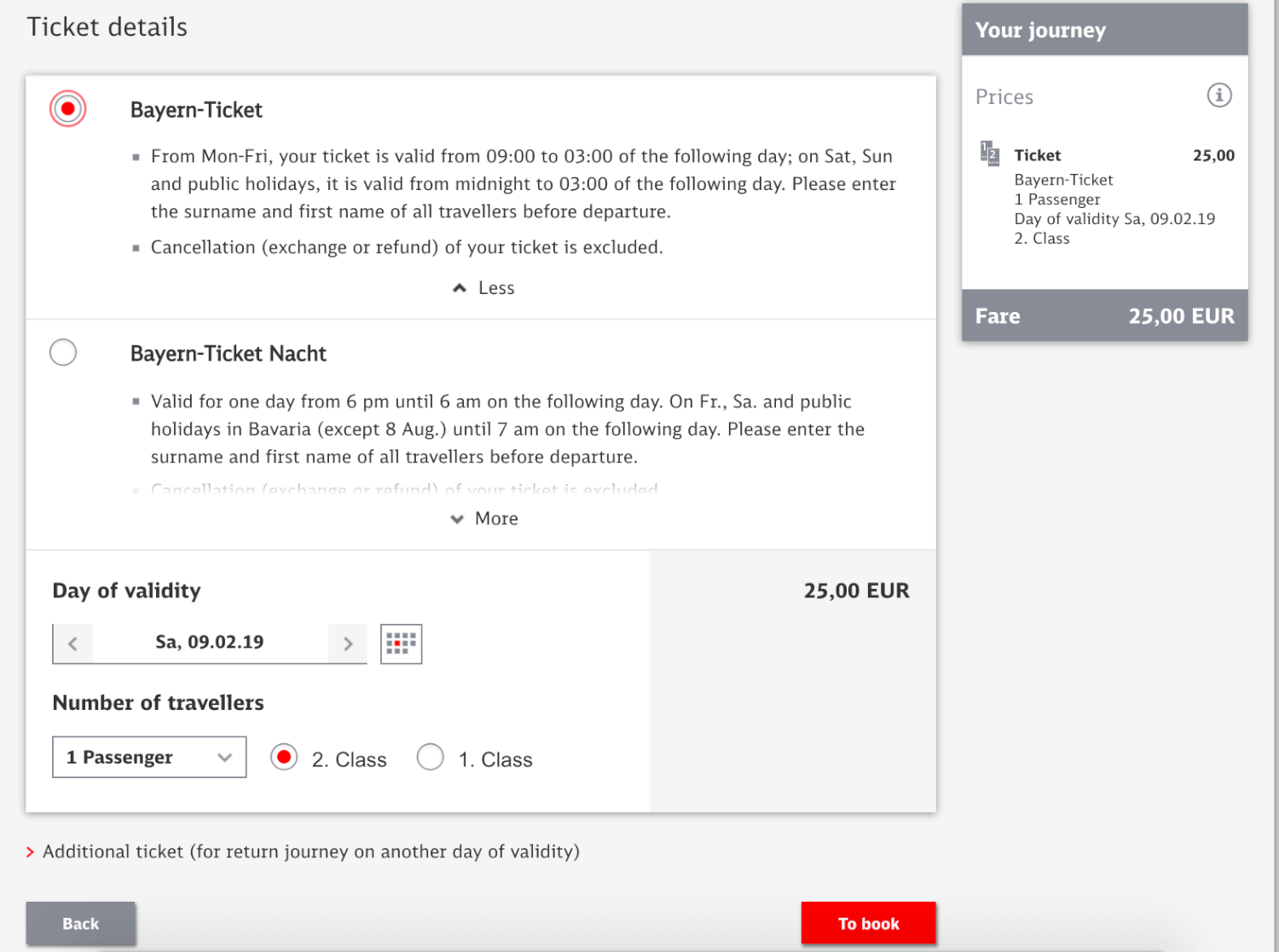
STEP THREE: At this point they’ll ask you to log in, but you can easily check out as a guest if you don’t want to make an account. Just scroll to the bottom where it says Book without Registering and press the grey Proceed button.
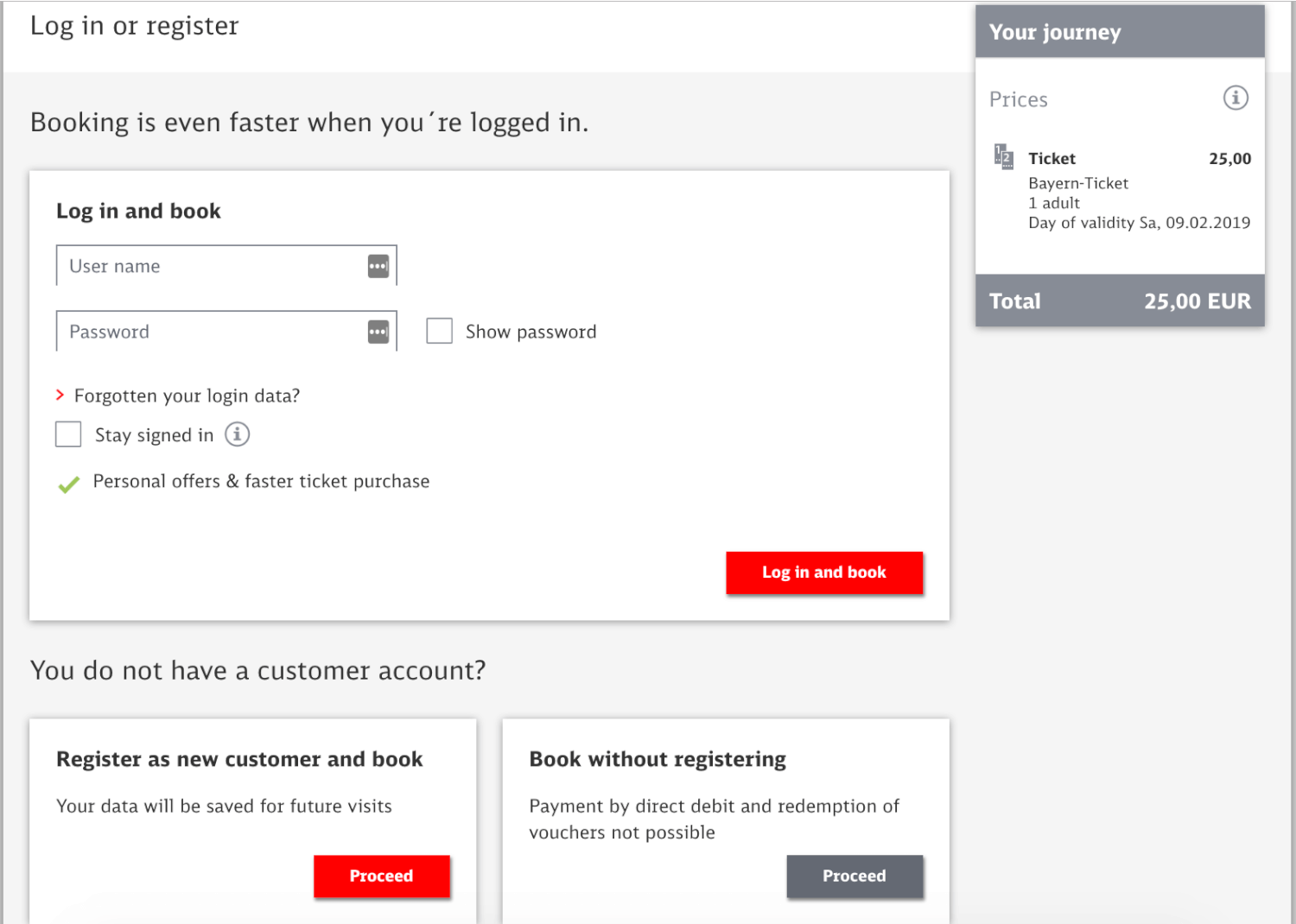
STEP FOUR: Select how you want to get your ticket. Most likely, it’ll be more convenient to just get a Digital Ticket. Select that and then move onto payment. Once you’ve paid, you’ll receive your confirmation, and your digital ticket which you can load onto your DB app!
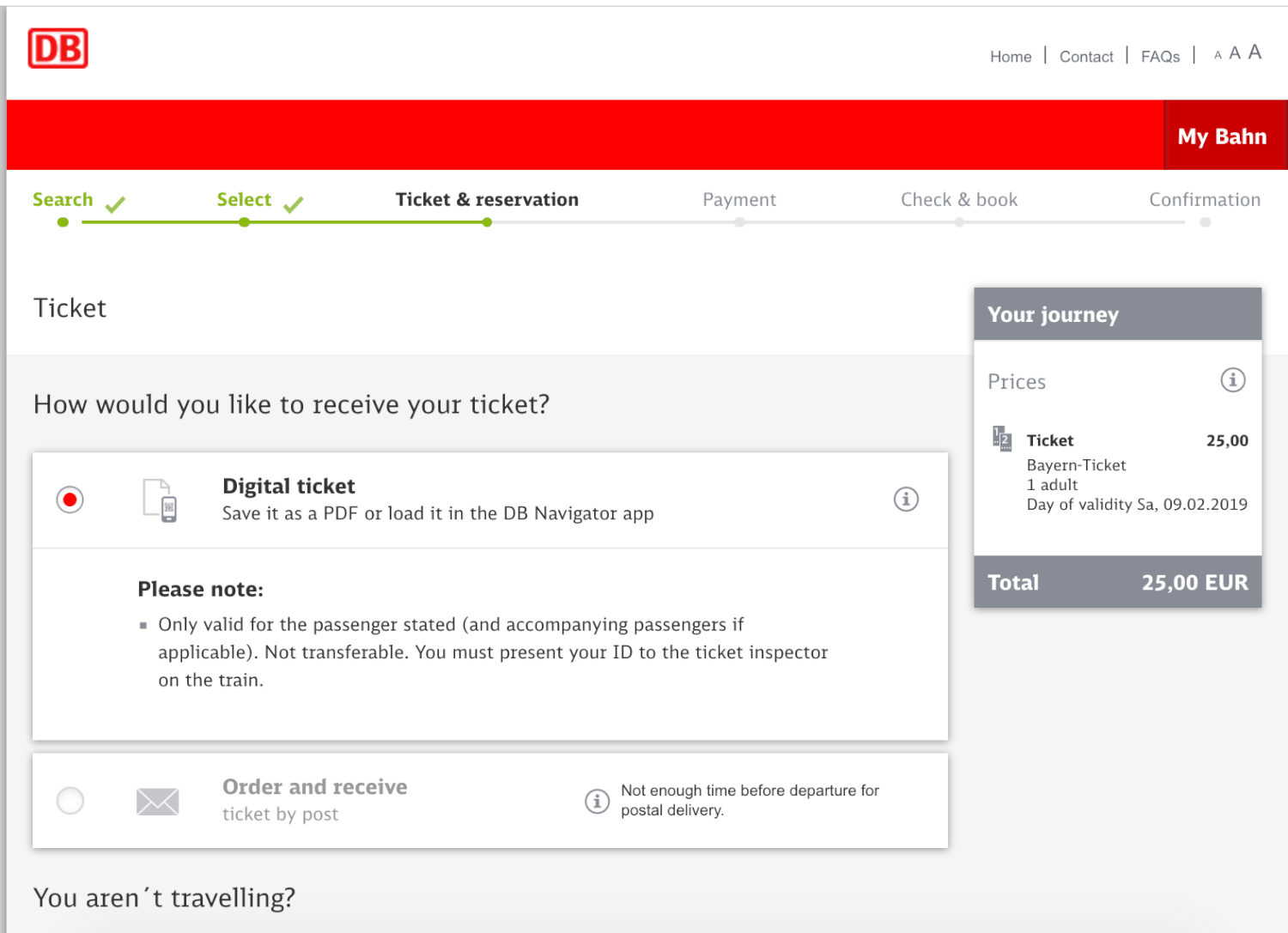
Where is the Bayern Ticket Valid?
Generally speaking, as a tourist, you don’t need to worry too much about the intricacies of the Bayern ticket. If your destination is within Bavaria, and you’re taking a regional train (not ICE), you’re fine.
All the most touristy spots in Bavaria like Neuschwanstein Castle , Munich , etc. have frequent connections that you can use with the Bayern Ticket. Select routes like Salzburg are also covered.
Worst comes to worst, just ask a DB employee before boarding and you’ll be fine.
That said, if you want some clarity, here are the official rules regarding Bayern Ticket validity.
Both the Bayern Ticket and the Bayern Ticket Nacht are valid all over Bavaria for the following:
- ALL Regional trains (eg. RE, RB, BOB, and more) within Bavaria – click here for a full list of routes covered (in German)
- Public transportation across Bavaria (e.g. S-Bahn, U-Bahn, tram, bus), with a few exceptions – click here for a list of buses not covered by the Bayern Ticket
- Select routes to neighbouring states and Austria (including Salzburg) are also valid – click here for a full list of routes covered (in German)
The Bayern Ticket and the Bayern Ticket Nacht are NOT valid on:
- Certain buses in Bavaria – click here for a list of buses not covered by the Bayern Ticket
Looking for a Bayern ticket map? Here is one.
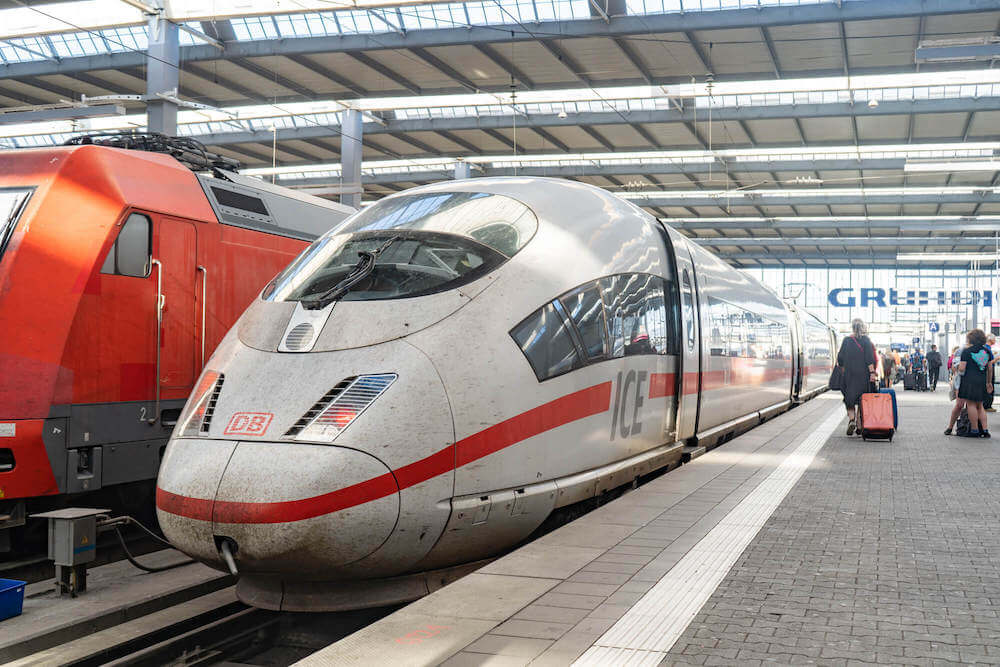
An Easy Trick for Finding Trains the BayernTicket is Valid On
I love using the DB App because it’s free and it’s the most accurate and up-to-date way to check timetables, buy tickets, etc.
One trick I really love is using it to find out which trains are regional (and therefore included in the Bayern Ticket).
Here’s how you do that.
When you open up the DB App , go to the Trip Planner and before searching your route, press the Travellers and Options section under the departure time and date.
This will open up additional Search Options. Click the grey Options tab and press Means of Transport. If you toggle the Regional Transport Only, rather than All, then your search results will ONLY show you regional trains, which means they’ll be covered by your Bayern Ticket (so long as you’re only travelling within Bavaria, that is)

*The BayernTicket and Salzburg
One of the most common question about Bayern Ticket validity is whether or not you can use the Bayern Ticket to visit Salzburg, Austria.
The answer is yes, yes you can!
The Bayern Ticket covers the Meridian Train that takes you from Munich to Salzburg and is one of the few exceptions where you can use the Bayern Ticket outside of Bavaria.
NOTE: Just don’t forget your passport – checks at the border are rare but not unheard of. I’ve experienced them twice on the train. Check out my full guide to doing a Munich to Salzburg day trip for more info.
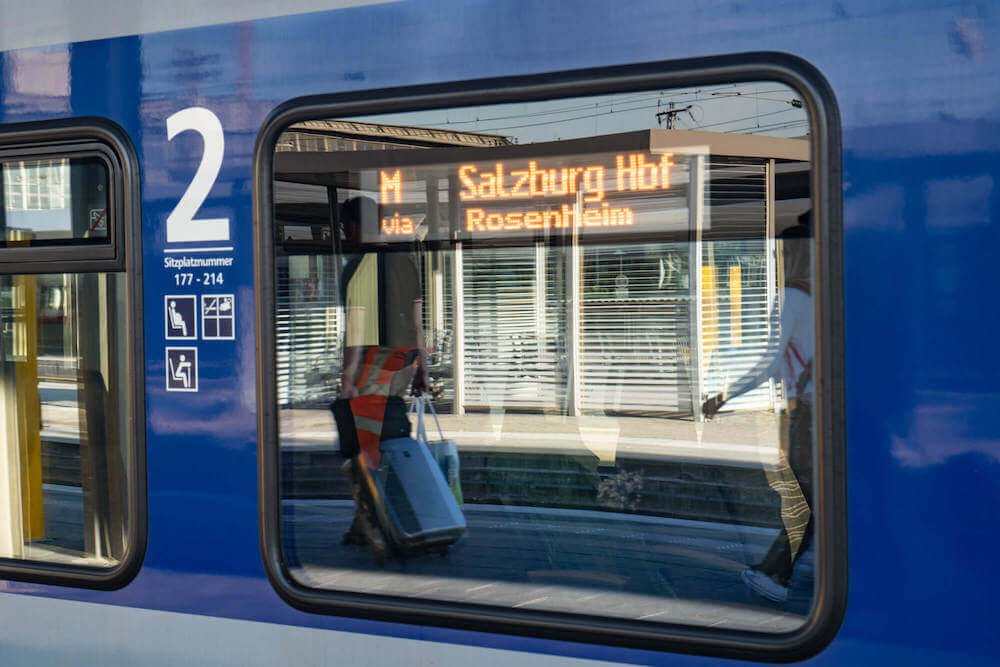
DB BayernTicket FAQ
Have more questions about the Bayern Ticket? Here are some answers to common ones:
How can I tell if a BayernTicket is a good option for me?
From experience, the BayernTicket is almost always the best deal available if you intend to do more than one trip in a day.
If you want to double check the math though, just do a quick search for your trip and see how much a full-priced ticket would be (bearing in mind the Bayern Ticket would also cover public transport like buses, U-Bahns, etc.)
If that amount comes out to more than what your Bayern Ticket would cost, then you’ve found yourself a great Bayern Ticket deal!
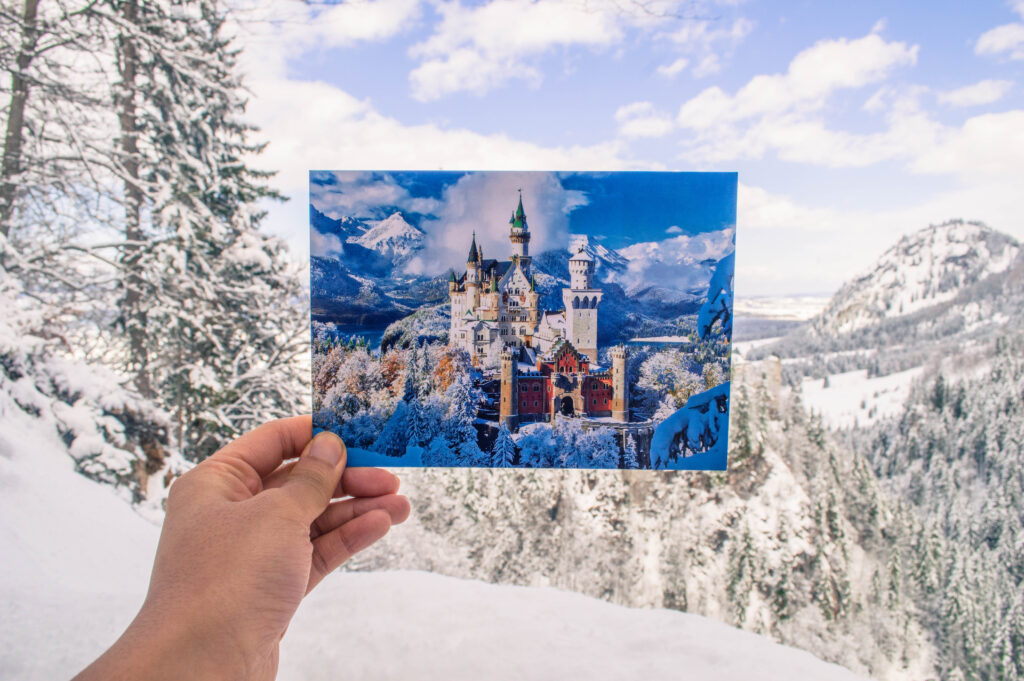
How can I tell if the BayernTicket is valid for my trip?
I explained the validity of Bayern tickets in detail above, but basically if you’re travelling within Bavaria (e.g. your departure point and destination are in Bavaria) and you’re using regional trains and public transport the entire time, there are very few instances where the BayernTicket wouldn’t cover you the entire way.
Worst comes to worst, just ask a DB employee before you board.
What are the validity times for the Bayern Ticket?
Validity times are as follows:
Can I also use the BayernTicket on buses?
The Bayern Ticket covers you on most buses, but there are some exceptions. If you want to double check, click here for a list of buses not covered by the Bayern Ticket .
What about kids? Can I bring children with me on the BayernTicket?
Generally speaking, these are the rules when bringing kids with you using the Bayern Ticket according to the official DB website:
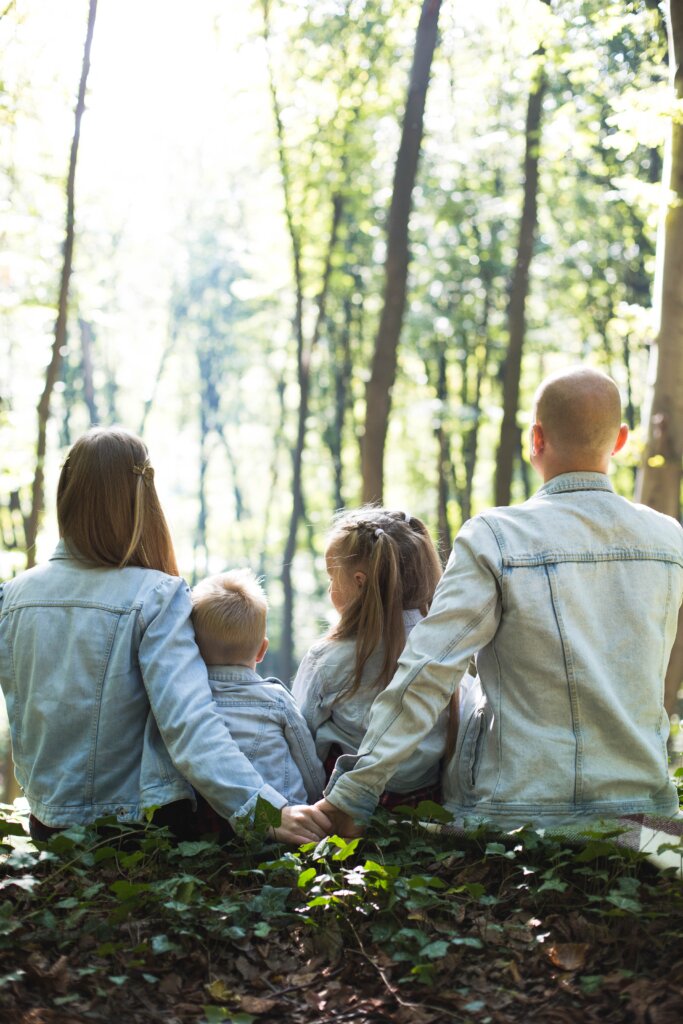
Can I bring a dog with the BayernTicket?
If your dog is small (they say the size of a housecat or smaller) then you can bring your dog on for free.
If they are larger, you must pay for a spot for them and write “Hund” (German for dog) on the ticket.
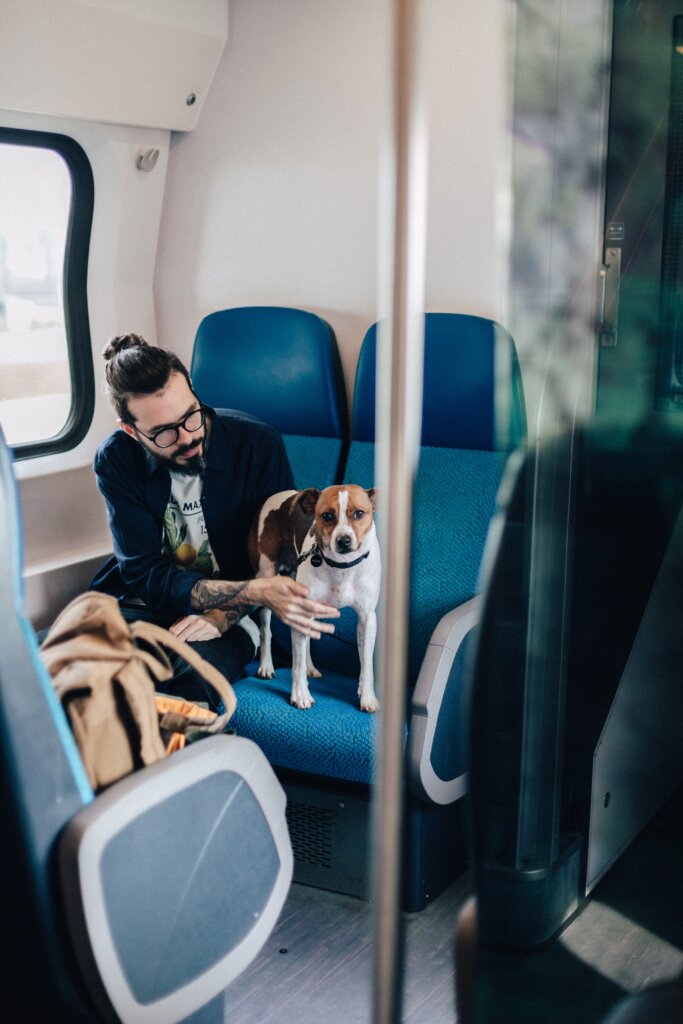
Can I bring my bike with the BayernTicket?
If you have a foldable bike that fits into the regular luggage racks, then you can bring it on for free. Otherwise, you need to pay for a bicycle day ticket, which is 5.50 euros per person per bike per day.
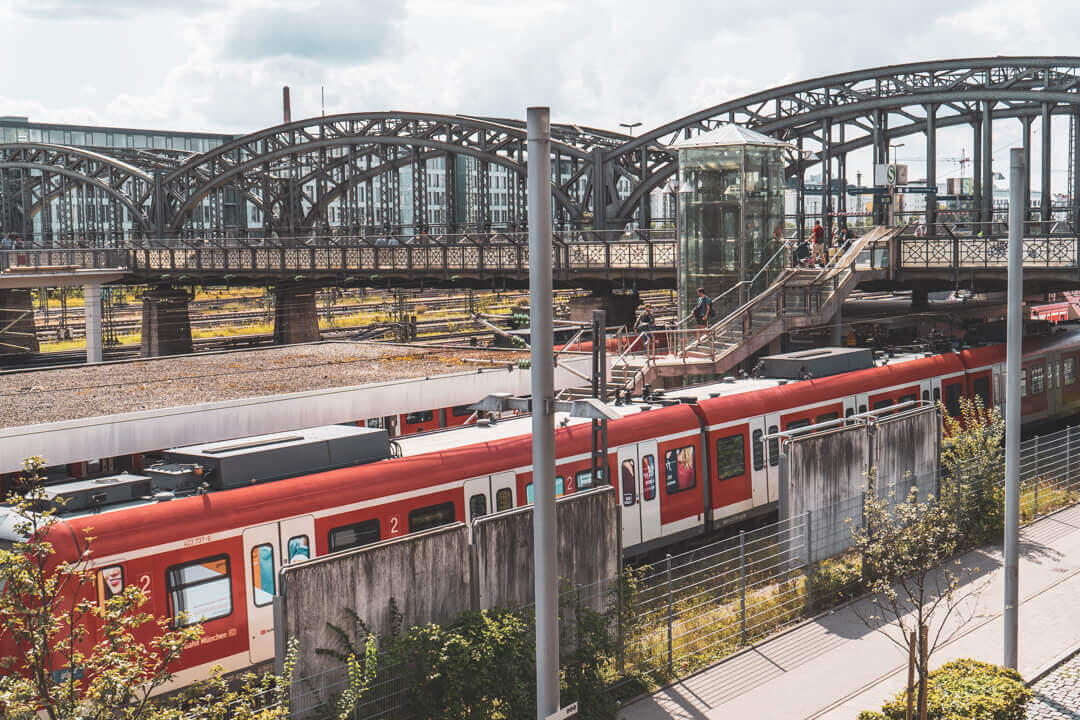
Final Tips for Using the BayernTicket
Alright, before you run off to your new Bayern Ticket adventures, here are a few final words of wisdom I have for you based on experience:
Always buy from a machine or online, rather than from a person at the DB Ticket Desk
I mentioned this earlier, but if you buy at a DB ticket desk in a train station (i.e. if a human is helping you book the ticket), they charge a 2 euro surcharge.
Since it’s so simple to just get your own ticket through the machines, I’d advise you just do it yourself.

Make sure you check the validity times on your ticket
The DB Ticket Controllers can be pretty ruthless when it comes to kicking people off the train for riding with a Bayern Ticket that’s not yet valid, even if it’s only a few minutes before validity kicks in.
One time some friends of mine were going on a hike and they got their ticket checked at 8:55am. They were kicked off at the next station because the ticket isn’t officially valid until 9am.

Bring a pen
One of the main conditions of the BayernTicket is that you need to write down the names of each passenger riding on it. This is kind of a tough thing to do when you don’t have a pen.
Make sure you bring a pen with you so you can write down all the names before your ticket gets checked.
Usually they are quite patient with you and will let you borrow a pen, but you never know with these DB ticket controllers – sometimes they’re ridiculously grumpy.

Bring your passport
While most of the time they don’t ID you, sometimes they do check ID for Bayern tickets because they want to make sure everyone who claims to be on the ticket is actually written on the ticket, if you know what I mean.
I have also been IDed 100% of the time when buying a Bayern Ticket online.
While sometimes you can get away with showing any kind of ID, like a driver’s license, I’ve been in situations where they insisted on a passport.
This is because a lot of German officials weirdly don’t see driver’s licenses as a valid form of ID.
It’s confusing, I know, but these days I always just bring my passport with me just in case they ask.
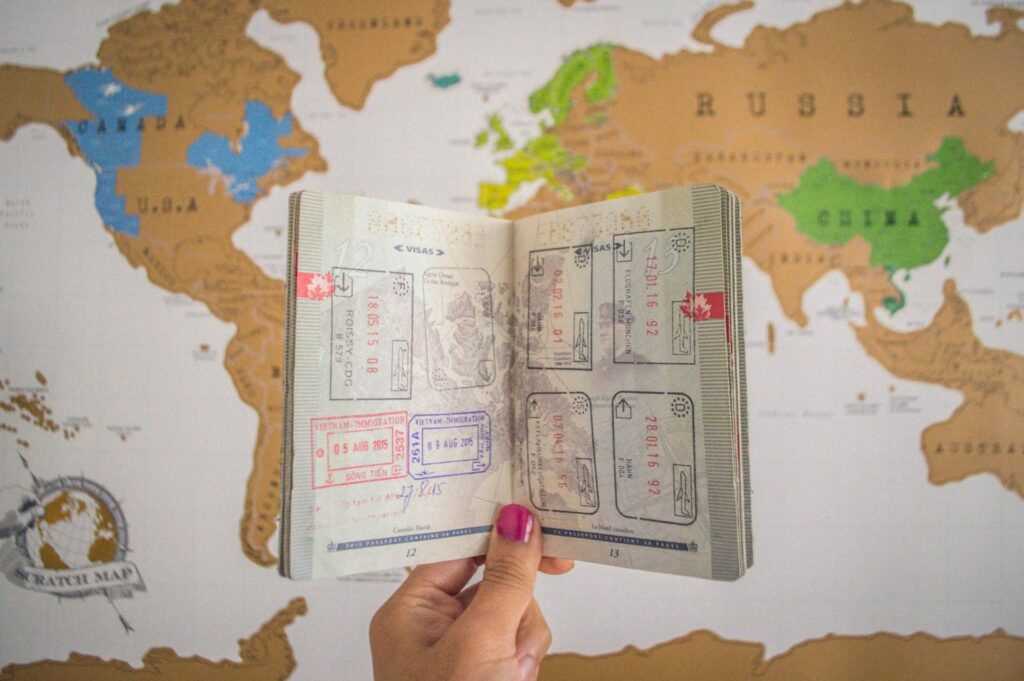
Sit in the right class that you purchased your BayernTicket for
I’m not gonna lie, the difference between 1st and 2nd class on regional German trains is pretty negligible, so I wouldn’t blame you if you accidentally waltzed into 1st class with a 2nd class ticket.
This is a really easy mistake to make, so just double check you’re sitting in the right class. There will be a big number on the outside of the train, but on the inside too you’ll see little blue squares with either a “1” or a “2” inside.
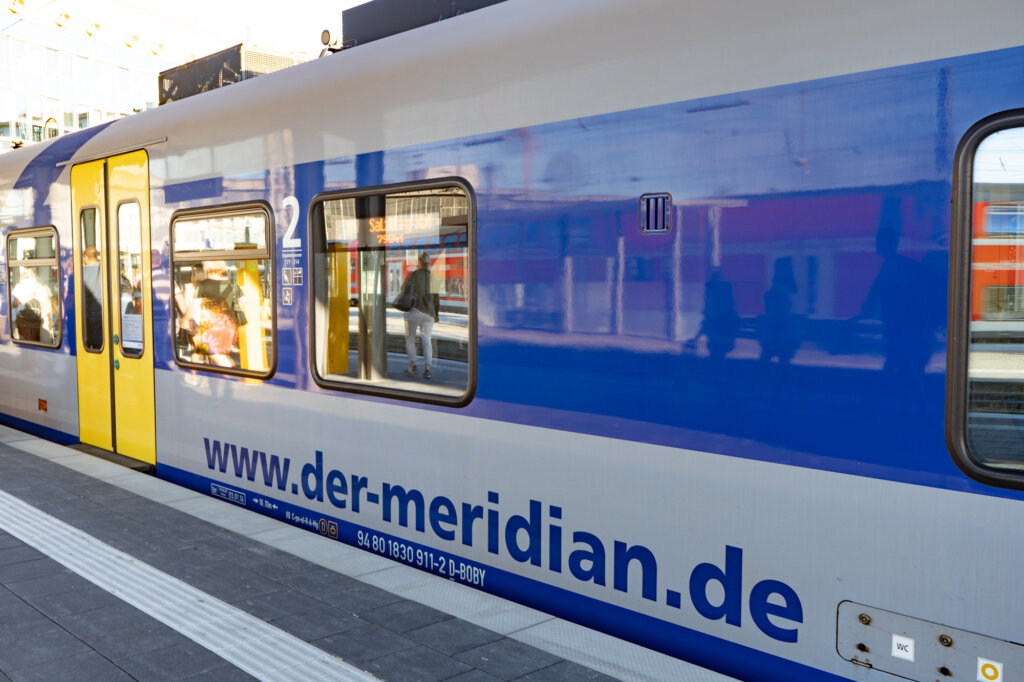
… Always stick together
This sounds like common sense, but as a frequent user of the BayernTicket during my belligerent student days, I know that on more than one occasion, people split up on group trips and kinda waltz off to do their own thing, forgetting that literally one person in the whole group has the train ticket.
Obviously, during ticket control, it’s important that you’re sitting together or at least very close.
One time my whole group did a trip to Chiemsee, only to realize the guy holding the Bayern Ticket had gone to the bathroom and missed the bus, and the OTHER guy with the Bayern ticket had voluntarily stayed behind to be a good friend.
This meant 8 of us rode without a ticket on the bus all the way to Chiemsee without realizing… Students, man. We are not smart.
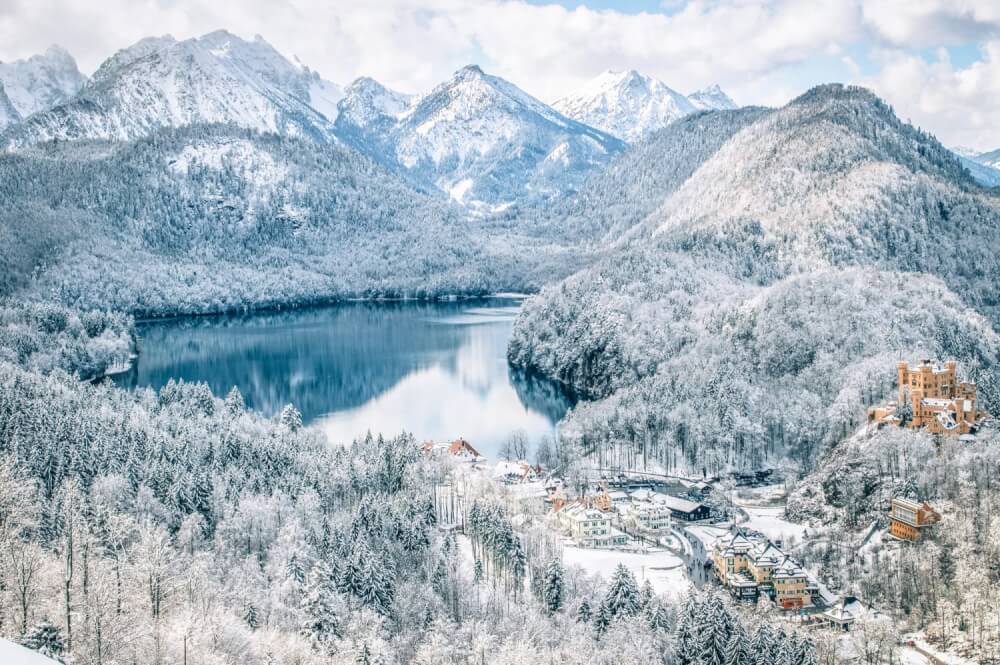
Any more Bayern Ticket questions?
I hope you found this guide helpful! Have an amazing time frolicking around Bavaria, and let me know if you have any more questions.
My Go-To Travel Favourites:
🧳 Eagle Creek: My favourite packing cubes
💳 Wise: For FREE travel friendly credit cards
🍯 Airalo: My go-to eSIM
🏨 Booking.com: For searching hotels
📷 Sony A7IV: My (amazing) camera
✈️ Google Flights : For finding flight deals
🌎 WorldNomads: For travel insurance
🎉 GetYourGuide: For booking activities
36 thoughts on “A Guide to Bavaria’s Bayern Ticket: The #1 Hack for Cheap Train Fares”
Thanks for the great details! May I know after I bought the Bayern’s pass and let say I’m going to Fussen by train now, do I required a separate ticket? Which app to use to check train timing, departure platform etc?
No need for a separate ticket, just show the inspectors your Bayern Ticket! And you can use the DB App for that 🙂 It’s free!
Hi, bought a Bayern ticket online to fussen on a weekend, the ticket indicates the time and destination. Can I ride the train earlier? Can I use it to return to munich since it is unlimited for the day? Can I use the same ticket to travel to Salzburg since it is my next destination that same day before night time? Thanks in advance
Hi Eric, are you 100% sure you purchased a Bayern Ticket and not a regular ticket? Usually Bayern tickets won’t indicate a destination or set time – they’ll just have the date, number of people and slots for you to write down their name. If you HAVE purchased a Bayern ticket, then yes you can use it to ride the train as many times as you want that day during the period of validity (see details in the post above) and you could even use it to go to Salzburg provided that it’s still valid when you depart. I would double check that you haven’t purchased a regular ticket rather than a Bayern ticket though because as I mentioned, Bayern tickets usually wouldn’t have a destination on them!
Thank you very much for the details! We easily bought a Bayern ticket for my family of 5 and traveled from Munich to Kehlsteinhaus house. The travel was amazingly cheap and fun for this U.S. family who never gets to ride mass transit!
Does the ticket cover the return to Salzburg the same day if we wish to return ? Thanks so much for the detailed analysis.
Yup!! The Bayern ticket is valid all day, as many trains/buses as you want (so long as the ticket covers them).
Hi, I want to know what is the most affordable ticket to buy when we travel to multiple cities. We arrive in Munich and will buy the Bavaria ticket but then we go to Nuremburg, Stuttgart, Baden-Baden, Cologne, Hamburg, Berlin and then all the way back to Munich. Please help 🙂
Hi Alne. Nuremberg is still in Bavaria so you can use the Bayern ticket there. For all other cities, if you intend to take regional trains only (slower than the ICE trains, but cheaper), you can use a Quer-durchs-Land-Ticket, which is the same as the Bayern ticket but covers all of Germany (and is of course therefore more expensive). You can see the comparison chart here: https://www.bahn.com/en/view/offers/regional/index.shtml
From my experience, ICE trains to Stuttgart are a lot more convenient, but are expensive if not booked in advance. But anyways the cheapest ticket you could get is probably the Quer-durchs-Land ticket especially if you’re travelling in a group. Otherwise, you can check Omio (happytowander.com/omio) to compare prices of trains/buses. You might be able to find a cheaper bus! Hope that helps.
Hi! Thanks for the detailed guide! I’m a bit confused by this rule for the Bayern ticket- “Weekdays: Valid from 9am to 3am the next day”. I’m planning to visit Neuschwanstein castle on a Tuesday and take the 7.52am train (as advised by a few travel blogs) in order to reach Fussen by 9.55am. So would that mean I won’t be able to use the Bayern ticket for the 7.52am train? And I should get it way in advance online, right? In case the train gets full (for the summer holidays). Thanks in advance!
Hi Mia – you’re correct, you could only follow that itinerary if you depart on a weekend because the ticket is valid much earlier on weekends. If travelling on a weekday, your ticket won’t be valid until 9am, and yes they do check! I learned this the hard way when my friends and I were kicked off a train on our way to a hike before 9am haha. And no need to get it in advance – the price stays the same even on the day-of, and reservations are very rare for these regional trains and you should have no trouble getting on. At peak times, finding a seat altogether for your entire group might be hard, but if you get there early there will be no trouble. Hope that helps!
Hi Thanks for the detailed report I am planning a trip from Berlin to Salzburg on 25th august which is a Sunday. Wanted to know if by using a Bayern ticket i can board the train at any time. As in suppose i want to return a little early or late in the evening from Salzburg i can keep my options open and take any train . Second if i do so without reserving seats will i be able to get seats
Hi, the Bayern ticket does not require seat reservations as they only serve regional trains, and you’ll almost always find a seat unless it’s peak peak hours/season. That said, Berlin to Salzburg is NOT a journey covered by the Bayern ticket as the Bayern ticket only covers travel within the state of Bavaria (and a few exceptions just outside, including Salzburg), so keep that in mind!
Hi I am very sorry for the typing mistake . I am actually going to Salzburg from MUNICH. So i presume the Bayern ticket covers this journey. But my actual query was – Can i take the train back to Munich at any time or is there a specific time mentioned on the ticket.
Haha okay that’s much better. You can take the train back anytime that the Bayern ticket is valid 🙂 On Sunday that means you will be covered until 3am the next day.
Hi, I am going to buy the Bayern-Ticket online. Once I purchased the ticket, how can I use it to book the train ticket online from Munich to Fussen? Thank you for your advice.
No need to book another ticket online! You just board the train with your Bayern ticket and that will serve as your ticket for the day 🙂
Hi, i saw another info on city tour card. is this the same as Bayern-ticket ? I plan to cover Munich town and Fussen as well.Which is better ? Will be aroiund 2-3 days
Hi! No, they’re not the same. The City Tour Card is only valid in Munich, and will not cover you outside of the city. For Munich, you can read my detailed public transport guide here: https://happytowander.com/munich-public-transport/
For the day that you visit Füssen, definitely the Bayern ticket would be your best bet.
I am planning to catch a 07:52am trains on Sunday from Munich to Füssen (visiting Neuschwanstein Castle) and returning to Munich the same day before 4:00 or 5:00 pm.
When should I purchase the ticket (Regular Bayern Ticket)? On Saturday or Sunday morning from the machine before departing?
You can easily buy it the morning of your departure from the ticket machine 🙂 No need to get it the day before. Have a nice time!
Hi, I have read elsewhere that the Bayern-Ticket can also be used to travel from any city in Bavaria to Innsbruck, Austria as well as Verona and Venice, Italy. Is this correct? Eileen
Hi Eileen, unfortunately you’ve been given some wrong info! The Bayern ticket is not valid for Innsbruck, Verona or Venice – it is mostly only valid in the German state of Bavaria, with a notable exception being Salzburg, Austria. Hope that helps!
Hi Christina! So glad to stumble across your blog! Thank you so much for such a detailed write-up on the Bayern ticket. My husband and I will be going to Munich for the first time in October and I’m sure this would come in very handy! x
Great detailed post as always Christina! How helpful of you to put in pictures of the ticket booking process! I’d have been lost otherwise! 🙂 And I agree with you – This ticket is such a life-saver (Read money-saver! :P) It literally helped us travel from our oddly situated resort in Schliersee to Munich every single day, also within and on the outskirts of Munich and we even took a day trip to Salzburg! 🙂 We then made the most of it by travelling back to the airport ! I have seriously lost count of the number of Euros it saved our family of four adults! 400 Euros, maybe even more!
I am so glad I stumbled upon this article (and now your website) to get GREAT tips on these!! Thank you!!!
Thanks for this super helpful and detailed guide. This made my day as I was super confused about the tickets. I am going from Munich to Salzburg and back in two weeks.
Hey, just want to say thank you for this post. Really helpful for people who want to visit München and surroundings.
Thanks for this info. We will definitely use this in December. A little savings here and there will add up to help save extra.
You may never see this but I thought I’d thank you for this article I just happened to read before we left. We were finishing up a dream trip to Germany (3wks in Dec 2019 with Christmas in Berlin) and on Dec 31st in Munich we realized we had no plans for the following day – the last day of the trip as we were flying on the 2nd. Where to go and what to do on Jan 1st? The next morning we got one of these tickets and off to Salzburg for the day. It was magical – warm (compared to Canada on Jan 1st!), people were out but not CROWDS, we walked for hours on both sides of the river and into both the Alte and Neue town, watched people braver than us learn to waltz in one of the squares, had delicious foods and an evening train back to Munich. It was easily the most enjoyable vacation day I’ve ever had. And, thanks to you! Despite everything that’s happened since then, nothing can take that day away from me. I hope you and yours are safe and well and continue so.
Hi CHRISTINA, Thanks a ton for detail information, much apricated. I have one question, we are planning to go chiemsee from Munich on Saturday and its one day tour we will return back on same day, If i buy the Bayern Ticket is that also valid for return journey or i need to buy another ticket from chiemsee to Munich for my return journey.
Hi Vicky, sorry for the late reply! I didn’t see your comment until now but will answer here in case others have the same question. The Bayern Ticket is valid for the whole day, so you can use the same ticket all day, including for your return journey and any trips in between. Hope you had a good weekend!
Just saw your brief interview on an episode of “World’s Most Scenic Railway Journeys” when they featured Bavaria!
Is it safe to assume you were doing research for this particular blog post when you made this featured guest spot?
Hi Ray, sorry I didn’t see this comment sooner!! The producers contacted me after reading some of my blog posts about Munich Hauptbahnhof actually 🙂 Hope you enjoyed the episode.
Hi Christina, I didn’t understand something. I’ll buy a Bayern ticket to travel from Oberammergau to Munich on Friday morning. Can I use the Bayern ticket to travel within Munich using public transportation or I have to buy a separate day ticket except the Bayern ticket? Thank you in advance!
Hi Vasilis, the Bayern Ticket is valid on local transport in Munich so you won’t need a different ticket (assuming you do all your travel within one day, during the valid time period). Hope that helps!
Leave a Comment Cancel reply
By using this form you agree with the storage and handling of your data by this website. *

Spring is here!
Great ideas for your next visit to Munich.
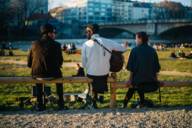
Local Love Munich
Munich's districts are diverse, contrasting and worth exploring. Immerse yourself!
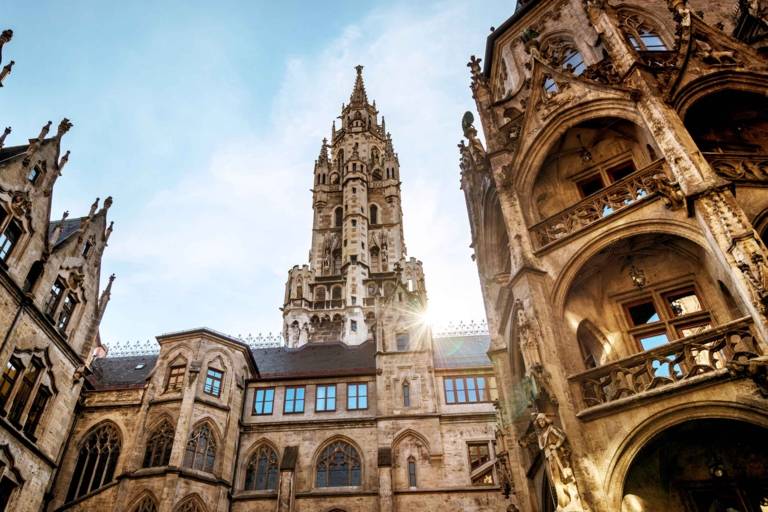
Visit of the New Town Hall Tower
Discover Munich's highlights from a very special perspective after just a few seconds in the lift!
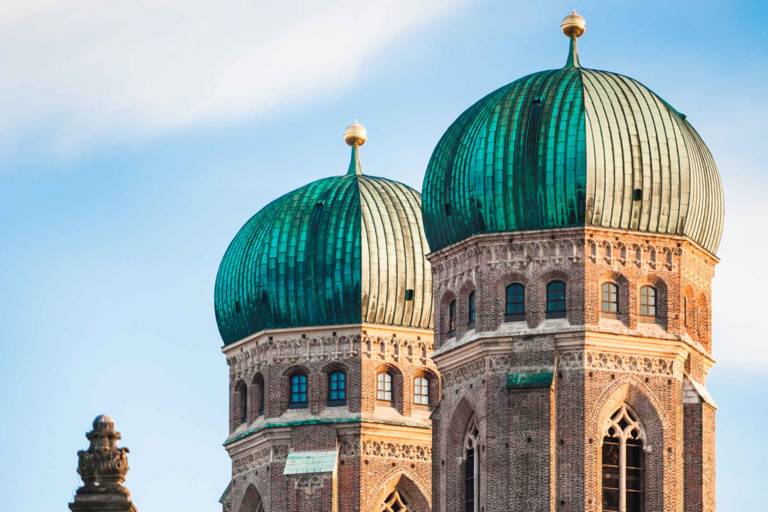
Frauenkirche: Visit of the South Tower
Book a visit to the observation deck of Munich's Frauenkirche and enjoy a 360-degree panoramic view of the city.
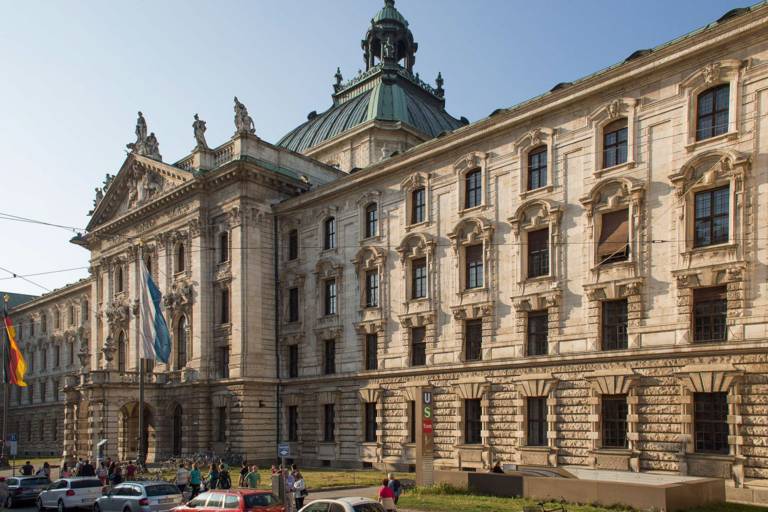
Justizpalast Tour
During the guided tour of the present-day seat of the Bavarian State Ministry of Justice, you will learn everything about the history and significance of the neo-baroque court and administrative building.
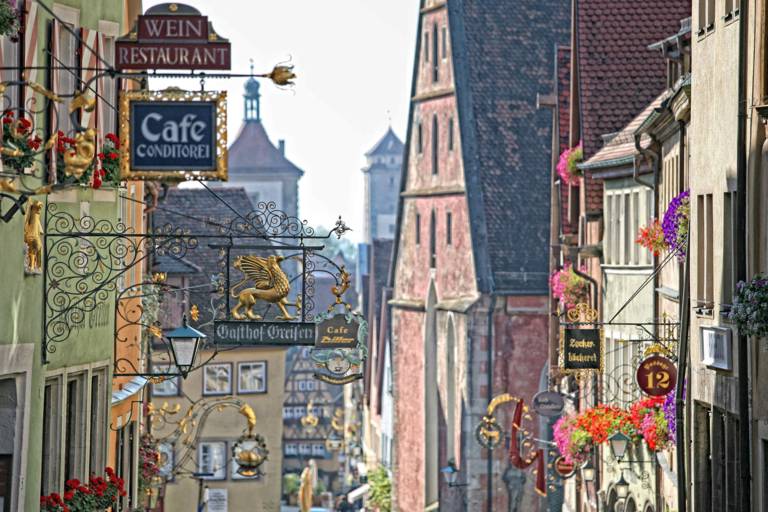
Romantic Road: Rothenburg and Harburg
Hop on and be whisked away by one of the world's most beautiful stretches of street: the Romantic Road to Rothenburg and Harburg.
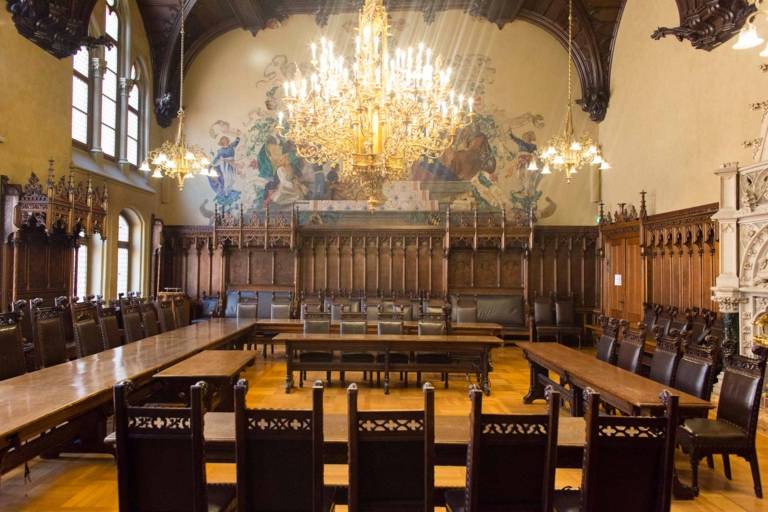
New Town Hall Tour
Explore the Neue Rathaus on Marienplatz with an official City of Munich tour guide. A visit of the famous law library is also included!
Explore the Neue Rathaus on Marienplatz with an official tour guide. A visit of the famous law library is also included!
Magistrates, Monachia and magnificent celebrations: explore the Neue Rathaus on Marienplatz with an official City of Munich tour guide. A visit of the famous law library is also included!
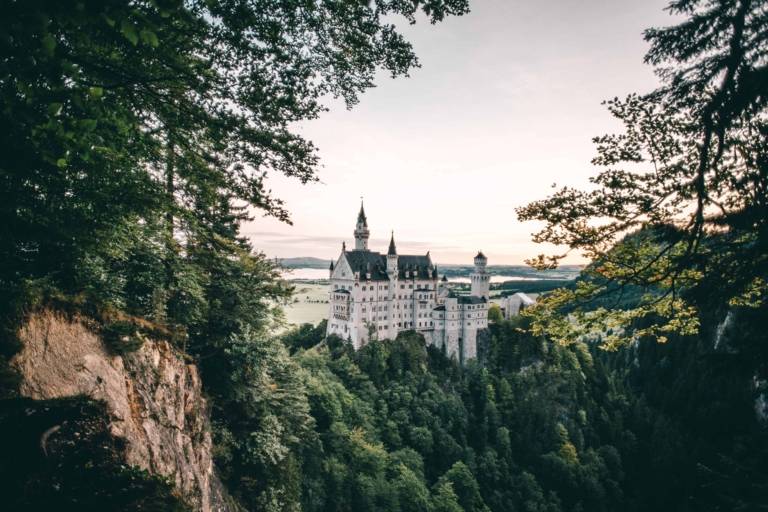
Dream castles Neuschwanstein & Linderhof VIP
As VIP in the footsteps of King Ludwig II. On this day tour in the luxurious long-distance coach of Gray Line Sightseeing you can visit both dream castles of the fairytale king.
A day tour in the luxurious long-distance coach of Gray Line Sightseeing.
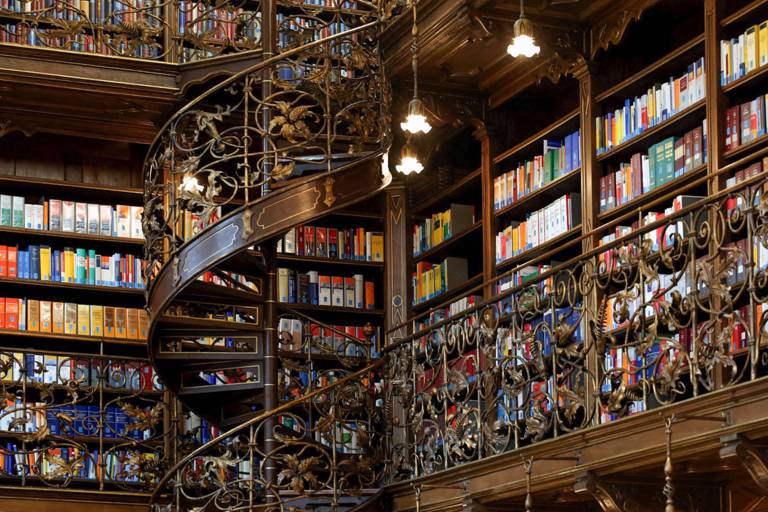
Visit of the Law Library: Juristische Bibliothek
Impressive architecture and unique ambience: discover the Law Library in the New Town Hall.
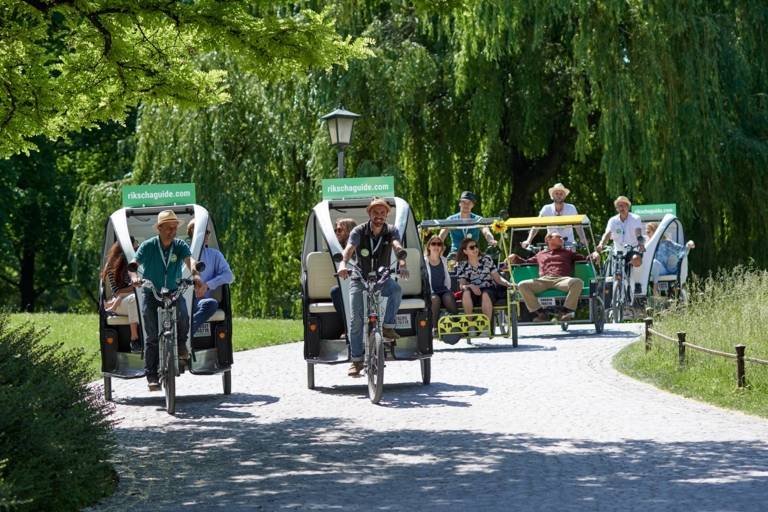
Pedicab tour through the old town and nature
Enjoy this special tour and pedicap ride past all the famous sights of Munich's old town and into the Englischer Garten.
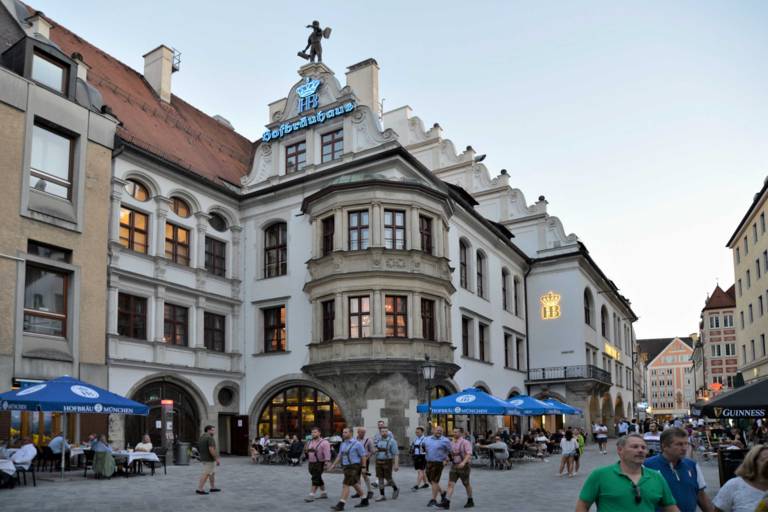
Hofbräuhaus Tour
Discover the most famous beer hall in the world with an official guide of the city of Munich and enjoy a fresh Mass of beer afterward!
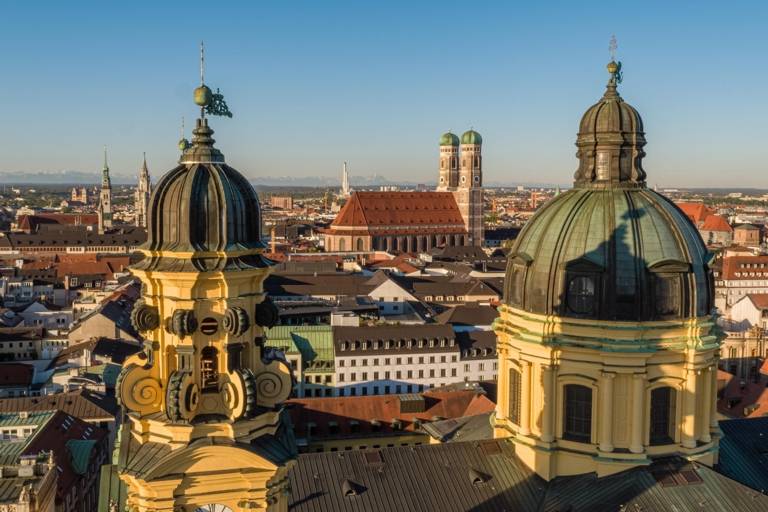
City trip incl. Munich Card and Tower Ascent
We look forward to seeing you again in Munich. Our tip: the exclusive travel package with Munich Card and Tower Ascent.
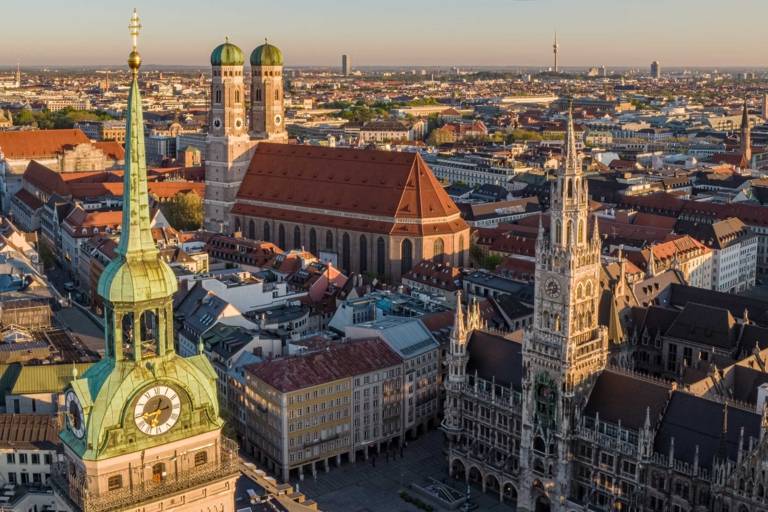
Old Town Tour
The city walk for everyone who wants to become acquainted with the most beautiful parts of Munich's city centre.
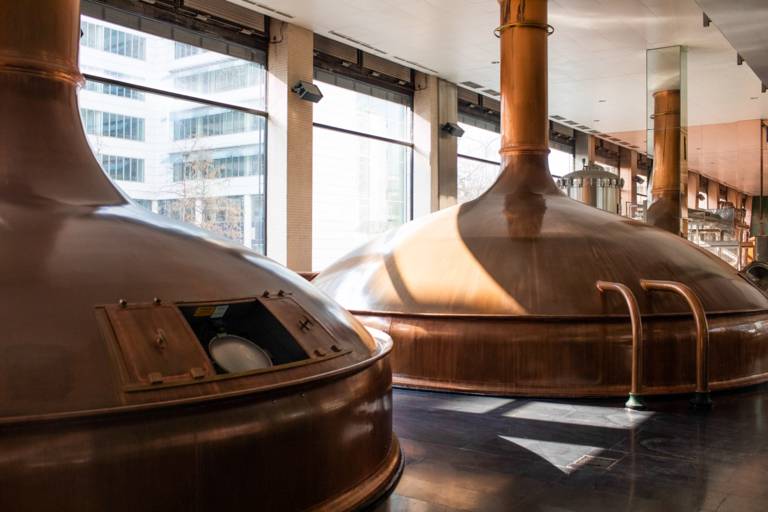
Spaten Brewery Tour
Experience a brewery tour at Spaten with a look behind the scenes, interesting facts about the company history and beer tasting in the brewery tower.
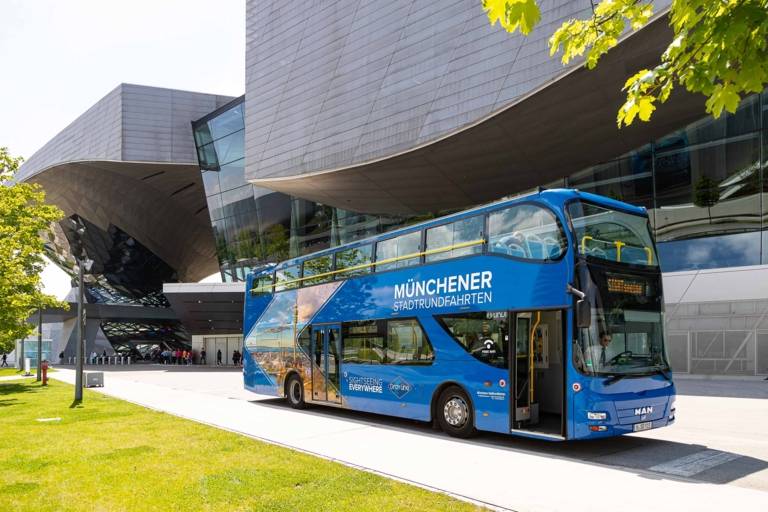
Hop-On Hop-Off Grand Circle 24h
The hop-on hop-off Grand Circle tour of Gray Line will let you collect unforgettable impressions of Munich.

Buy now vouchers for your visit in Munich. The ideal gift! Guided tours, guest cards and more...
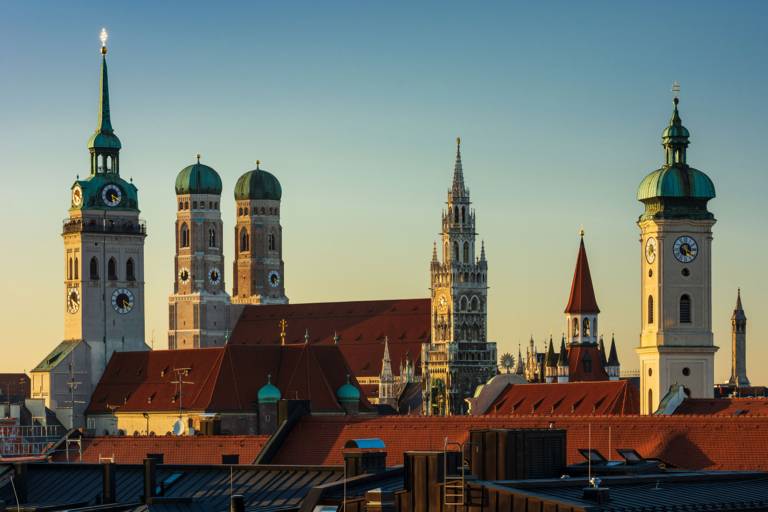
Private guided tour through Munich's Old Town
Exclusive and safe: Discover the most beautiful sights and corners of Munich's city centre with your official personal guide.
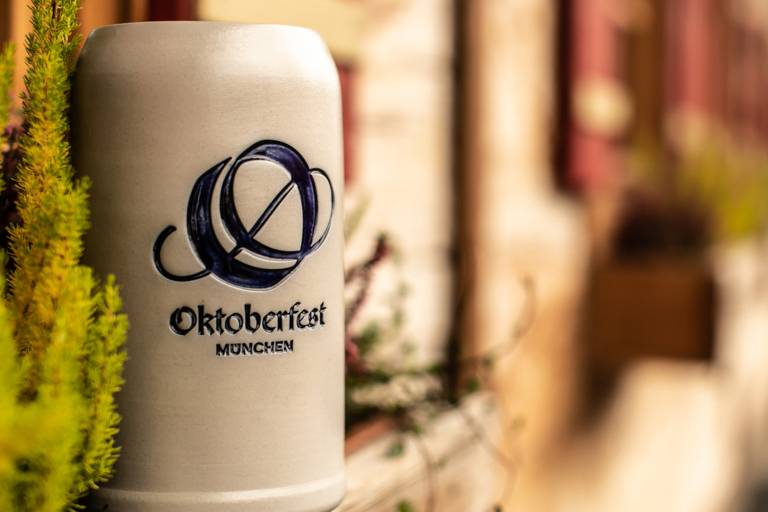
Oktoberfest Shop
Bring a piece of Oktoberfest home: Purchase official souvenirs such as the Wiesn poster or the Oktoberfest beer stein in the official Oktoberfest shop.

Discovery trip incl. City Pass
2 nights in your selected hotel and - thanks to the City Pass - free admission to 45 museums, sights and attractions: our travel package for explorers.
Neighbourhood Ambassadors Munich
Immerse yourself in the colorful variety of Munich's neighborhoods, and be guided by the inspiring recommendations of our neighborhood ambassadors.
Hungry for art
From the Old Masters to the new young things: Munich's museums showcase art from all branches and eras. Here are some exhibitions that you'll definitely want to catch in 2024!
Celebrating with tradition: Dult is cult!
Three times a year for nine days of shopping, searching, watching, and amusing. Maidult, Jakobidult and Kirchweihdult are cult in Munich.
The little sister of the Oktoberfest
The folk festival season starts in Munich with the Spring Festival. A good opportunity to unpack your dirndl or lederhosen again after the long winter!

Munich Card & City Pass
Discover Munich in a relaxed and uncomplicated way: discounts for the diverse range of art, culture and leisure activities with our guest cards.
Free Public transport
Reduced or included!
Public transport is included
Many discounts with the Card, many things for free with the Pass.
Online or at the tourist information offices
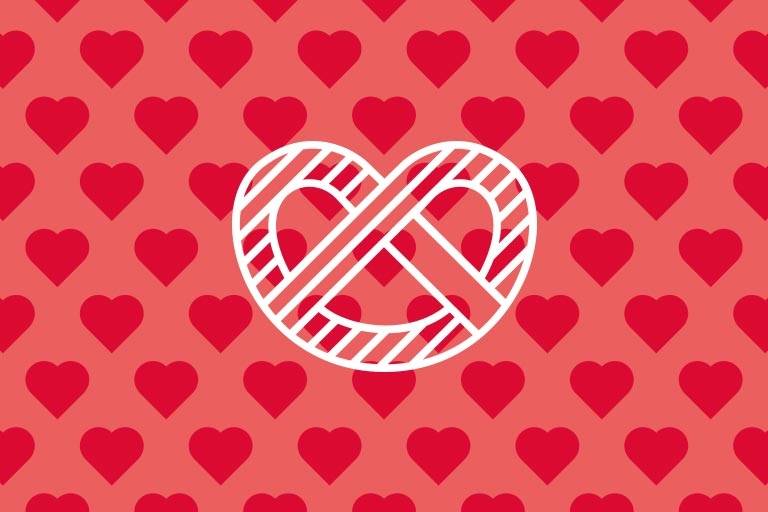
Guided Tours

Travel Packages

Accomodation
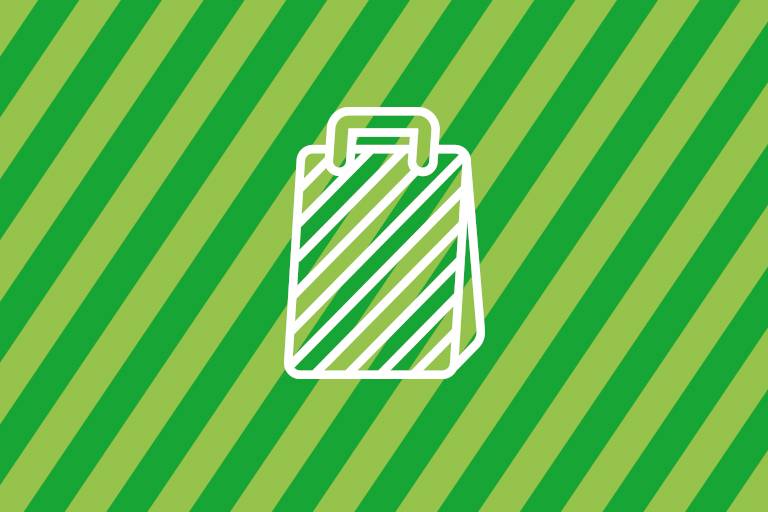
Give the gift of a special Munich voucher: we also offer vouchers for all our guided tours. Here you can book unique Munich experiences directly online, print them out and give them as a gift voucher to friends or family.

As soon as the first spring-like temperatures arrive in Munich, the city's restaurants and cafés begin the big chair shuffle.
A Maze of Gold and Glitter
Our author was born and raised in Munich – and yet has never been to the Residenz (city palace). Now it's time for a first visit!
A Pot-pourri of Curiosities
For the “I've never been to...“-series, Anika Landsteiner explores the Valentin-Karlstadt-Musäum for the first time.
Hey, street art fans! Munich is a treasure of colorful street art waiting to be explored. Be amazed by the artistic marvels showcased as you take a leisurely stroll through the city streets.
Great activities for families
Munich is one of the most popular destinations with children. These are our suggestions for families at any time of year and in any weather!
Event calendar
Find things to do in Munich by month with our special event calendar. See Munich's top events.
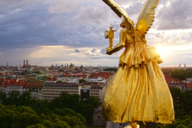
The most important sights in Munich at a glance
Places in Munich that you should definitely visit at least once!
- Book excursions
- Book the Munich-Card
- Book guided tours
Find your hotel now
Travel date
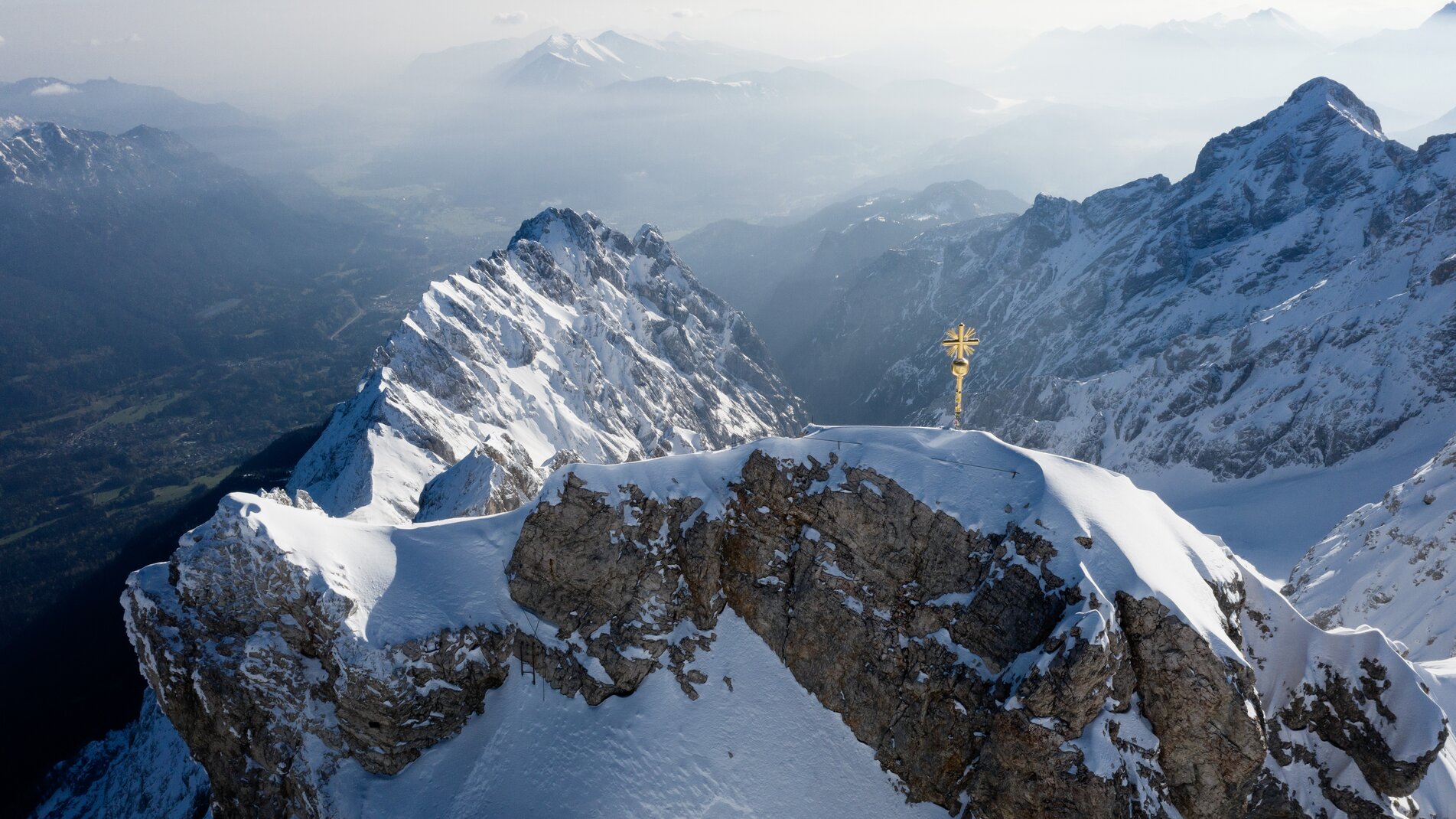
- 8 / 8 Zugspitze
- 0 / 17 Garmisch-Classic
Twin-Ticket
Gipfeltöne | 20.04. & 14.09.2024, maintenance work, wank unplugged | 12 & 13 july 2024.
Tickets, FAQ and activities: All the info you need for your visit to the Zugspitze, Mount Wank or the Garmisch-Classic area.
Garmisch-Classic
Tickets zugspitze, tickets garmisch-classic, combination ticket – train & cable car, season tickets & annual passes.
Top to-dos on the Zugspitze, on Mount Wank and in the Garmisch-Classic area.
Family highlights
Fascination mountain railways, helpful information & tips, getting here & parking, plan your trip, opening hours & timetable, restaurants, conferences & seminars in the mountains.
Cookie banner
We use cookies and other tracking technologies to improve your browsing experience on our site, show personalized content and targeted ads, analyze site traffic, and understand where our audiences come from. To learn more or opt-out, read our Cookie Policy . Please also read our Privacy Notice and Terms of Use , which became effective December 20, 2019.
By choosing I Accept , you consent to our use of cookies and other tracking technologies.

Follow True Blue LA online:
- Follow True Blue LA on Twitter
- Follow True Blue LA on Facebook
Site search
- Game threads
- Game coverage
- Dodgers news
- Minor leagues
- Dodgers links
- Dodgers history
- All-Star Game
- Community Guidelines
- Full Archive
- Fantasy Baseball
Filed under:
- MLB stadium guides
On the Road with Eli(zondo) and Adric ... in Minneapolis
The Guide explores Target Field
Share this story
- Share this on Facebook
- Share this on Twitter
- Share this on Reddit
- Share All sharing options
Share All sharing options for: On the Road with Eli(zondo) and Adric ... in Minneapolis
/cdn.vox-cdn.com/uploads/chorus_image/image/73264107/W4jZ9Fc.0.jpg)
[Author’s Note: usually the song with each entry has some tie to the region, honestly, I remember driving to the Wisconsin border while listening to Gordon Lightfoot.]
So you’ve decided to heed the call to adventure . Good for you. If you need to refer back to what the Guide actually is or who I actually am, please refer to the included links.
The best customer service in the Major Leagues
Introduction.
The Guide has the following to say about going to a game at Target Field:
It’s nice. Too nice. Is this ballpark is what baseball heaven is like? Oh wait, the weather has just turned and now I am physically miserable.
Target Field is good — really good , when the weather cooperates. When the weather does not cooperate, you will long for the comforts of a dome.
Going to a game at Target Field should not work. Located in central Minnesota, Target Field is one of the most northern stadiums in North America, with only Seattle being more north. The stadium is on a tiny plot of land in a downtown city in the upper Midwest.
If you overthink it, you can dwell on every feature at Target Field and how it should not work. And yet, in the heart of Minneapolis, you have a stadium that is more than the sum of its parts. You have an experience that every Dodgers fan should experience every two years while visiting the home of the Minnesota Twins .
Like its divisional cousin in Kansas City , if you are going to watch a ballgame, and the weather cooperates, which is a mighty big if, you should have a nice time. The following is all you will need to know about going to a Dodgers/Twins game at Target Field.
The Five Questions of the Guide:
1. is it worth going here, yes, it would be best if you considered going here every two years..
:no_upscale()/cdn.vox-cdn.com/uploads/chorus_asset/file/25357308/d9lCDb9.jpeg)
Enjoying a game at Target Field involves answering two questions, one of which you will not have any control over whatsoever.
- Will the weather cooperate?
- Like in nearby Milwaukee , are you willing to get what you pay for?
It is pretty simple: in the upper Midwest, sometimes you are forced to play weather roulette. If the weather cooperates, your game will likely be perfect, with the right balance of temperature and humidity.
But if you lose weather roulette? Remember, this stadium has no dome. If you barely lose weather roulette, it will just be hot and muggy — typical Midwestern stuff. But if you truly lose weather roulette, depending on the time of year, prepare for freezing rain or snow.
That scenario is exactly what happened to me in April 2022. The first time I ever left a Dodger game early was April 12, 2022, when the rains outlasted the last train back to my hotel.
For the first-timer at Target Field, you can go to Guest Services and request your own First Game Certificate, as previously discussed , Moreover, if you forget or if yours is damaged, you can request a replacement from Customer Service, as you can see below.
:no_upscale()/cdn.vox-cdn.com/uploads/chorus_asset/file/25357427/ElCOxC6.jpg)
What I cannot overemphasize enough is the quality of the customer service at this ballpark. I signed up for the MVP Tour, which was marketed as being VIP and exclusive for $100. When I was late due to my Uber driver somehow being lost in the adjacent parking garage, Twins’ customer service reached out to me by cell and gave step-by-step instructions for the driver, then had someone meet me at another gate so that I could join the tour group.
But I’m not done! Then, when inclement weather forced an early end to the tour, the Twins’ tour leader gave each of us roughly $50-60 worth of Twins’ swag. I ended up giving most of it away because you know, I’m a Dodger fan, but I deeply appreciated the gesture.
And I’m still not done — two weeks after I got home, I got a thank you card for visiting Target Field, which I still have to this day.
:no_upscale()/cdn.vox-cdn.com/uploads/chorus_asset/file/25358435/GFrsGzGaQAAV3J8.jpg)
When I rave about the customer service at this ballpark, I mean it. The only note I have is to not bring a tripod or a selfie stick to the ballpark. The ushers had a particularly aggressive response to protecting the intellectual property of baseball. So as long as you do not commit that faux pas, you should encounter what I consider the best customer service in baseball.
2. How should I get there?
:no_upscale()/cdn.vox-cdn.com/uploads/chorus_asset/file/25359164/278365270_5053228131409610_8600658139944336025_n.jpg)
Unless you lived nearby, I could hardly expect anyone to do anything but fly to Minneapolis. Minneapolis-Saint Paul International Airport (MSP) is a Delta Airlines hub, so getting to Minneapolis is fairly easy. Plus Minneapolis is serviced by Sun Country Airlines, which is basically a better version of Frontier Airlines.
One has multiple options to get to Target Field. If one picks a hotel close enough to the ballpark, one can just walk to the ballpark as the stadium is an urbanized area. For one game, I took a rideshare to get to the ballpark, and for the other, I used the light rail system to get to and from the ballpark.
Personally, I find the area around Target Field to be a bit maze-like, and some extra signage and lighting is needed to find the light rail station, especially in inclement weather. I found that rideshare was hit and miss as to getting and from the ballpark as the drivers I found did not know the area very well. Personally, it takes a special talent to get lost in a parking garage that is literally attached to the stadium.
It looks as if there is more mass transit servicing Target Field than when I last visited. Considering the urban nature of the area by the ballpark, I would not advise renting a car and parking at the ballpark unless one was a local. While there are 7000 parking spaces in the adjacent garage and about 25000 parking spaces in downtown , one getting to the game by car will need to use SpotHero find parking near the venue. Thankfully, the prices appear to be reasonable if one is willing to walk the rest of the way.
The downside to taking the light rail is eventually it will stop running for the night, so plan accordingly. If you pick a nearby hotel, this issue will likely be a minor one. However, if one picked a hotel that is further away, which is a perfect segue to the next question.
3. Where should I stay?
Now, as we have established most Dodger fans coming into Minneapolis are likely out-of-towners, most fans who use this Guide entry will likely be flying into MSP. As such, most visitors to Target Field will likely not have a car. There are quite a few hotels in the vicinity of Target Field, and most of them are in downtown, relatively close to Target Field.
:no_upscale()/cdn.vox-cdn.com/uploads/chorus_asset/file/25361289/Screenshot_2024_03_28_234739.png)
You might be tempted to try to save some money by being farther away from the ballpark. After all, the light rail extends to MSP and has a stop at the nearby Mall of America. I made this mistake and I would recommend that one does as I suggest, rather than what I did. If I had to do it over again, I would have just paid a bit extra for a nearby hotel rather than try to refine some so-called inefficiency by trying to be the Mall of America and MSP.
:no_upscale()/cdn.vox-cdn.com/uploads/chorus_asset/file/25361295/Screenshot_2024_03_28_234903.png)
After speaking to a few sources in Twins Twitter, they recommended hotels including the Best Western Plus The Normandy, as it is an excellent combination of both price and proximity to the light rail. One could technically walk three-quarters of a mile to Target Field, but I would just walk a couple of blocks to the station, buy an all-day pass, and not worry too hard about getting to and from the stadium.
4. Where should I sit?
:no_upscale()/cdn.vox-cdn.com/uploads/chorus_asset/file/25359039/86810674_5053200828079007_5018377049097534301_n.jpg)
Normally, I give you a range of options for where to sit for a road Dodgers game. However, this time, the seating recommendations are fairly simple. Ticket prices at Target Field are extremely reasonable for the venue’s beauty. Like seeing a Pittsburgh Pirates game in Pittsburgh, the ticket prices are far more reasonable than at Dodger Stadium.
The design firm, Populous, designed PNC Park , Target Field, Oracle Park, and Oriole Park at Camden Yards, among others. If you have been to PNC Park, you can see the influences at Target Field.
Again, the main difference is the weather. Warm rain in Pittsburgh is no big deal. Cold or freezing rain is a much different story. As such, there is only one place where I would recommend sitting regardless of the weather. Otherwise, feel free to sit wherever you like, just be mindful that seats behind home plate or the dugouts will cost you.
:no_upscale()/cdn.vox-cdn.com/uploads/chorus_asset/file/25359124/B9f51W0.jpeg)
These seats were called Delta Club seating when I last went in 2022. Now these seats are called Thirvent Club seating. As you can see from the photo, you have a great view of the game but you also have access to the climate-controlled club area with indoor vendors and televisions to see the game, if the weather does not cooperate.
:no_upscale()/cdn.vox-cdn.com/uploads/chorus_asset/file/25359160/Screenshot_2024_03_27_231639.png)
Here’s the kicker about these seats: you cannot buy single-game tickets in this section directly from the team as they are technically luxury seats. For these seats, you can get them on the secondary market, and on average are $50-100/ticket. All things considered, these seats are quite the bargain.
5. After your trip, is it worth going back?
- Hey, that was fun! This trip needs to be a yearly event, if possible! (assuming the weather cooperates)
:no_upscale()/cdn.vox-cdn.com/uploads/chorus_asset/file/25358702/XQnQI2Y.jpeg)
I attended two-ish games at Target Field in April 2022. The Dodgers won both as Kershaw flirted with perfection . Weather aside, I would go again. The only reason I pass on going is that there are other ballparks to visit and sometimes the charms of Minneapolis are best felt in months other than April.
Going to a game here is not a perfect experience, but it is damn good, assuming the weather cooperates. At its worst, going to Target Field is a bit like going to Target on a Sunday afternoon: you question your life choices while surrounded by the bourgeois. At its best, Target Field is at least in the conversation of upper-tier ballparks like PNC Park and Petco Park ,
:no_upscale()/cdn.vox-cdn.com/uploads/chorus_asset/file/25359027/eSDykeR.jpeg)
More From True Blue LA
- April 8: Dodgers 4, Twins 2
- Twin killing by James Outman & Shohei Ohtani
- Updated Dodgers 40-man roster
- Dodgers vs. Twins game I chat
- Dodgers activate Brogdon, option Varland to Triple-A
- On the Road with Eli(zondo) and Adric: The 2024 itinerary of field research for the Guide
Loading comments...
Sign up for the newsletter sign up for the true blue la daily roundup newsletter, thanks for signing up.
Check your inbox for a welcome email.
Oops. Something went wrong. Please enter a valid email and try again.
Sport | Football
Thomas Tuchel fires Champions League warning to Arsenal despite Bayern Munich crisis
Thomas Tuchel has warned Arsenal that Bayern Munich "want to cause them pain" in their Champions League quarter-final first leg at the Emirates Stadium.
The Bayern boss, who managed Chelsea between 2021 and 2022, returns to London to face the Premier League leaders on Tuesday.
Tuchel's side trail Bundesliga table-toppers Bayer Leverkusen by 16 points after Saturday's 3-2 defeat at Heidenheim.
Despite a lacklustre league campaign, Tuchel insists his team can hurt the Gunners.
"Arsenal are currently the best team in the Premier League and that is deserved, all the data shows that," Tuchel told a press conference on Monday.
"They are in great form and have been at the highest level for the last two seasons so it's a massive test for us.
"It's the second year for them where they're playing at this really high level, they have so much energy on the pitch and they can keep it for a long time.
"We know about our own strengths and how we want to cause them pain. We know the Champions League is a competition where we have more experience over the last few years. We want to use it to our advantage."
Arsenal finished fifth during Tuchel's first full season as Chelsea manager in 2021-22.
Tuchel credited Gunners boss Mikel Arteta as the reason behind their rise in recent years.
"There's been a complete change in culture since Arteta joined, it is clear what way the club wanted to go with him and the club are harvesting that," he added.
"It was a difficult start, but the team stood by him and they overcame the difficult phase.
"Tactically they are at a very high level, they are very stable against the ball. You have to give them a big compliment.

Gabriel Jesus hails Harry Kane as 'the best finisher in the world'

Arteta shrugs off Bayern crisis as Arsenal plot Champions League revenge

Kingmakers Tottenham can enjoy no-pressure run-in with Champions League in the bag

Past AXA Startup Angel winners share their tips
"We will try to be strong nonetheless. The style in the Champions League is different to that in the Premier League."
Former Manchester City winger Leroy Sane worked alongside Arteta, who was Pep Guardiola's assistant manager until 2019, at the Etihad Stadium.
Sane credited the current Arsenal boss for developing him as a young player.
He said: "It was great and I was pleased to work with him because he helped me a lot at City. We had some talks about how I can improve in my game, what my weakness and strengths are.
"I think I made huge improvements because of the ideas he had and what he gave to me. I still keep them in my mind."

Follow Polygon online:
- Follow Polygon on Facebook
- Follow Polygon on Youtube
- Follow Polygon on Instagram
Site search
- What to Watch
- What to Play
- PlayStation
- All Entertainment
- Dragon’s Dogma 2
- FF7 Rebirth
- Zelda: Tears of the Kingdom
- Baldur’s Gate 3
- Buyer’s Guides
- Galaxy Brains
- All Podcasts
Filed under:
Dragon Dogma 2’s cursed endgame is nothing but dessert
Is easy fast travel worth the apocalypse?
Share this story
- Share this on Facebook
- Share this on Reddit
- Share All sharing options
Share All sharing options for: Dragon Dogma 2’s cursed endgame is nothing but dessert
/cdn.vox-cdn.com/uploads/chorus_image/image/73264678/Dragon_s_Dogma_2_20240402022049.0.jpg)
Dragon’s Dogma 2 is about the journey, not the destination. It’s about exploring routes you’ve never taken before, camping in the wilderness, and having an unexpected run in with a Minotaur. Quests objectives are also left intentionally vague, forcing you to puzzle things out and speak to as many people as you can. If you could just easily fast travel to obvious quest markers you could certainly check them off your list more efficiently, but then you’d miss out entirely on the adventure of getting there.
[ Ed. note: This post contains spoilers for the Dragon’s Dogma 2 endgame.]
Then, you beat the game and the credits roll. However, if you don’t like that “ending” you can start the apocalypse instead. The sky turns an ugly crimson; the oceans dry up; the dead rise from their ancient graves. It’s rough out there.
Your goals then become much simpler in this Unmoored World . Just go to four points on the map and do two things:
- Defeat a boss monster
- Help any nearby townsfolk evacuate to a central city
To make this task easier, the game tweaks or outright removes a bunch of its mechanical friction. More fast travel hubs called portcrystals appear on the map, making it much easier to just fast travel to each quest marker. This wouldn’t have mattered much earlier in the game since you need to use up a rare ferrystone each time you fast travel, but now, monsters drop this item regularly. With all the lakes, rivers, and oceans dried up, you aren’t forced to take out-of-the-way bridges to reach your destination, either.
As you rescue each town, you also begin to assemble a central hub town that makes optimizing your gear much easier. All four blacksmith types eventually reside there, along with the duplicator and the Dragonforged. Instead of running all around the map to craft the best weapons, everybody you need is a few efficient steps away. It’s also much easier to get the best enhancement materials since high level monsters start prowling everywhere, especially in the dried up oceans.
:no_upscale()/cdn.vox-cdn.com/uploads/chorus_asset/file/25373227/Dragon_s_Dogma_2_20240404023437.jpg)
I didn’t actually go to the Unmoored World right away. Instead, I started a new game plus after defeating the Dragon so I could experience some of the quests I’d missed from earlier in the game and level up more of my vocations. So after weeks of playing the game and absorbing complaints about its fast travel and “game-breaking” microtransactions , the Unmoored World’s design choices almost felt like a response. Here’s everything you were screaming for: easy fast travel, an efficient hub world, and no-nonsense quest design!
This tracks with the game’s narrative too. You’ve broken all the rules to get to this place, so the game’s rules are broken too. You’ve taken on god(?) and ushered in a new, albeit broken, world where the game doesn’t get in your way of completing your tasks and doing what you want.
But once you finish the simple objectives in front of you and there’s nothing left to do, eating all of this dessert gets boring. You aren’t really seeing the countryside anymore – just blinking from portcrystal to portcrystal. You’ll quickly tire of returning the undead to their graves since they never stop rising from the ground. You can’t even enjoy camping with your pawns anymore because of the aforementioned undead and also because time is itself a crucial resource as you rush to rescue everyone while resting as little as possible. Eventually, the day/night cycle blurs into one unending twilight and you can’t rest at all anymore as time figuratively stops.
You can play this way as long as you’ve got wakestones to heal yourself, farming high level monsters to enhance your gear, but it eventually feels hollow without any of Dragon Dogma’s 2 weird charms . It’s fun to revel in the excesses of the late game but it also puts into sharp relief why the developers made the decisions they did about fast travel and quest design. When you finally tire of this broken but very efficient world, you can end the apocalypse by starting a new game plus, more ready than ever to just enjoy the journey.
The next level of puzzles.
Take a break from your day by playing a puzzle or two! We’ve got SpellTower, Typeshift, crosswords, and more.
Sign up for the newsletter Patch Notes
A weekly roundup of the best things from Polygon
Just one more thing!
Please check your email to find a confirmation email, and follow the steps to confirm your humanity.
Oops. Something went wrong. Please enter a valid email and try again.
Loading comments...

What time does Destiny 2: Into the Light release?

Can Croagunk be shiny in Pokémon Go?

FFXIV ocean fishing beginner’s tips and bait list

Amazon and Target’s buy 2, get 1 free sales include the illustrated Lord of the Rings, D&D, and more

League of Legends is getting a Vampire Survivors-style mode this summer
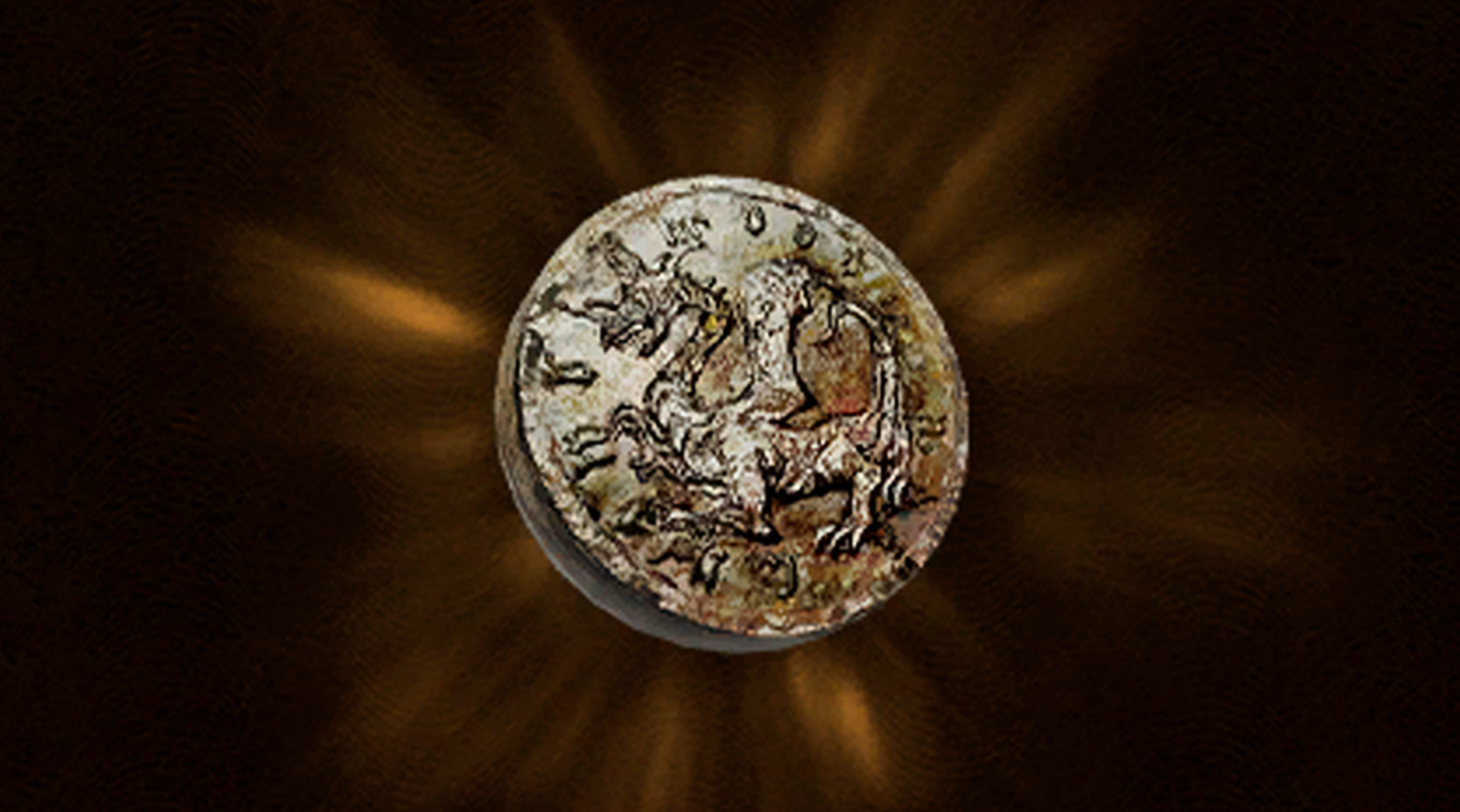
- Dragon’s Dogma 2 guides, walkthroughs, and explainers
Where to find all Seeker’s Tokens in Dragon’s Dogma 2

Passing Thru Travel
The Ultimate Guide to Exploring 10 Historic Churches 2024 – Sacred Spaces and Their Stories
Posted: February 21, 2024 | Last updated: February 21, 2024
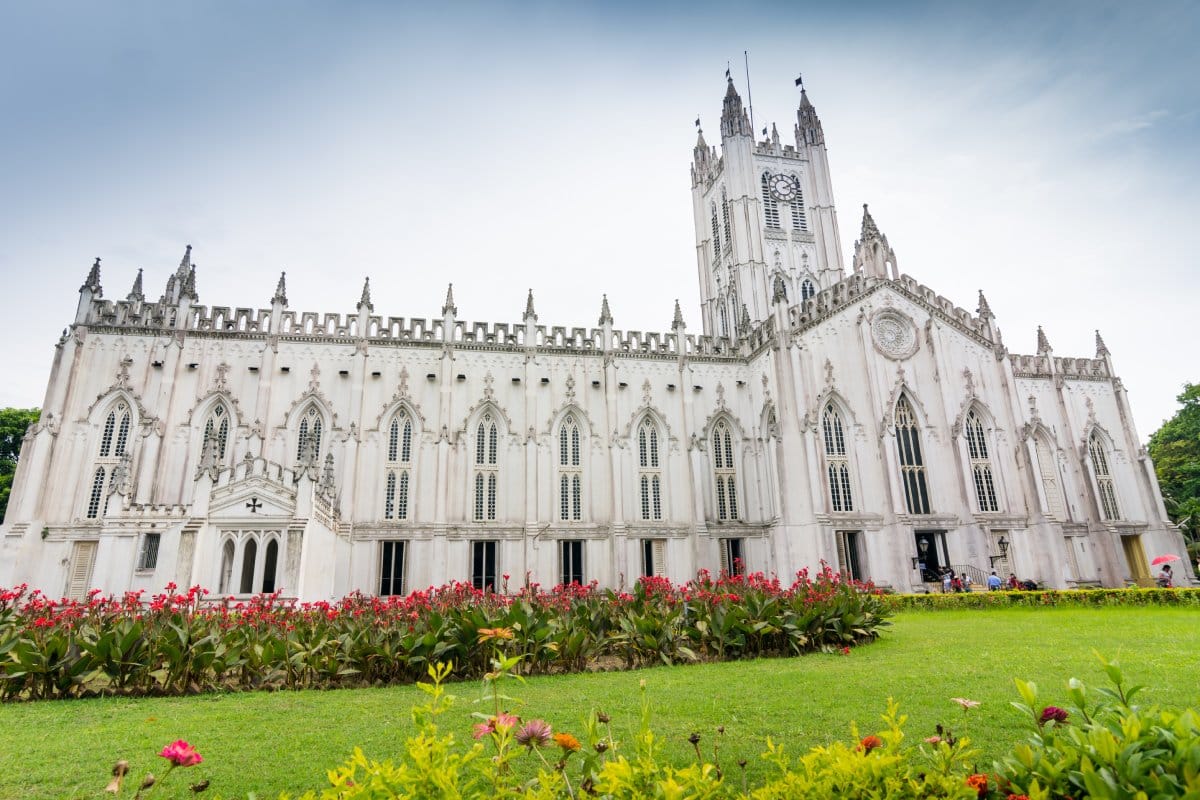
Exploring historic churches is not just a journey through religious architecture; it’s an exploration of history, art, and spirituality. These sacred spaces, ranging from grand cathedrals to intimate chapels, offer a glimpse into their times’ cultural and spiritual life. This guide will take you through 10 of the world’s most historic and awe-inspiring churches, revealing their stories and the secrets they hold.
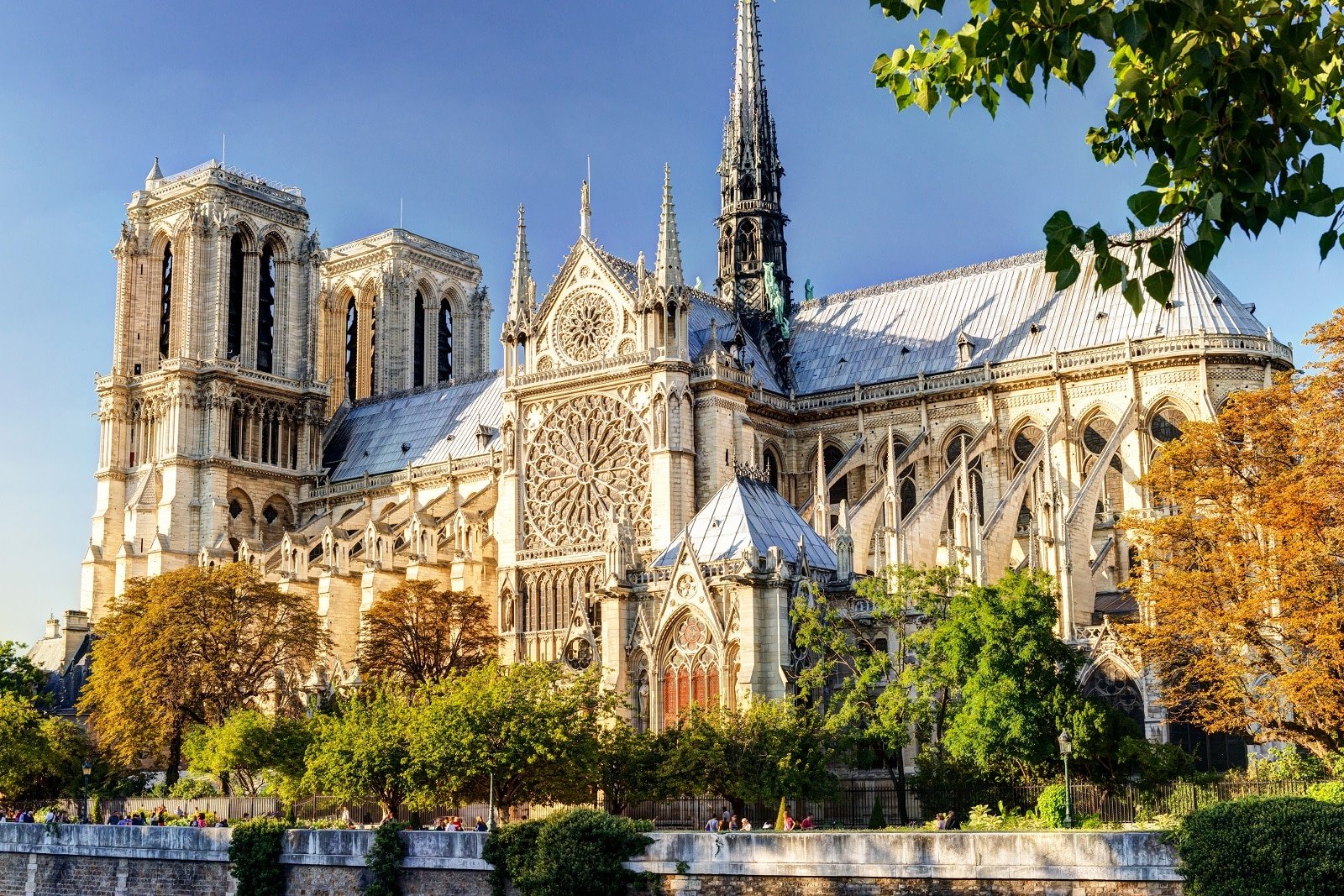
1. Notre-Dame Cathedral, Paris, France
Experience the grandeur of Gothic architecture at Notre-Dame Cathedral in Paris. Situated on the Île de la Cité, this historical marvel boasts flying buttresses, gargoyles, and remarkable rose windows. Inside, the cathedral is just as impressive, with its high vaulted ceilings and beautiful stained glass. Don’t miss the Treasury for its sacred relics and the opportunity to climb the towers, where you can enjoy a stunning view of the Seine and the Parisian skyline. Visit in the evening to catch the magnificent light show or attend an organ concert for an immersive experience.
Insider’s Tip: Attend an evening concert to experience the cathedral’s acoustics.
When To Travel: Spring or fall for fewer crowds.
How To Get There: Easily accessible via the Cité or Saint-Michel Notre-Dame metro stations.

2. St. Peter’s Basilica, Vatican City, Italy
Visit St. Peter’s Basilica in Vatican City to witness the heart of the Catholic world and a masterpiece of Renaissance architecture. Inside, you’ll find stunning works of art, including Michelangelo’s Pietà and Bernini’s Baldachin. The climb to the top of the dome offers a breathtaking panoramic view of Rome and the Vatican gardens. The scale of the basilica is awe-inspiring, from its imposing facade to the vastness of its interior. Remember to dress modestly as a sign of respect when visiting this sacred site.
Insider’s Tip: Dress conservatively as a sign of respect for this sacred site.
When To Travel: Visit in the off-season to avoid long lines.
How To Get There: Reachable by metro (Ottaviano-S. Pietro-Musei Vaticani station).
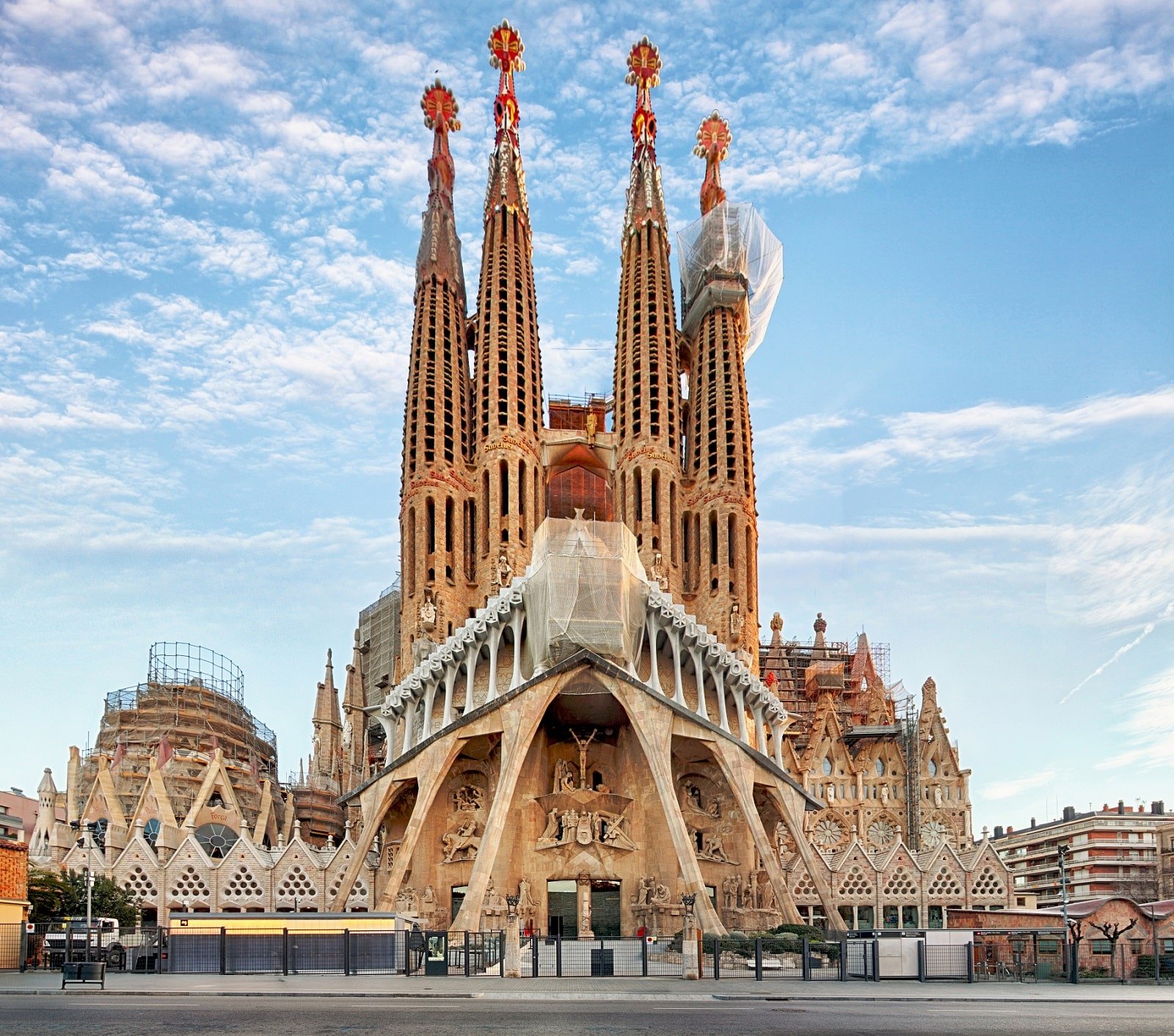
3. Sagrada Família, Barcelona, Spain
The Sagrada Família, Antoni Gaudí’s renowned unfinished masterpiece, uniquely explores architectural innovation in Barcelona. The church’s facades, each depicting different biblical themes, are a testament to Gaudí’s creative genius. The stained-glass windows create a symphony of light that illuminates the intricate columns and ceilings. Ascend the towers for a closer look at the architectural details and a panoramic view of the city. The ongoing construction, part of the church’s charm, speaks to the evolving nature of this iconic structure.
Insider’s Tip: Book tickets online in advance to skip the long queues.
When To Travel: Early spring or late fall for a more peaceful visit.
How To Get There: Accessible via the Sagrada Família metro station.
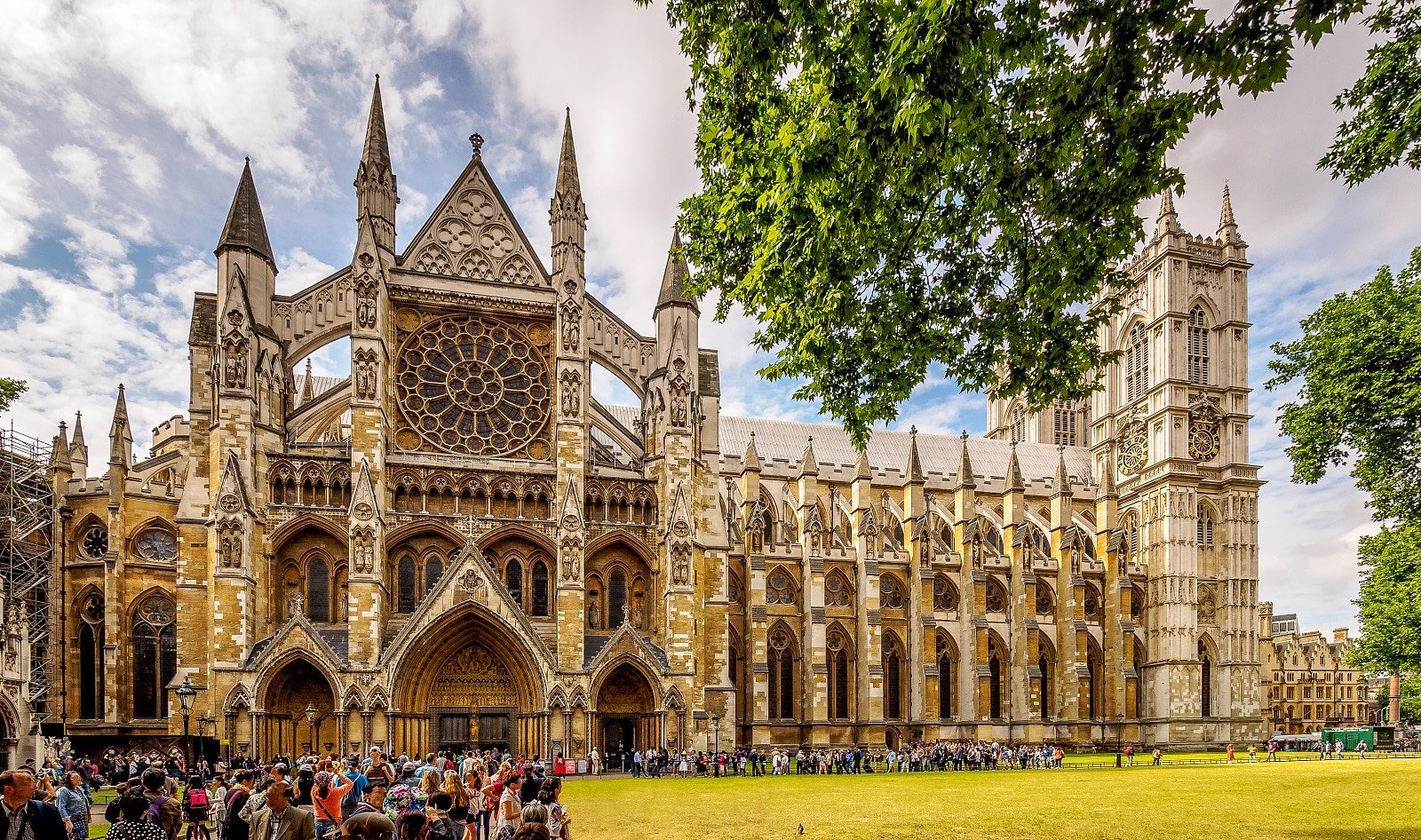
4. Westminster Abbey, London, England
Explore the rich history of England at Westminster Abbey in London. This Gothic church is a place of worship and a significant site for royal ceremonies and burials. The abbey houses tombs of monarchs, poets, and scientists, each with their own story. The Poets’ Corner is particularly noteworthy, resting place of figures like Shakespeare and Dickens. Try to attend Evensong for a traditional Anglican service accompanied by the renowned choir, a truly serene experience.
Insider’s Tip: Attend the Evensong service for a spiritual and musical experience.
When To Travel: Weekday mornings are typically less crowded.
How To Get There: A short walk from Westminster or St. James’s Park tube stations.
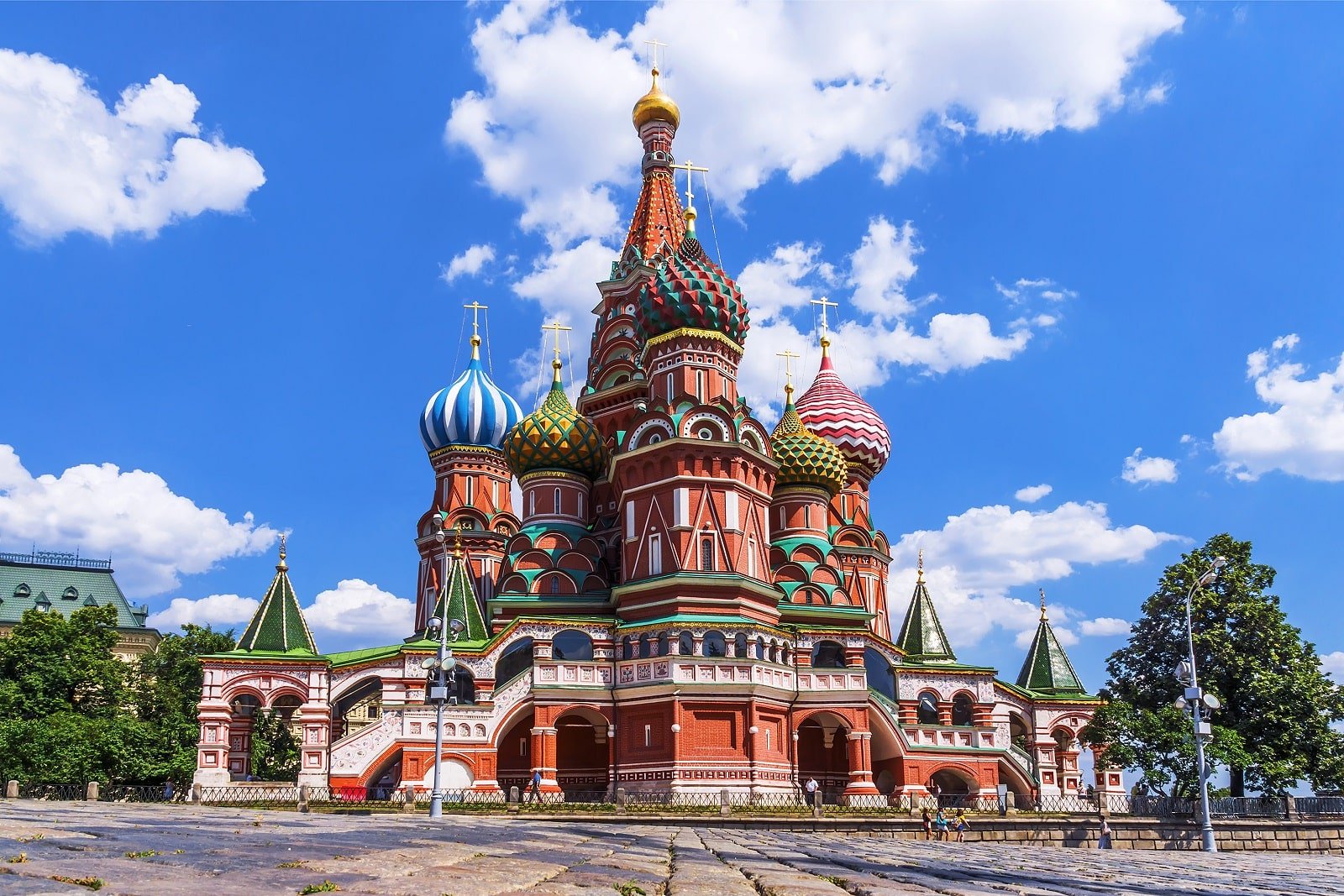
5. St. Basil’s Cathedral, Moscow, Russia
St. Basil’s Cathedral in Moscow, with its colorful, onion-domed towers, symbolizes Russia’s architectural creativity. Each dome of this iconic cathedral represents a different chapel, with vibrant frescoes and ornate altars. The interior is a maze of narrow corridors and small chapels, each uniquely decorated. Visit at night when the cathedral is illuminated to fully appreciate its beauty and the intricate details of its design.
Insider’s Tip: Visit at night when the cathedral is beautifully illuminated.
When To Travel: Late spring or early summer for pleasant weather.
How To Get There: Located in Red Square, it’s easily accessible on foot from many parts of central Moscow.

6. Chartres Cathedral, Chartres, France
Immerse yourself in the spiritual ambiance of Chartres Cathedral, a UNESCO World Heritage site known for its stunning architecture and stained-glass windows. The cathedral’s labyrinth on the floor is a highlight, offering a meditative journey for visitors. The blue Chartres stained glass, especially in the famous Rose Window, is renowned for its vibrancy and craftsmanship. The cathedral also hosts light shows illuminating its exterior, showcasing its spectacular architectural details.
Insider’s Tip: Try to visit on a sunny day when the stained glass truly comes to life.
When To Travel: Spring or early fall to avoid the tourist peak season.
How To Get There: About an hour by train from Paris.
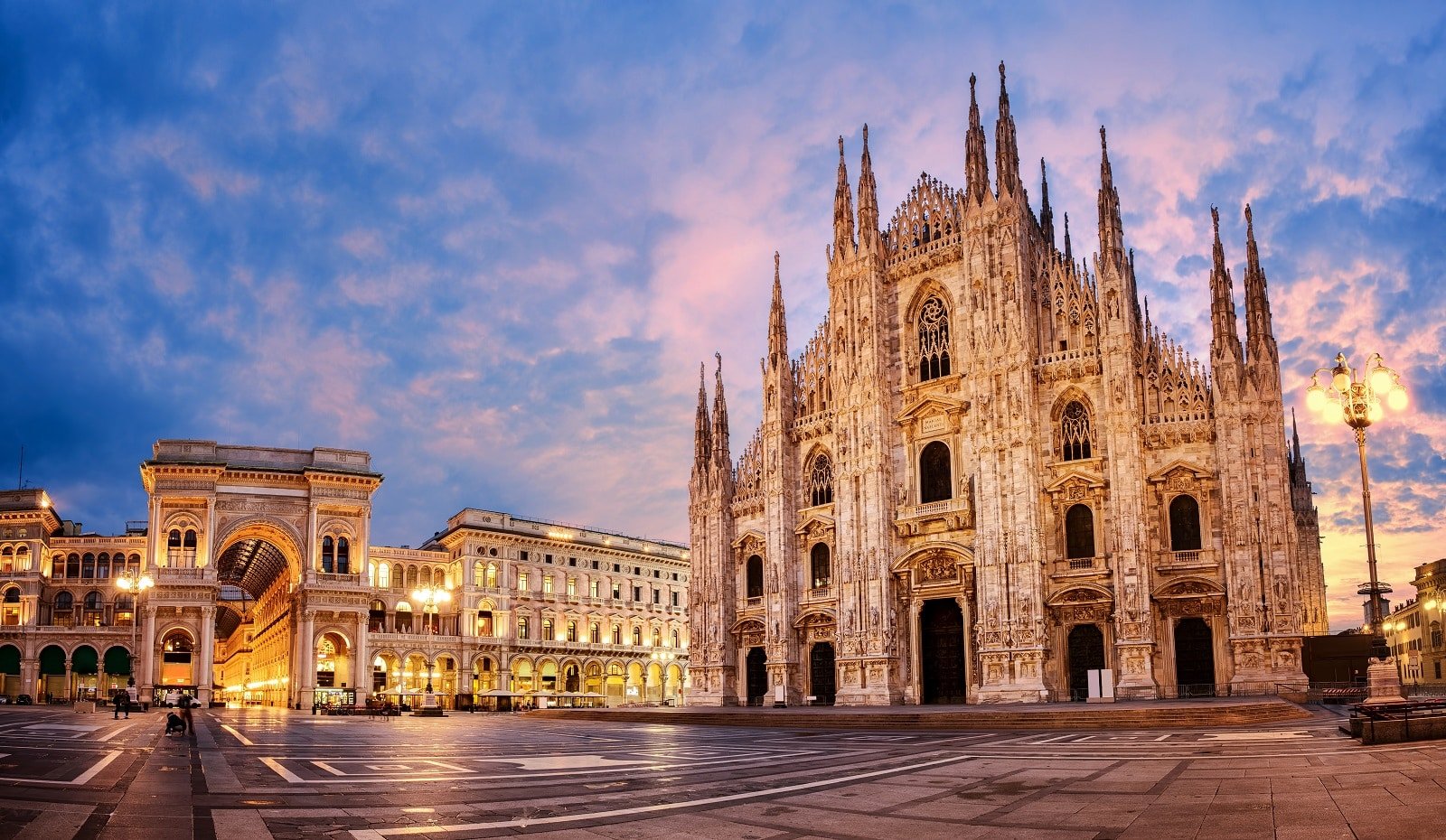
7. Duomo di Milano, Milan, Italy
Discover the Duomo di Milano, an iconic symbol of Milan and one of the largest Gothic cathedrals in the world. Its elaborate façade, adorned with numerous statues and spires, is an architectural marvel. The interior is equally impressive, with high ceilings and stained-glass windows depicting various biblical stories. Don’t miss the chance to visit the rooftop terraces, where you can walk among the spires and enjoy a unique view of Milan’s cityscape.
Insider’s Tip: The rooftop is especially impressive at sunset.
When To Travel: Visit in the shoulder season to avoid crowds.
How To Get There: It’s located in the city center and accessible by metro (Duomo station).
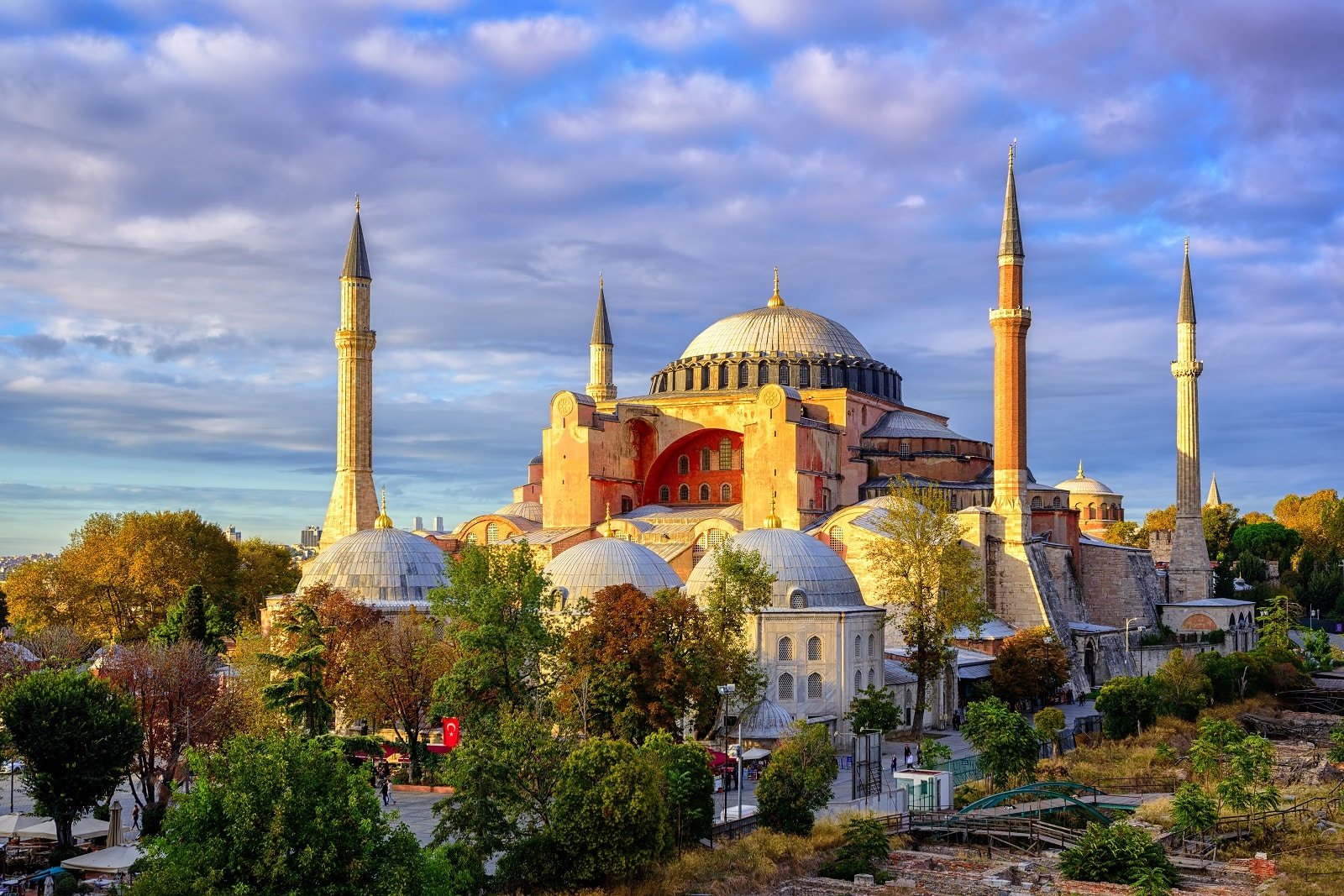
8. Hagia Sophia, Istanbul, Turkey
Explore the Hagia Sophia in Istanbul, a magnificent structure that has stood as a church, a mosque, and now a museum. This architectural marvel boasts a massive dome, stunning mosaics, and Islamic calligraphy. Its upper galleries provide a closer view of the intricate mosaics and offer a unique perspective of the interior and the sprawling city outside. The Hagia Sophia is a testament to Istanbul’s diverse religious history and architectural innovation.
Insider’s Tip: Look for the Viking graffiti on the upper gallery marble balustrades.
When To Travel: Early morning or late afternoon to avoid crowds.
How To Get There: Situated in Sultanahmet, it’s easily accessible by tram.
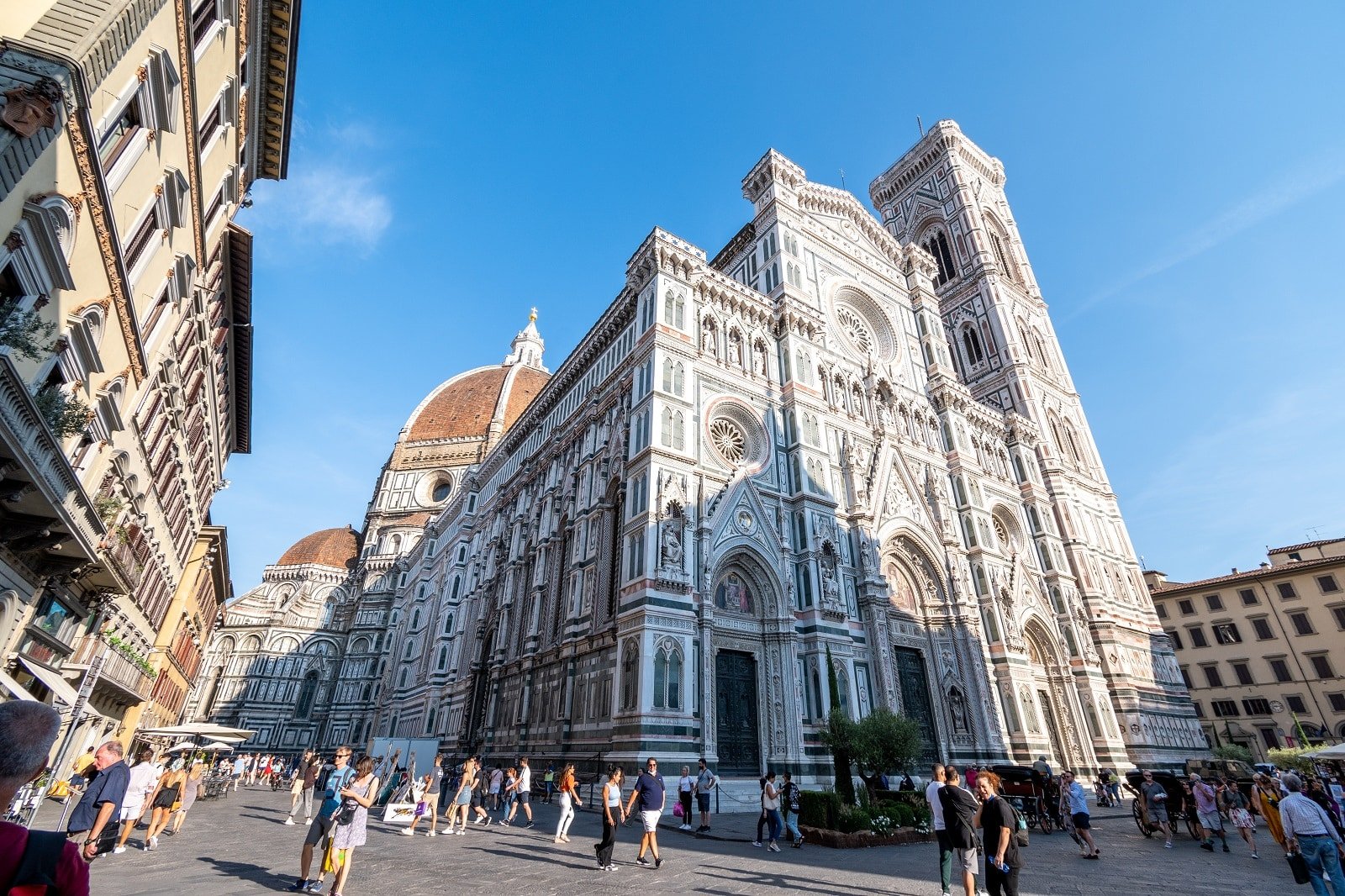
9. Florence Cathedral (Duomo), Florence, Italy
Visit the Florence Cathedral, an architectural masterpiece in the heart of the city. Known for its striking red dome designed by Brunelleschi, the cathedral stands as a testament to the ingenuity of the Renaissance. The exterior, with its intricate marble panels, is as impressive as the vast interior. Climbing the dome is a highlight, offering stunning views of Florence and a close-up look at the frescoes inside the dome.
Insider’s Tip: Visit the adjacent Baptistery to see the famous bronze doors.
When To Travel: Early spring or late fall to avoid the heavy tourist crowds.
How To Get There: Located in the heart of Florence, it’s best explored on foot.
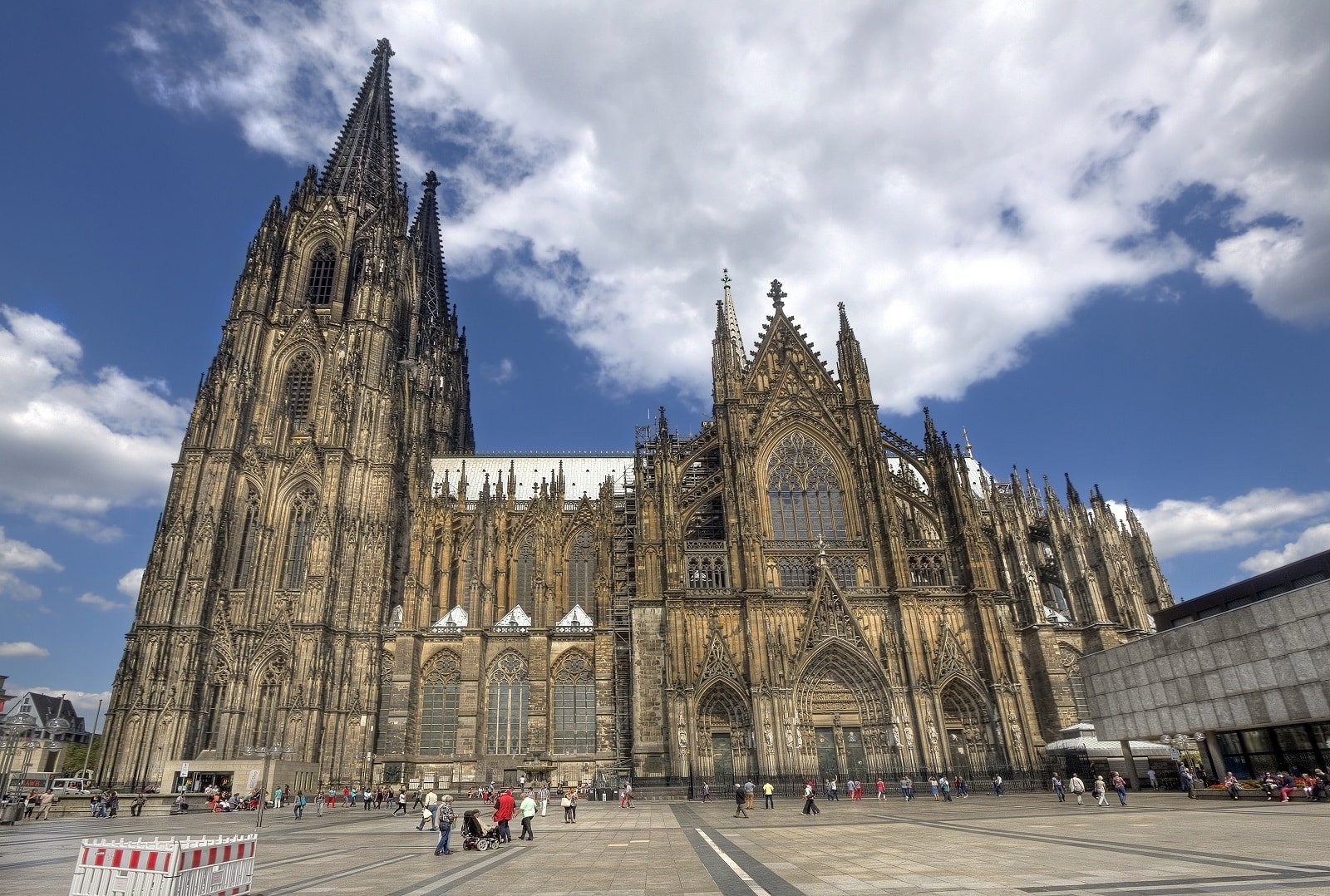
10. Cologne Cathedral, Cologne, Germany
Experience the awe-inspiring grandeur of Cologne Cathedral, a masterpiece of Gothic architecture. The cathedral’s twin spires dominate Cologne’s skyline, and its interior houses an impressive collection of art, including the Shrine of the Three Kings. The stained-glass windows, particularly the modern ones in the south transept, are notable for their intricate designs and vivid colors. Climbing the south tower rewards you with a panoramic view of Cologne and the Rhine River.
Insider’s Tip: Climb the south tower for a breathtaking view of the city and the Rhine.
When To Travel: Visit during the week to avoid weekend crowds.
How To Get There: Conveniently located near the main train station in Cologne.

The Bottom Line
Your journey through these historic churches is more than just a tour of religious sites; it explores history, culture, and art. Each church offers a unique window into the past, from the Gothic spires of Cologne to the Byzantine domes of Hagia Sophia. As you wander these sacred spaces, take a moment to appreciate the silence, the beauty, and the stories they hold. Every stone, window, and painting in these churches has a tale to tell, waiting for you to discover.
More Articles Like This…
Barcelona: Discover the Top 10 Beach Clubs
2024 Global City Travel Guide – Your Passport to the World’s Top Destination Cities
Exploring Khao Yai 2024 – A Hidden Gem of Thailand
The post The Ultimate Guide to Exploring 10 Historic Churches – Sacred Spaces and Their Stories republished on Passing Thru with permission from The Green Voyage .
Featured Image Credit: Shutterstock / Korkusung.
For transparency, this content was partly developed with AI assistance and carefully curated by an experienced editor to be informative and ensure accuracy.
More for You
Scientists discover highly toxic material in human urine: 'Raises important new questions'
Vatican opposes anti-LGBTQ legislation, top cardinal says
"They not coming to west Baltimore, to come get you" - Carmelo Anthony explains why he never thought he would make it to the NBA
Experts Say These Are The 5 Worst Foods For Your Cholesterol
20 of the most unique voices in all of music
17 Jobs That Pay $25 an Hour to Work From Home
9 Reasons Not to Use Miracle-Gro Soil In Your Garden
Star Trek's Newest Movie Isn't Shy About Its Mission: Impossible Influence
New York Yankees' Rules Appear to Be Getting to Alex Verdugo
What Happens to Your Body When You Eat Blueberries Every Day
Barnes shares Kevin Garnett wanted to play for the Lakers, but Kobe didn't approve of it: "He wanted to do his thing without Shaq"
Music artists who walked away at the top of their game
These are the 10 worst U.S. states to live in for your mental health, according to a new study
Mistakes Everyone Makes When Trying To Get Rid Of Snakes In Their Yard
Supreme Court Divides Gavin Newsom And Progressives
Travis Kelce and Patrick Mahomes Are Opening Up a New Restaurant
How to Tell If an Avocado Is Ripe
Paramount Wins ‘Top Gun' Copyright Lawsuit
24 Old Vinyl Records That Can Be Worth a Lot Today
Former pro basketball player Jimmer Fredette calls Caitlin Clark a 'threat'
Site search
- Secret Base
- DraftKings Sportsbook
- DraftKings Daily Fantasy Sports
- DraftKings Network
- Fantasy Football
- Arizona Cardinals
- Atlanta Falcons
- Baltimore Ravens
- Buffalo Bills
- Carolina Panthers
- Chicago Bears
- Cincinnati Bengals
- Cleveland Browns
- Dallas Cowboys
- Denver Broncos
- Detroit Lions
- Green Bay Packers
- Houston Texans
- Indianapolis Colts
- Jacksonville Jaguars
- Kansas City Chiefs
- Las Vegas Raiders
- Los Angeles Rams
- Miami Dolphins
- Minnesota Vikings
- New England Patriots
- New Orleans Saints
- New York Giants
- New York Jets
- Philadelphia Eagles
- Pittsburgh Steelers
- Los Angeles Chargers
- San Francisco 49ers
- Seattle Seahawks
- Tampa Bay Buccaneers
- Tennessee Titans
- Washington Commanders
- Atlanta Hawks
- Boston Celtics
- Brooklyn Nets
- Cleveland Cavaliers
- Dallas Mavericks
- Detroit Pistons
- Golden State Warriors
- Houston Rockets
- Los Angeles Lakers
- Milwaukee Bucks
- Minnesota Timberwolves
- New York Knicks
- Philadelphia 76ers
- Phoenix Suns
- Portland Trail Blazers
- San Antonio Spurs
- Sonics Rising
- Toronto Raptors
- Washington Wizards
- G-League and International
- Bracketology
- Women’s CBB
- Cinderella Stories
- View team list
- Swish Appeal
- Los Angeles Sparks
- Minnesota Lynx
- New York Liberty
- Washington Mystics
- Arizona Diamondbacks
- Atlanta Braves
- Baltimore Orioles
- Boston Red Sox
- Chicago Cubs
- Chicago White Sox
- Cincinnati Reds
- Cleveland Guardians
- Colorado Rockies
- Detroit Tigers
- Houston Astros
- Kansas City Royals
- Los Angeles Angels
- Los Angeles Dodgers
- Miami Marlins
- Milwaukee Brewers
- Minnesota Twins
- New York Mets
- New York Yankees
- Oakland Athletics
- Philadelphia Phillies
- Pittsburgh Pirates
- San Diego Padres
- San Francisco Giants
- Seattle Mariners
- St. Louis Cardinals
- Tampa Bay Rays
- Texas Rangers
- Toronto Blue Jays
- Washington Nationals
- MLB Trade Rumors
- Sabermetrics
- English Premier League
- Aston Villa
- Manchester City
- Tottenham Hotspur
- Leicester City
- Southampton
- Manchester United
- Leeds United
- German Bundesliga
- Bayern Munich
- Italian Serie A
- Inter Milan
- Spanish La Liga
- Atletico Madrid
- Real Madrid
- Women’s Soccer
- Mexican Soccer
- U.S. Soccer
- Fantasy Soccer
- MMA Fighting
- MMA Fighters
- MMA Fight Schedule
Filed under:
- Point Forward
- NBA Culture Off The Court
Andre Iguodala and Evan Turner’s guide to international travel on ‘Point Forward’
From hilarious travel stories to hard-hitting geopolitics, NBA players have dealt with it all on the road overseas.
Share this story
- Share this on Facebook
- Share this on Twitter
- Share this on Reddit
- Share All sharing options
Share All sharing options for: Andre Iguodala and Evan Turner’s guide to international travel on ‘Point Forward’
Evan Turner’s first big trip internationally came after his rookie season with the 76ers. It wasn’t a huge trip in miles, but it was a massive first step. Turner treated his entire family, everyone, on a trip to the Dominican Republic — and one moment that’s lodged in his mind was hearing his 98-year-old great grandmother see a freshwater canal, saying it was the most beautiful thing she’d seen in her life. A life that had spanned 98 years.
This was really the start of a love of international travel for Turner. Something that he continues to this day. Traveling to Milan and Madrid with the Celtics madeh im realize that the distance between the East Coast and Europe was the same as a trip out to L.A., and from that moment on he made it his mission to get to Europe every single year to experience the culture and way of life outside of the United States.
It’s something Andre Iguodala regrets not taking advantage of sooner, though Iggy is now learning to branch out more with the help of his Point Forward cohost, with Turner and Iguodala going to Italy together.
Iguodala is only five years older than Turner, but he sees a generational difference between the old timers of the NBA and the younger generation when it comes to travel. Iggy quipped about his first trip to Europe, and the amount of complaining NBA players did about things that weren’t the same as the United States.
The 2010 FIBA World Championships was a turning point on travel for Iguodala. The tournament was held in Istanbul, Turkey — and it absolutely blew him away. He know calls the country “one of his favorite on earth.” Of course, he also mentioned casually that Danny Granger’s dad was the victim of an attempted kidnapping for ransom, but that the criminals were too small to pull it off.
A similarly Turner has a weird story about playing in the World University Games as a sophomore, and during a layover in Germany a random man walked up to the team yelling “AMERICANS!” before saying “Michael Jackson just died,” and walking away.
Aside from the funny moments there are some genuinely tough things about traveling overseas as a notable American, particularly in complex geopolitical environments. Turner notes that he played in Belgrade, Serbia just 10 years after the Yugoslav Wars, and was routinely asked by citizens why they were bombed by the United States, to which he didn’t really have a response.
All of these moments, the heartfelt, the surreal, and even the challenging are part of the tapestry of traveling overseas. Everything is about experiencing the unknown, and growing from it. Both Iguodala and Turner agree that without basketball they never would have experienced the world the way they did — and now they appreciate it so much more than they thought possible.
Loading comments...
Sign up for the newsletter sign up for the sb nation daily roundup newsletter, thanks for signing up.
Check your inbox for a welcome email.
Oops. Something went wrong. Please enter a valid email and try again.

IMAGES
VIDEO
COMMENTS
Day 10: Regensburg. Today is your final day in the beautiful Bavaria area, but we actually have one of my favorite Bavaria Germany cities to visit still to see. Today, on your way back to Munich, from Nuremberg, we are going to do a quick day trip and pit stop in a truly underrated city, Regensburg!
Bavaria's official travel magazine for visitors and fans More than 120 stories Over 90 Best-of- lists 80 Insider stories Things to do What to see ... shops and restaurants and guide you through nature? Want to find out what reports there are on the Bavarian regions and cities? Our Bavaria map shows it all. To the map Bavaria in 100 Seconds.
Bavaria. Germany, Europe. From the cloud-shredding Alps to the fertile Danube plain, the Free State of Bavaria is a place that keeps its clichéd promises. Story-book castles bequeathed by an oddball king poke through dark forest, cowbells tinkle in flower-filled meadows, the thwack of palm on Lederhosen accompanies the clump of frothy stein on ...
If you will be traveling around Bavaria for the day, the Bayern Ticket may be the way to go. This is a day ticket that lets you travel anywhere in the region with unlimited trips for 24 hours, with single and group ticket options available. To view all of your ticket choices and plan your trips, download the DB Navigator app from Deutsche Bahn ...
Upper Bavaria borders Franconia and eastern Bavaria in the north. In the south, the region culminates in Germany's highest mountains, the Watzmann near Berchtesgaden and the Zugspitze above Garmisch-Partenkirchen. The foothills of the Alps are dotted with lakes including Lake Ammersee, Lake Starnberg, the Tegernsee and Lake Chiemsee.
Bavaria and the Alps are a popular destination to visit year-round. The best time of year to visit depends on what you're looking for. For the best weather: If you're looking for lots of daylight, sunny skies, and hot weather, summer is the best season. The summer months are, however, a popular time to travel to this area, so expect crowds ...
Our tours are frequently centered around festivals like the Munich Oktoberfest, Starkbierfest, or Frühlingsfest. But, winter is a great time to visit Bavaria's famous Christmas Markets - the Christkindlmarkt. No matter when you choose to go, BayernTrips puts together the package and will ensure you experience the depth of Bavarian culture.
Find the best places to visit with our list of the top attractions and things to do in Bavaria. 1. Neuschwanstein. 2. Watch the Glockenspiel in Marienplatz, Munich. 3. Explore Zugspitze and the Bavarian Alps. 4. Nymphenburg and the Residenz, Munich's Royal Palaces.
Bavaria (German: Bayern) is the largest federal state ( Bundesland) of Germany, situated in the south-east of the country. It extends from the middle German hills down into the Alps. Bavarian folk culture has shaped many non-Germans' view of Germany, though ironically, much of Bavaria has more in common culturally with its southern neighbours ...
This comprehensive Bayern (Bavaria) travel guide covers the southern state of Germany, known for its stunning landscapes, rich cultural heritage, and traditional Bavarian charm. Explore the historic city of Munich with its beautiful architecture, world-class museums, and famous Oktoberfest. Discover the fairytale Neuschwanstein Castle, nestled in the picturesque Bavarian Alps.…
Bavaria is the Texas of Germany: a relatively huge chunk of the country (Germany's largest Bundesland), with an independent streak and unique history, not to mention still-vibrant rural traditions that seem to epitomize, at least to outsiders, the national character. The romantic American image of Germany — lederhosen-clad lads and busty Mädchens swilling beer and pretzels before an alpine ...
Plan a wonderful trip with our Bavaria travel guide. The most comprehensive tourist guide for Bavaria, Germany with advice on things to do and see, places to visit and more. ... Even today, it is proud to be not just a run-of-the-mill Land, but Freistaat Bayern (the Free State of Bavaria), with a right royal capital, Munich.
Bavaria is easily one of the most magical regions in the world! Enjoy this 4K travel guide across Germany's state of Bavaria. From fairy tale castles, to th...
That is the beauty of Lake Königssee in Berchtesgaden and this travel guide will tell you exactly how to have the best time here! How to get to Lake Königssee. Lake Königssee is located in Berchtesgaden which is in the Southeast of Germany in Bavaria. The closest airports are Salzburg airport (25km) and Munich airport (185km).
Getting to and around Bavaria. In all regions of Bavaria, you can get to a number of cities and towns, sights and excursion destinations comfortably and at attractive prices by train. Here you will find information on connections, tickets and regional offers, as well as links to the current Covid19-regulations.
A far cheaper option however is the Lufthansa Express bus (€10.50 one way, €17 roundtrip), which is comfier than the train, and actually in some cases, cheaper too… but my preferred option (as it's the most reliable, and can't get stuck in traffic) is the train, AKA the S-Bahn. Both the S1 and S8 (€11.60 one-way) take you from the ...
Bayern Ticket Nacht (Night) Cost: 23 euros for 1st passenger, 5 euros additional up to 5 total passengers. Sunday to Thursday: Valid from 6pm to 6am the following day. Friday, Saturdays and public holidays: Valid from 6pm to 7am the next day. As you can see, the Bayern Ticket Nacht is a little cheaper than the regular Bayern Ticket.
Bayern-Ticket: The ultimate solution for traveling cheap in Bavaria, Germany: regional trains across Bavaria will save you a lot of money. BAYERN TICKET TRAVEL GUIDE: What is a BayernTicket When Can You Use the BayernTicket What is the Price of the BayernTicket Where is the BayernTicket Valid How to Search for Trains with BayernTicket How to ...
Bavaria-Tyrol Itinerary Summary. Day 1: Arrive in Munich, Drive to Garmisch-Partenkirchen. Day 2: Höllentalklamm Gorge and Lake Eibsee. Day 3: Linderhof Palace, Oberammergau, and Neuschwanstein Castle. Day 4: Lake Drachensee and Ehrwald. Day 5: Aqua Dome Thermal Spa, Innsbruck, and Mayrhofen.
Hiking to the top of Herzogstand is an incredibly beautiful experience. From there, you can see two breathtaking lakes: Walchensee & Kochelsee.
Our tip: the exclusive travel package with Munich Card and Tower Ascent. Book now. 3 days from 218 € for 2 pers. Munich Card & City Pass. Discover Munich in a relaxed and uncomplicated way: discounts for the diverse range of art, culture and leisure activities with our guest cards. Book now from 8,90 Euro.
Tickets, FAQ and activities: All the info you need for your visit to the Zugspitze, Mount Wank or the Garmisch-Classic area. Find out more now!
Target Field is good — really good, when the weather cooperates. When the weather does not cooperate, you will long for the comforts of a dome. Going to a game at Target Field should not work ...
A total solar eclipse occurs when the moon passes between Earth and the sun, completely blocking the sun's face. Those within the path of totality will see a total solar eclipse. People outside ...
The Bayern boss, who managed Chelsea between 2021 and 2022, returns to London to face the Premier League leaders on Tuesday. Tuchel's side trail Bundesliga table-toppers Bayer Leverkusen by 16 ...
Bayern Munich crumbled to lose from two goals up at Heidenheim and all but hand Bayer Leverkusen the Bundesliga title. Harry Kane's 32nd league goal of the season and Serge Gnabry's header put ...
Dragon's Dogma 2 is about the journey, not the destination. It's about exploring routes you've never taken before, camping in the wilderness, and having an unexpected run in with a Minotaur ...
2024 Global City Travel Guide - Your Passport to the World's Top Destination Cities. Exploring Khao Yai 2024 - A Hidden Gem of Thailand.
Watch on. Iguodala is only five years older than Turner, but he sees a generational difference between the old timers of the NBA and the younger generation when it comes to travel. Iggy quipped ...
If your pet is traveling through (transiting) a country in the European Union (EU) on the way to a third, non-EU country, you will also need a transit health certificate for your pet for the EU. The transit health certificate will be the same as if your pet's final destination was the EU country. Use the information and steps above under ...